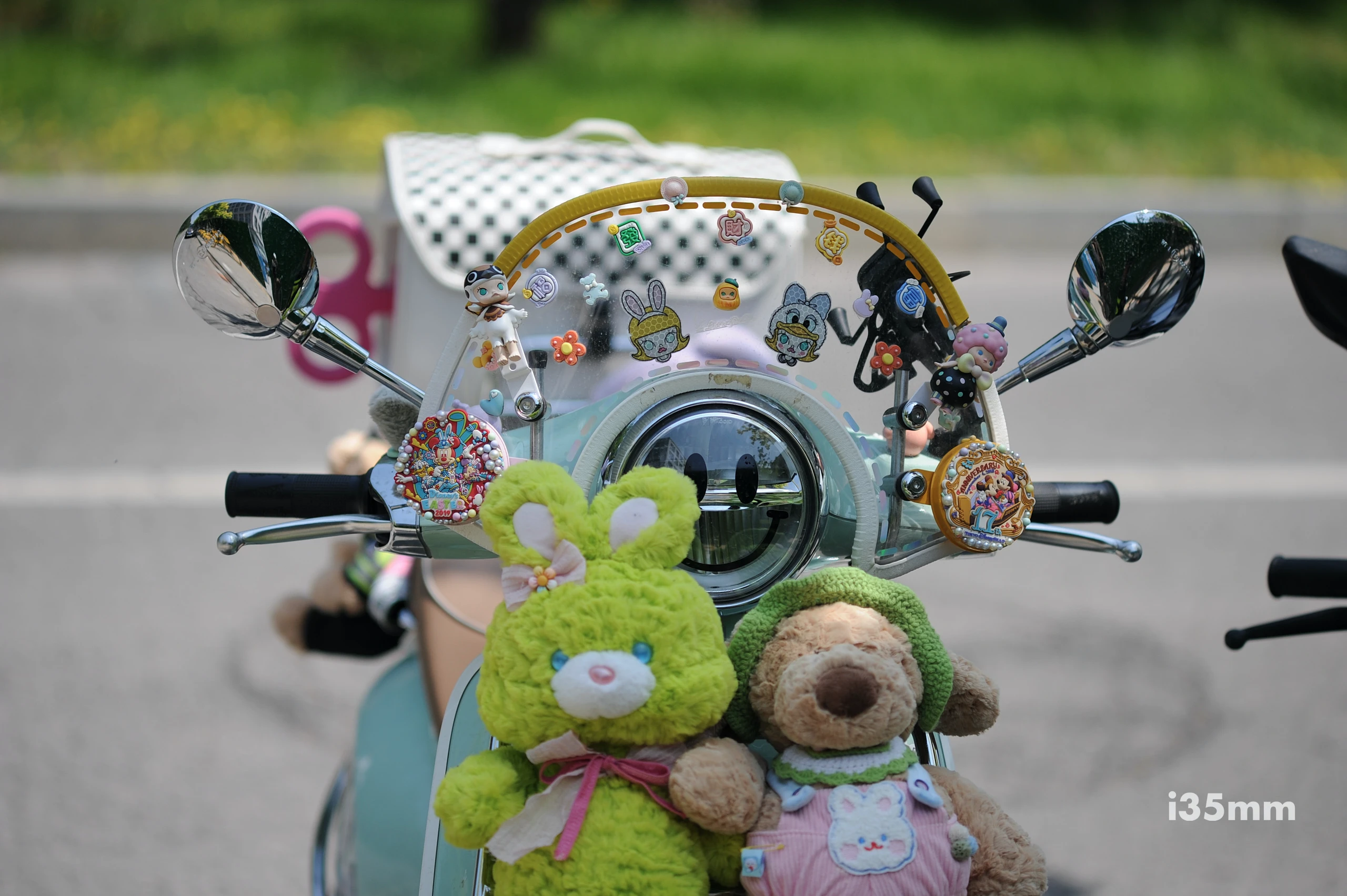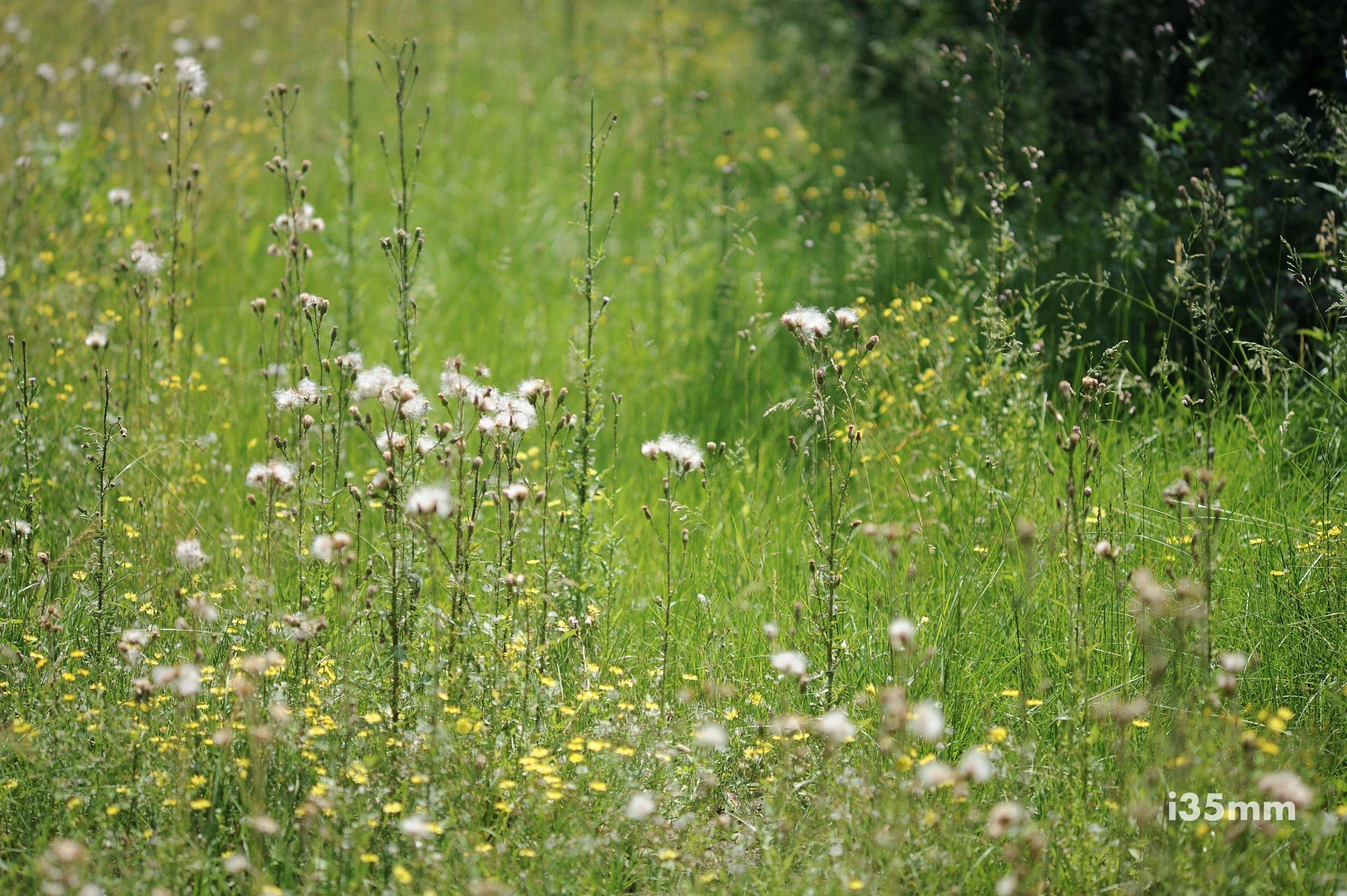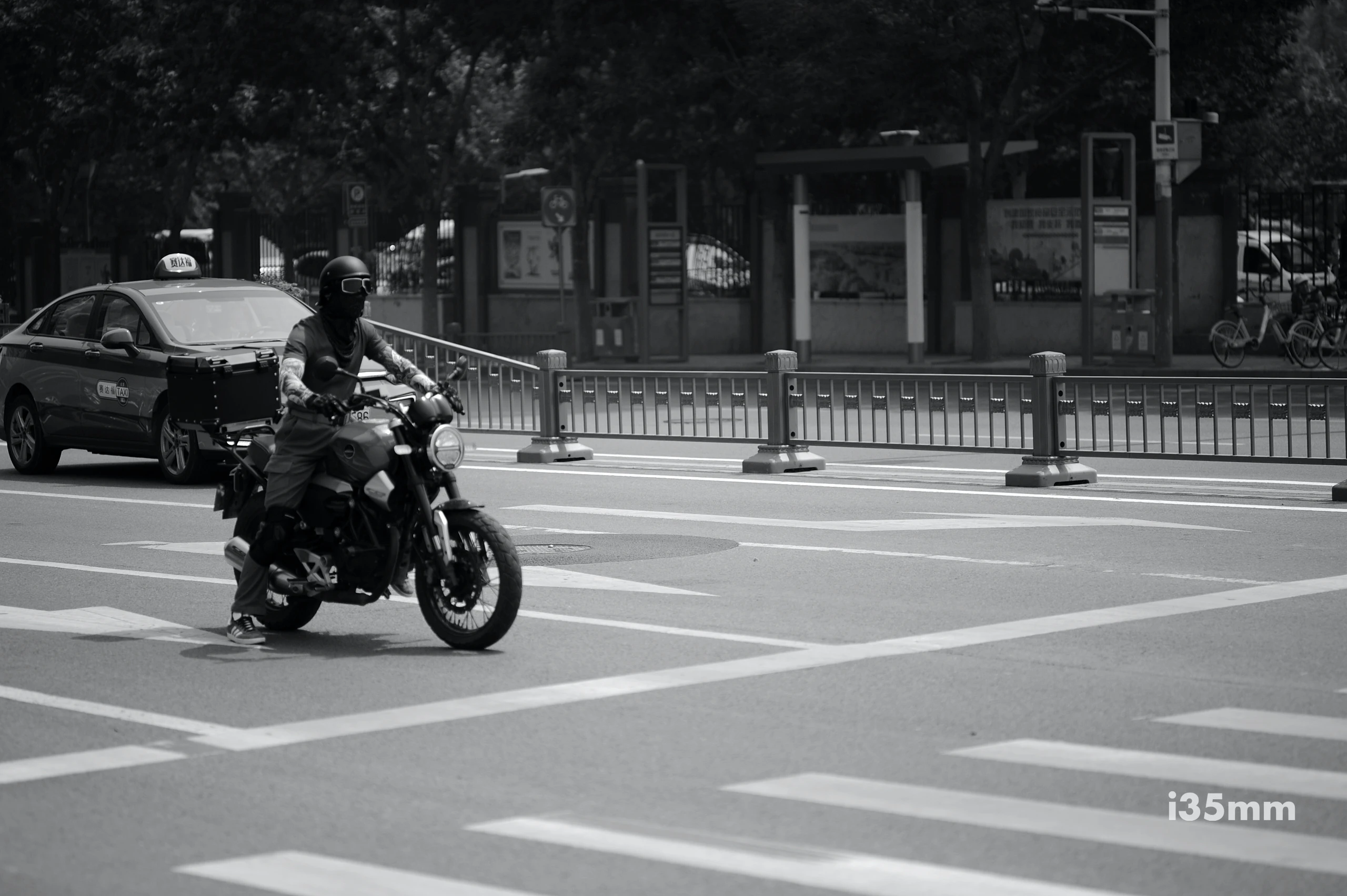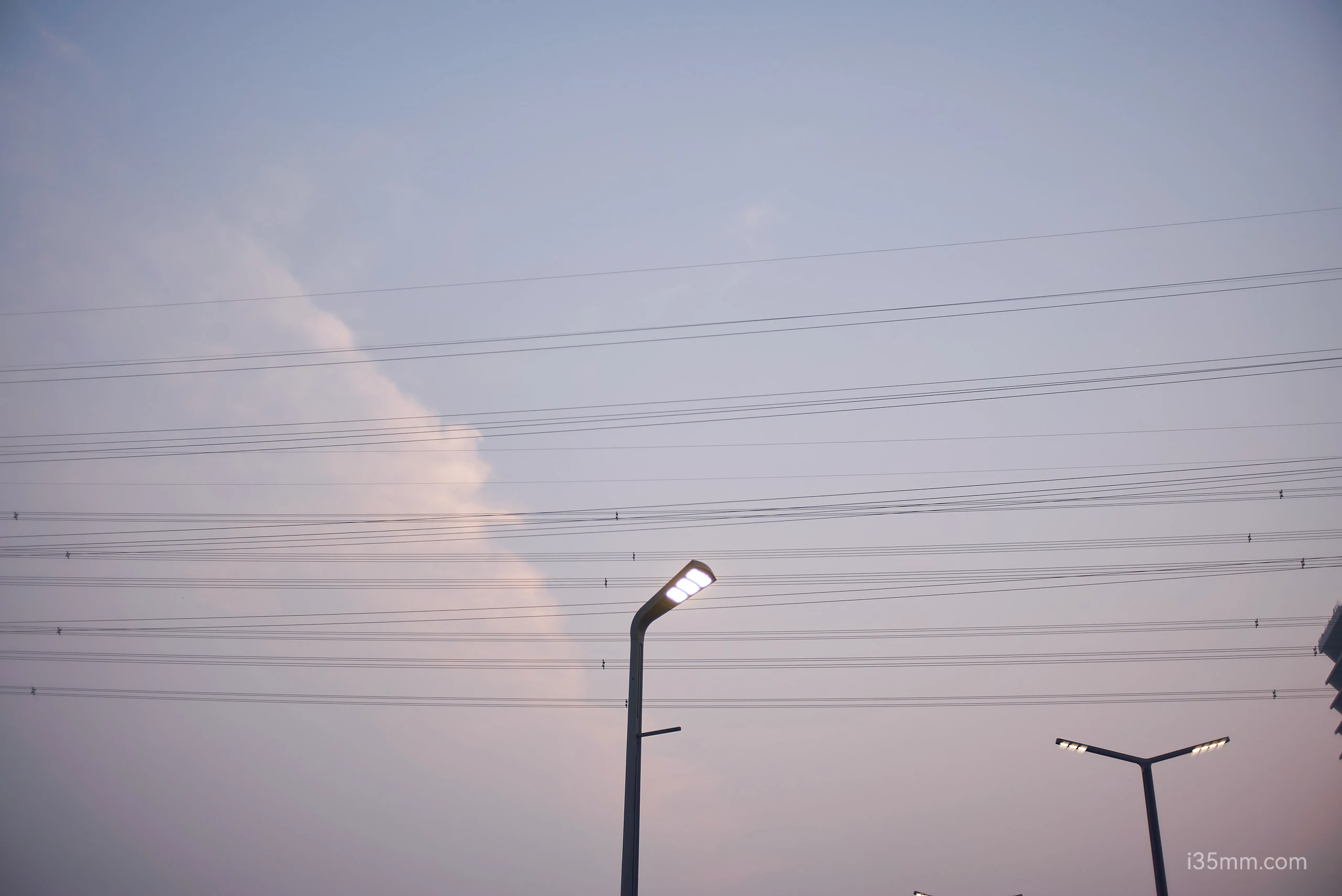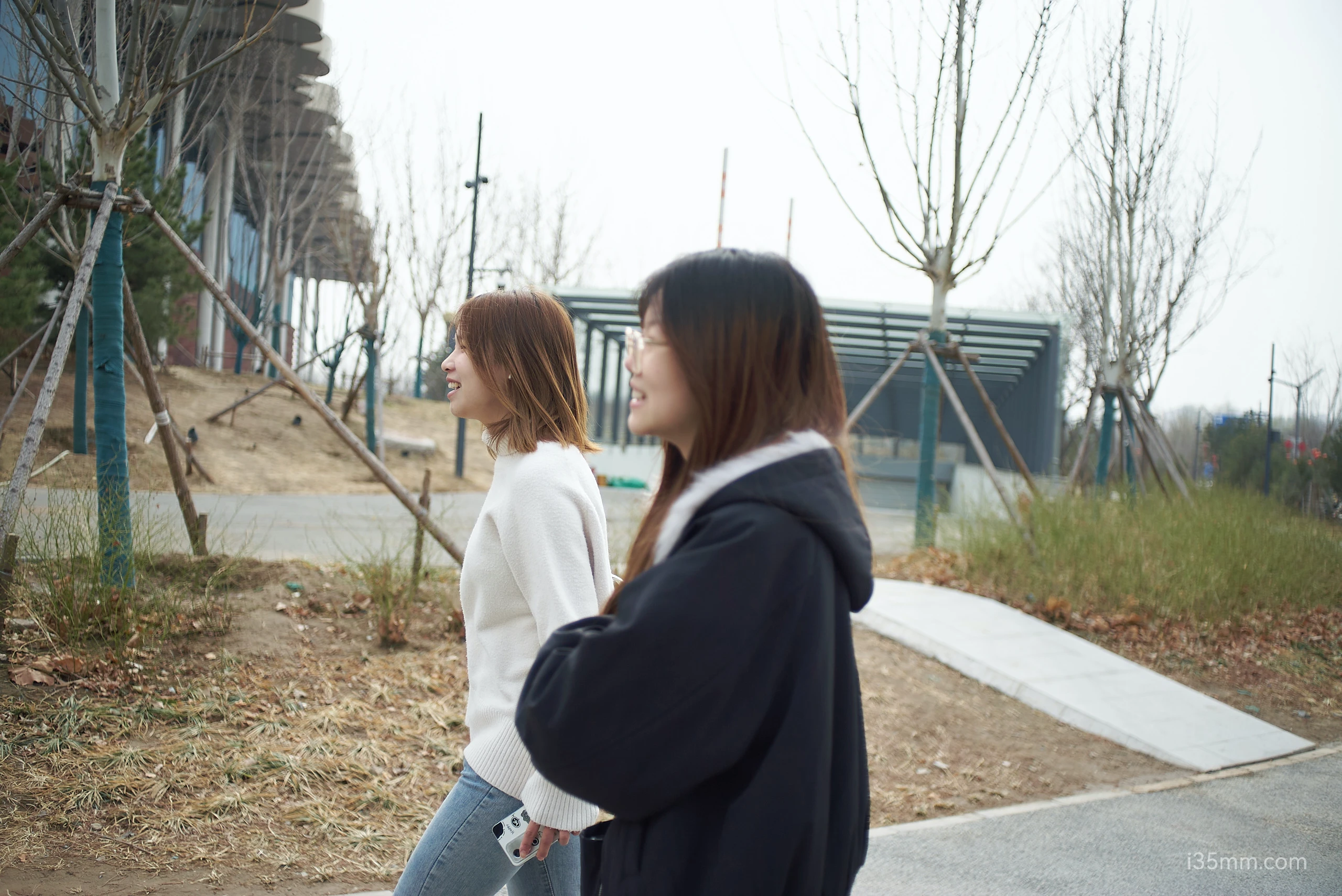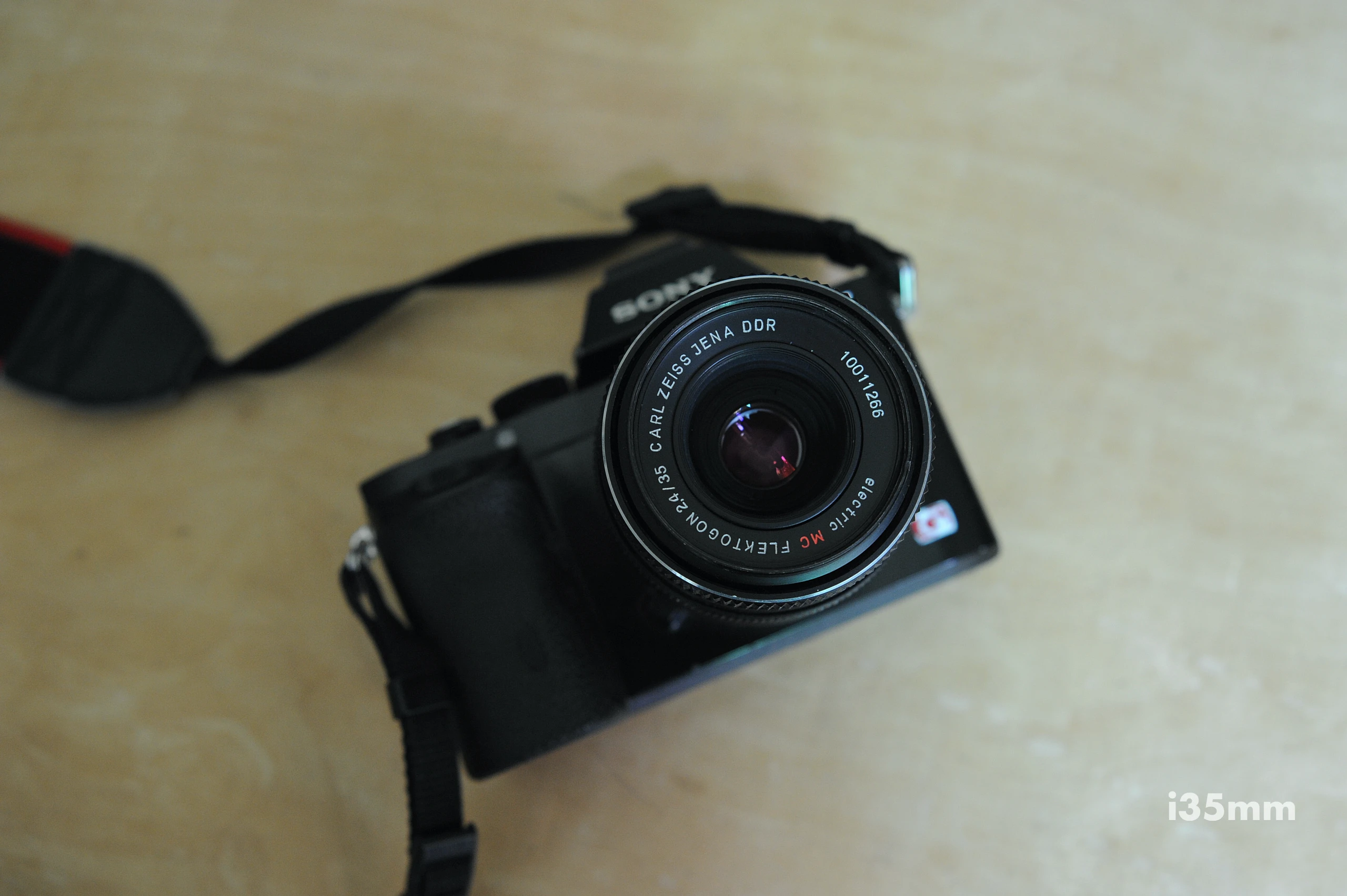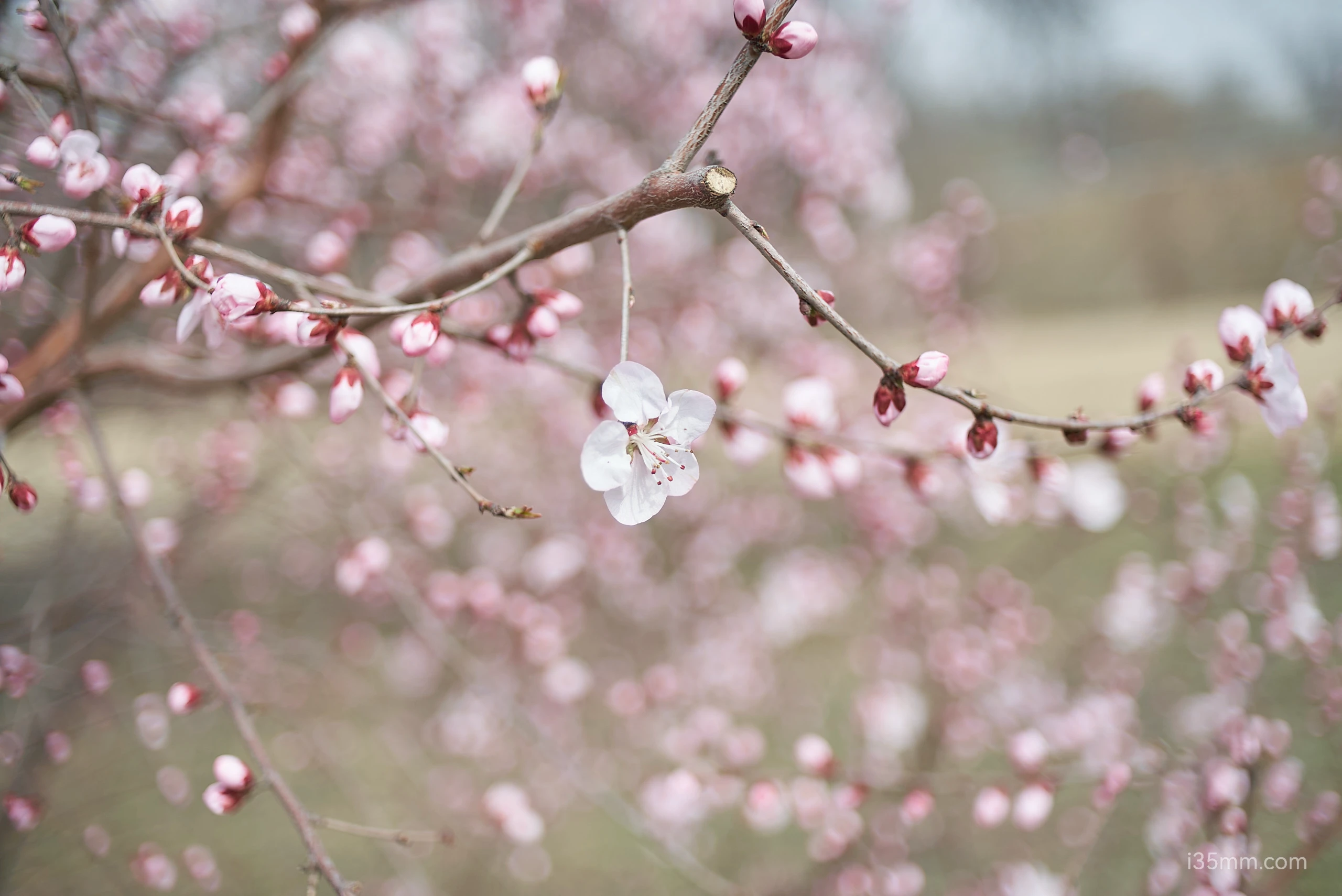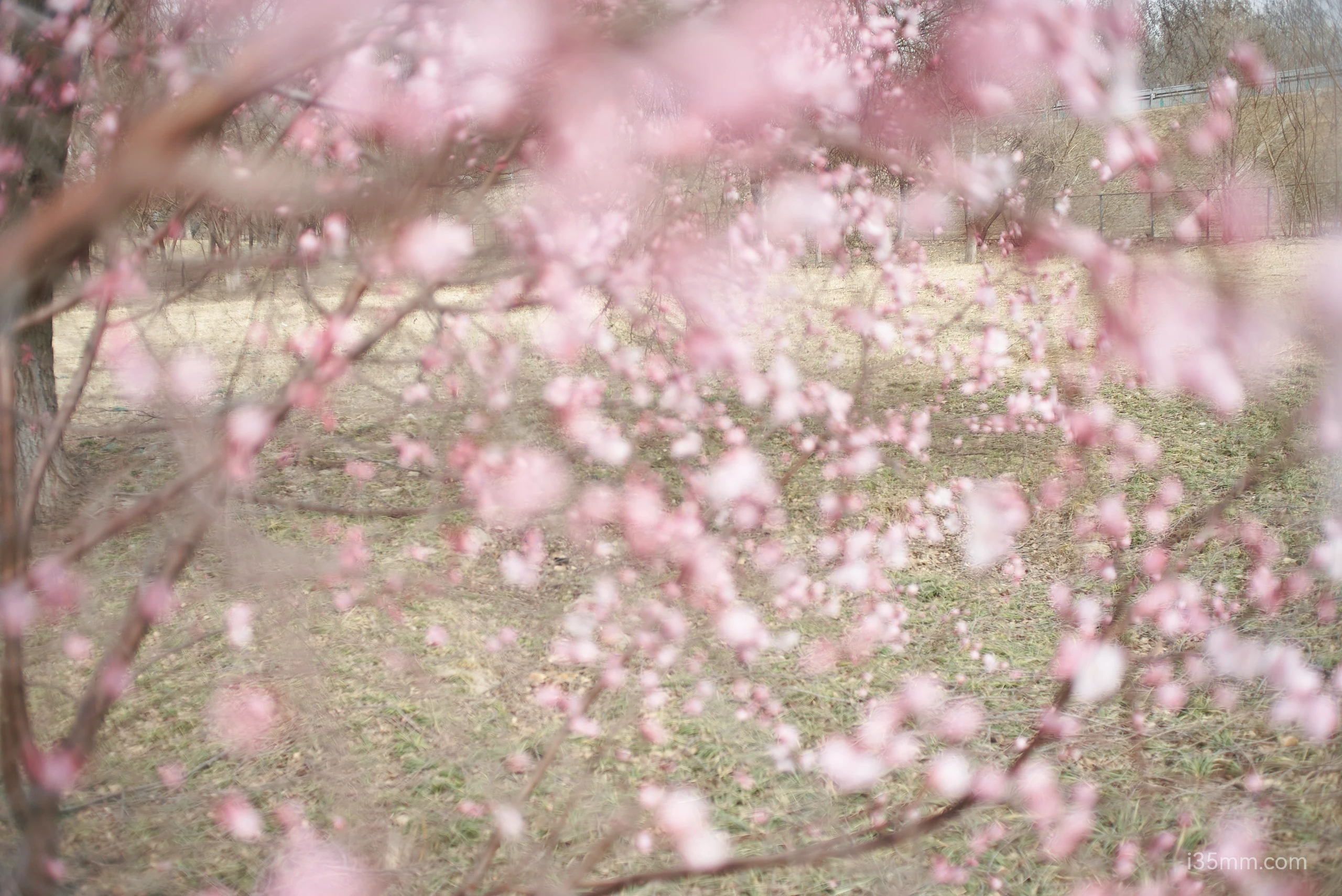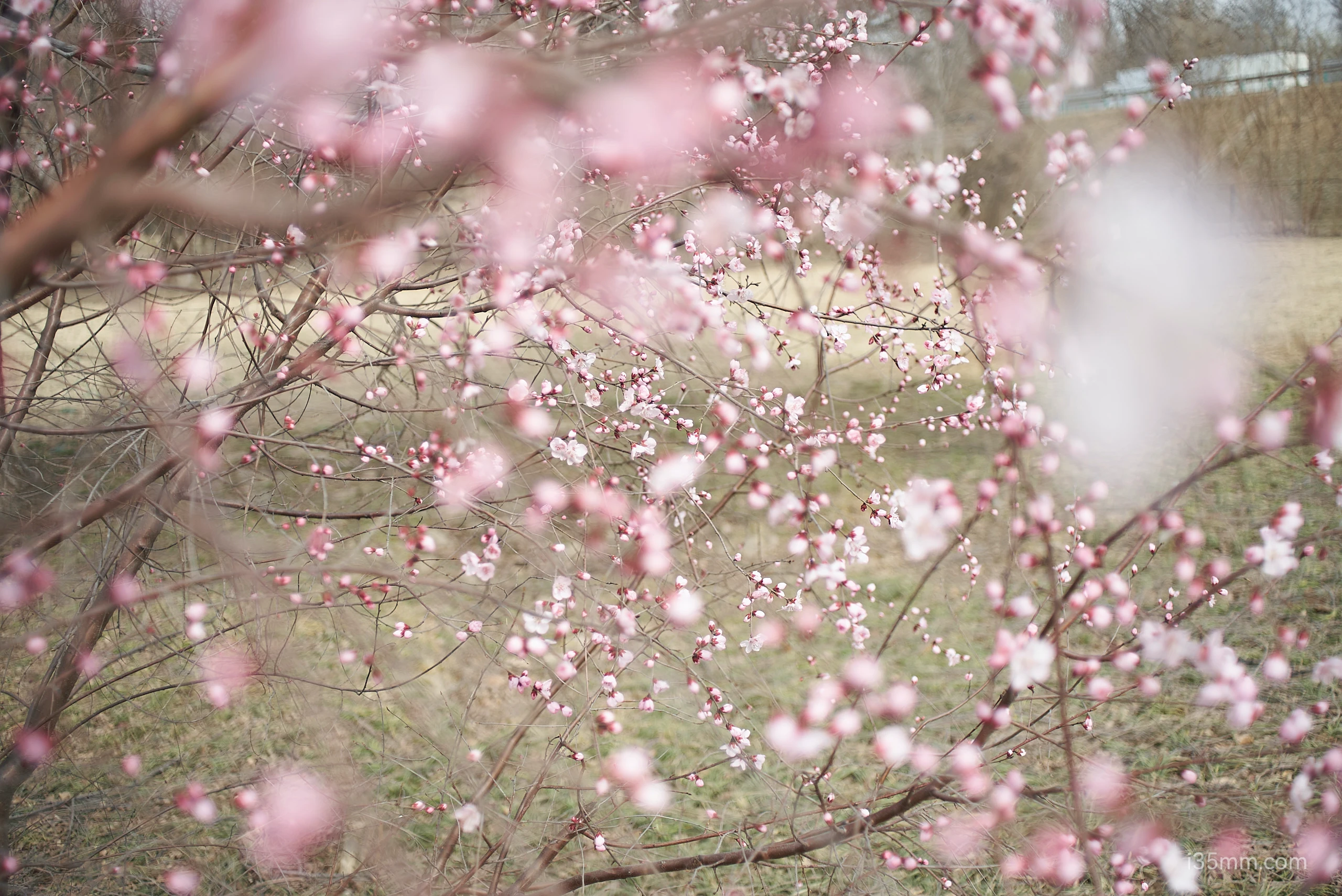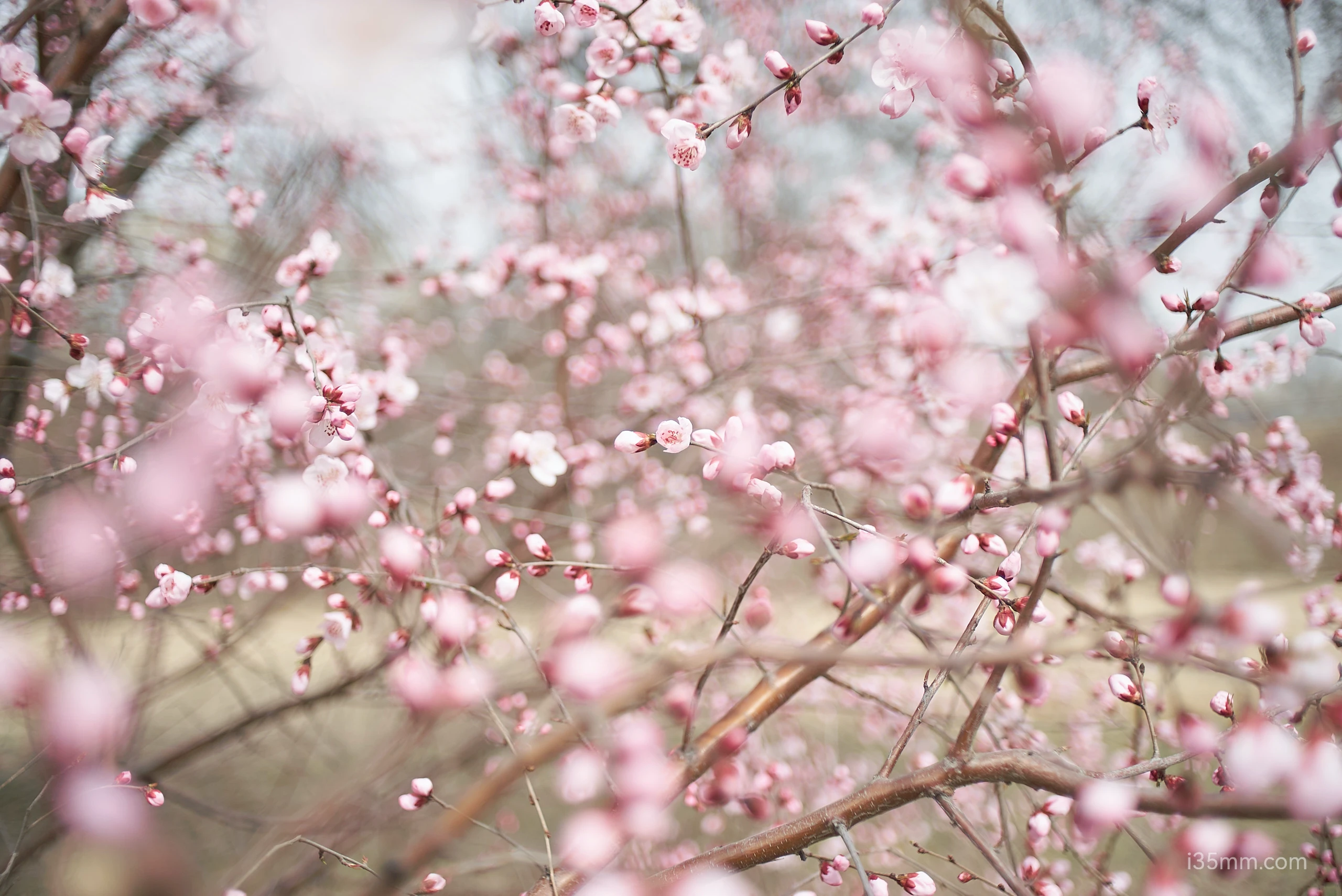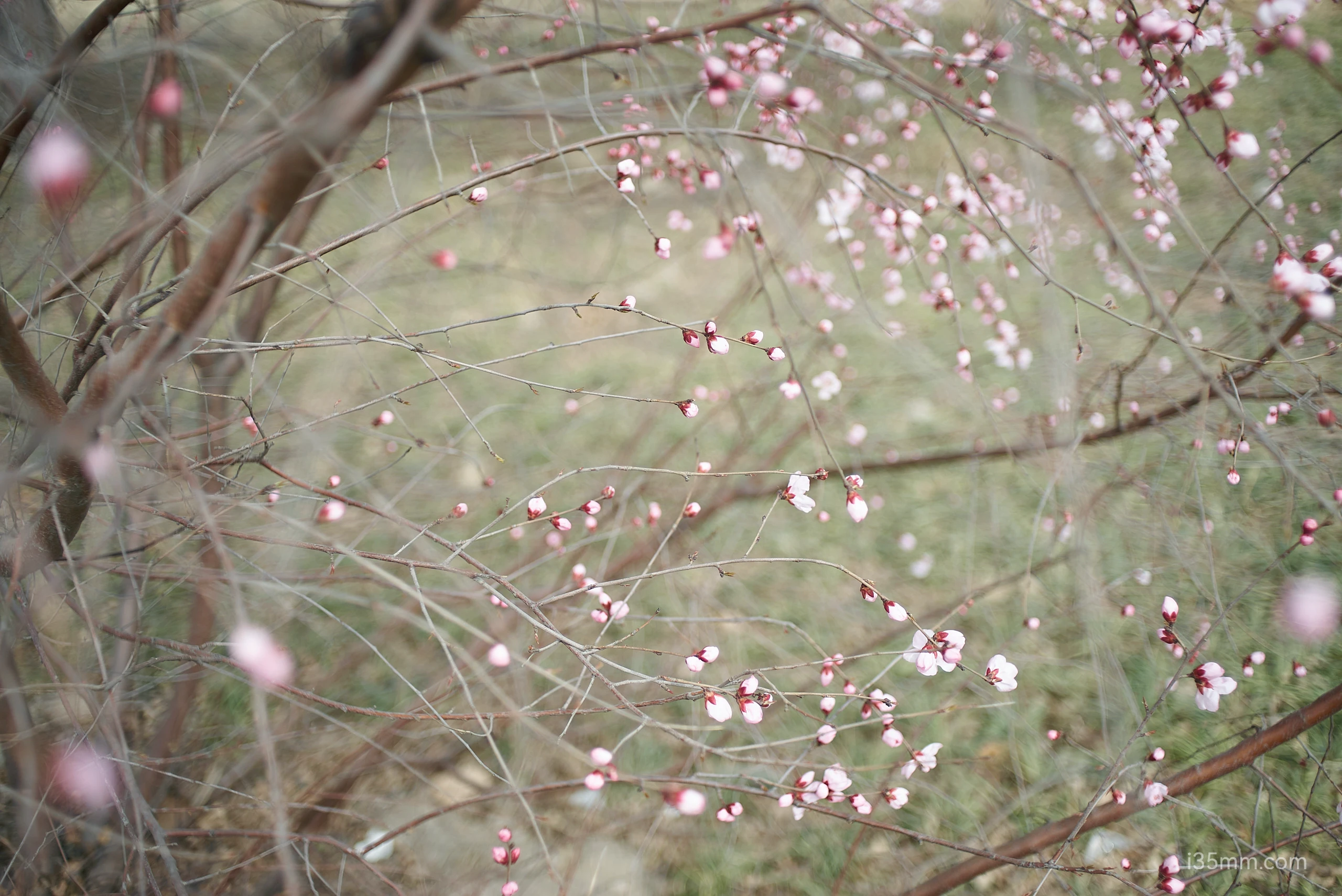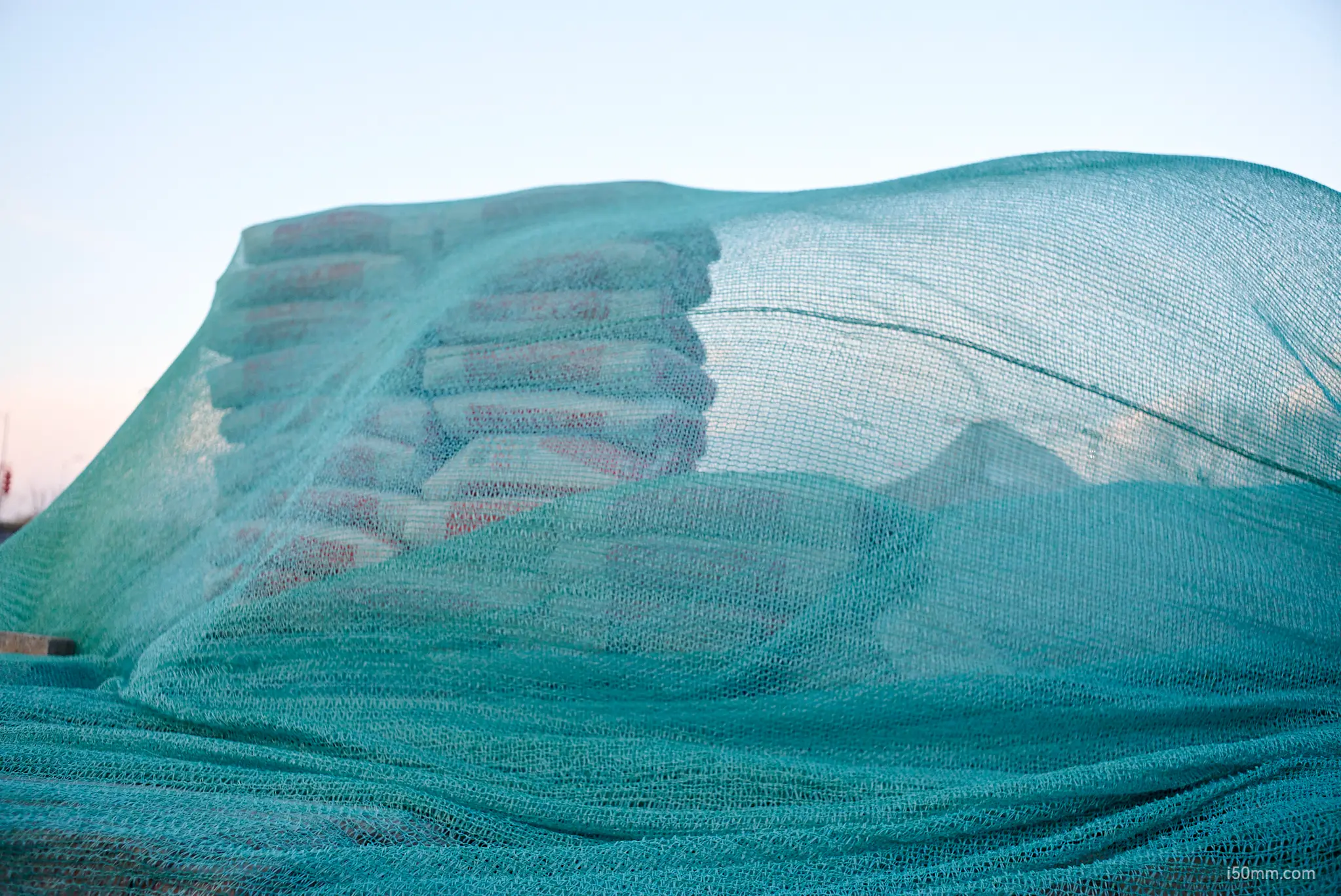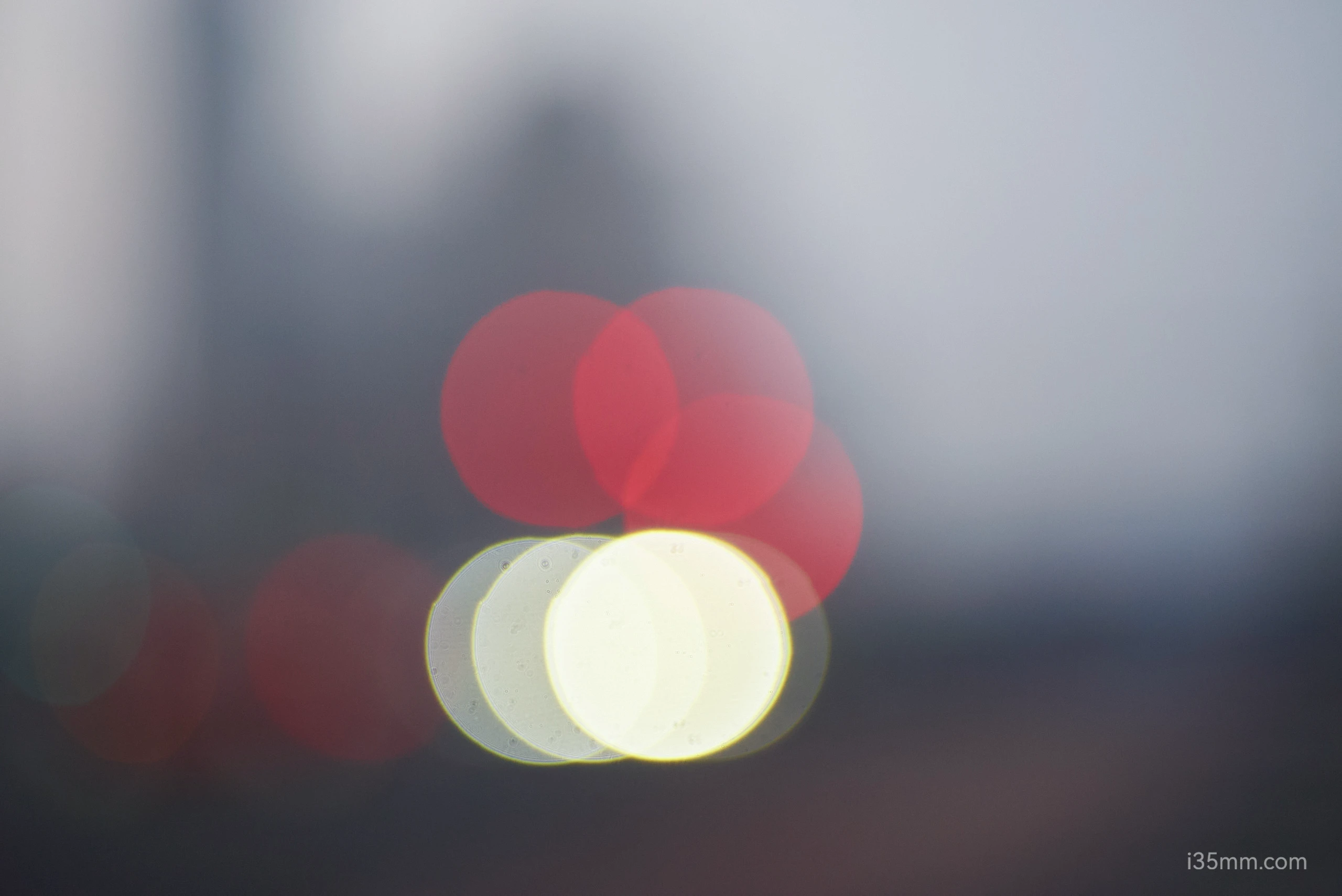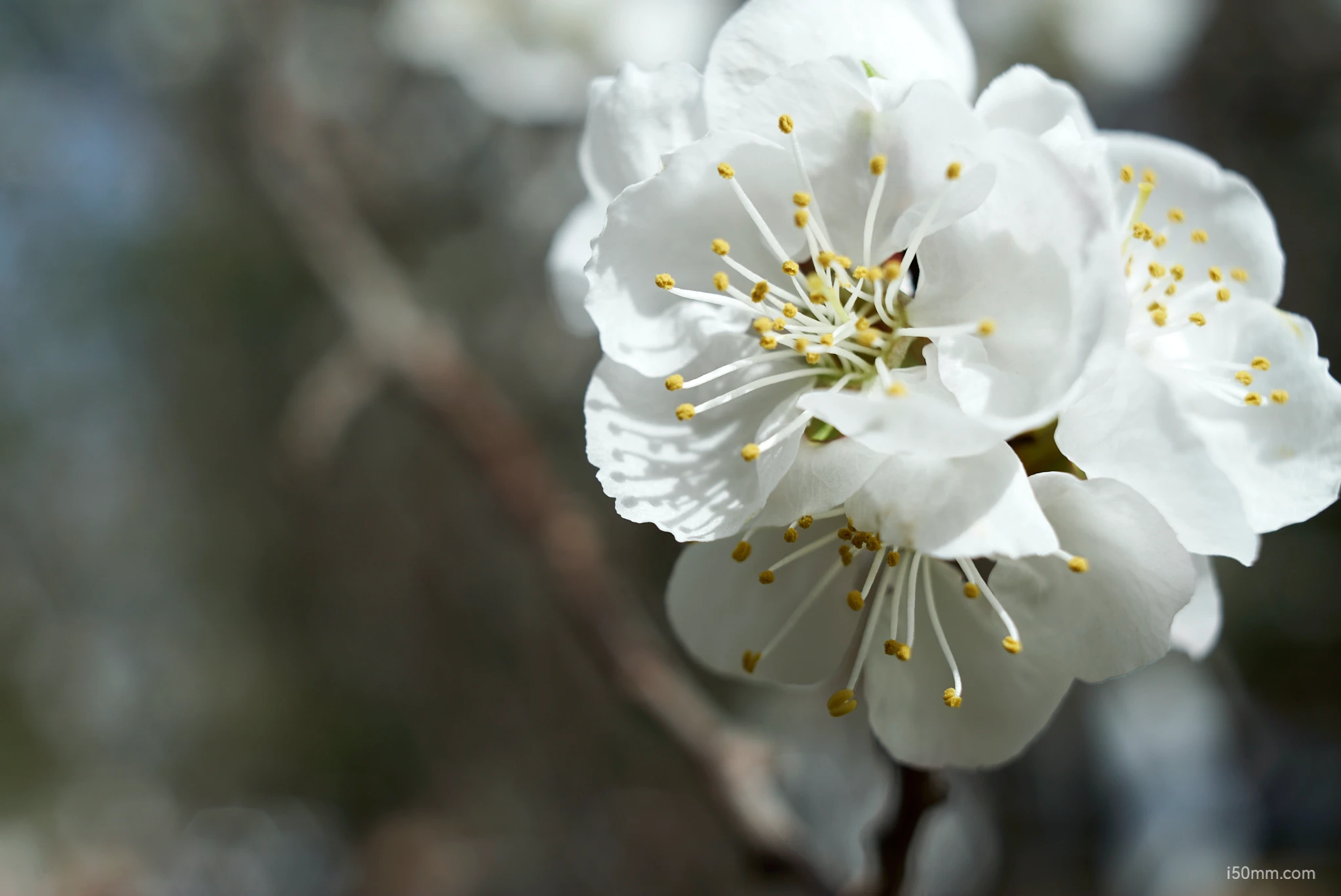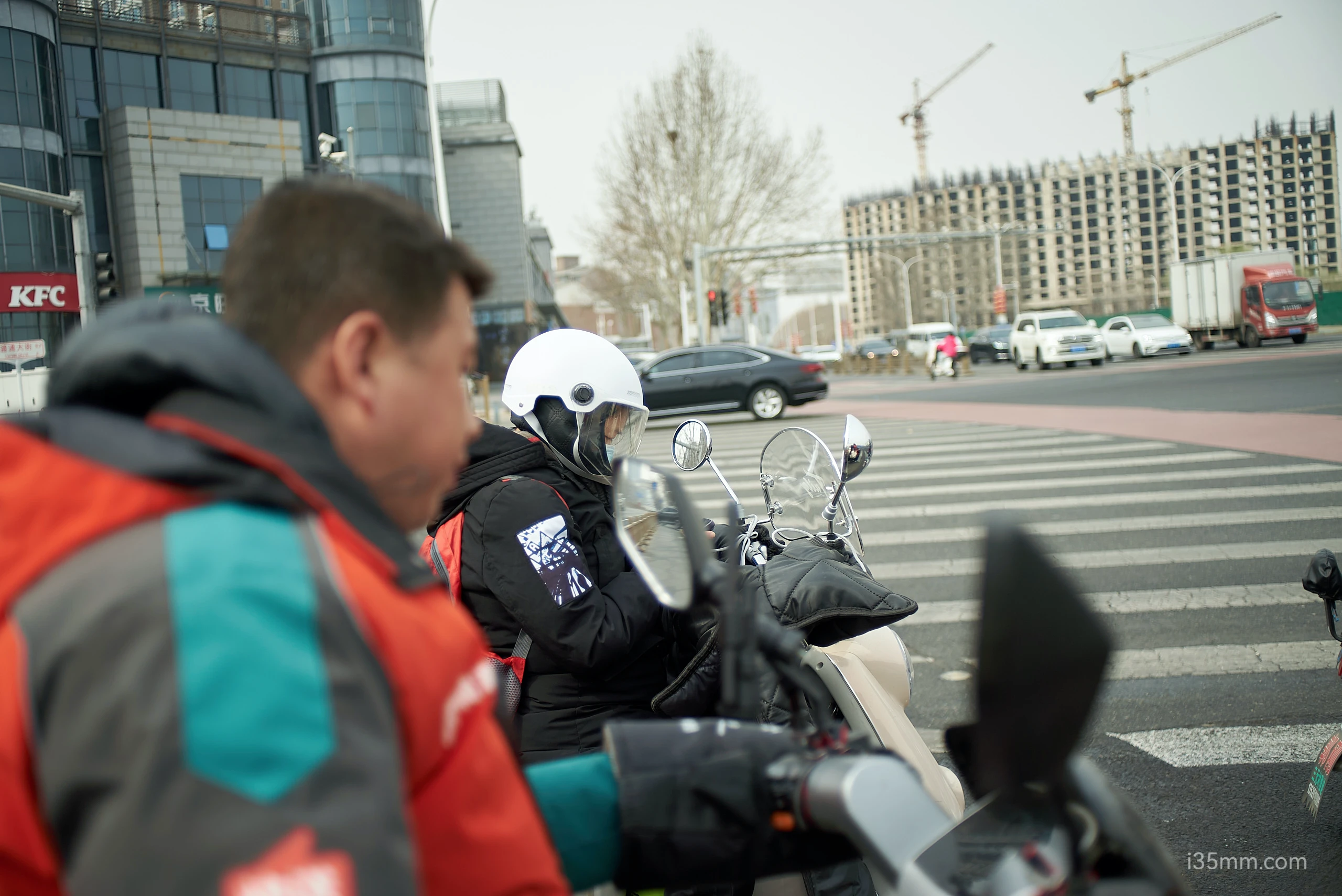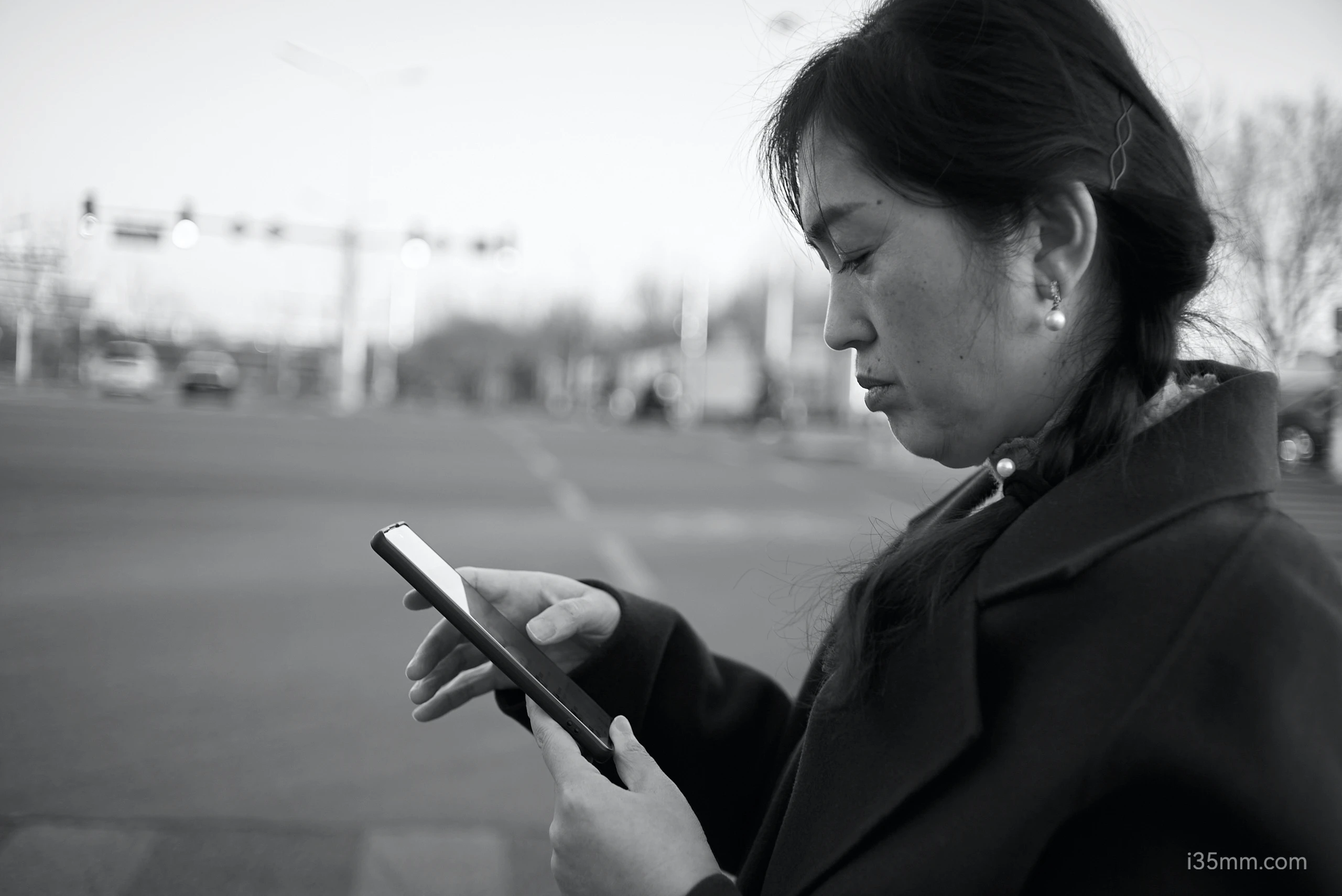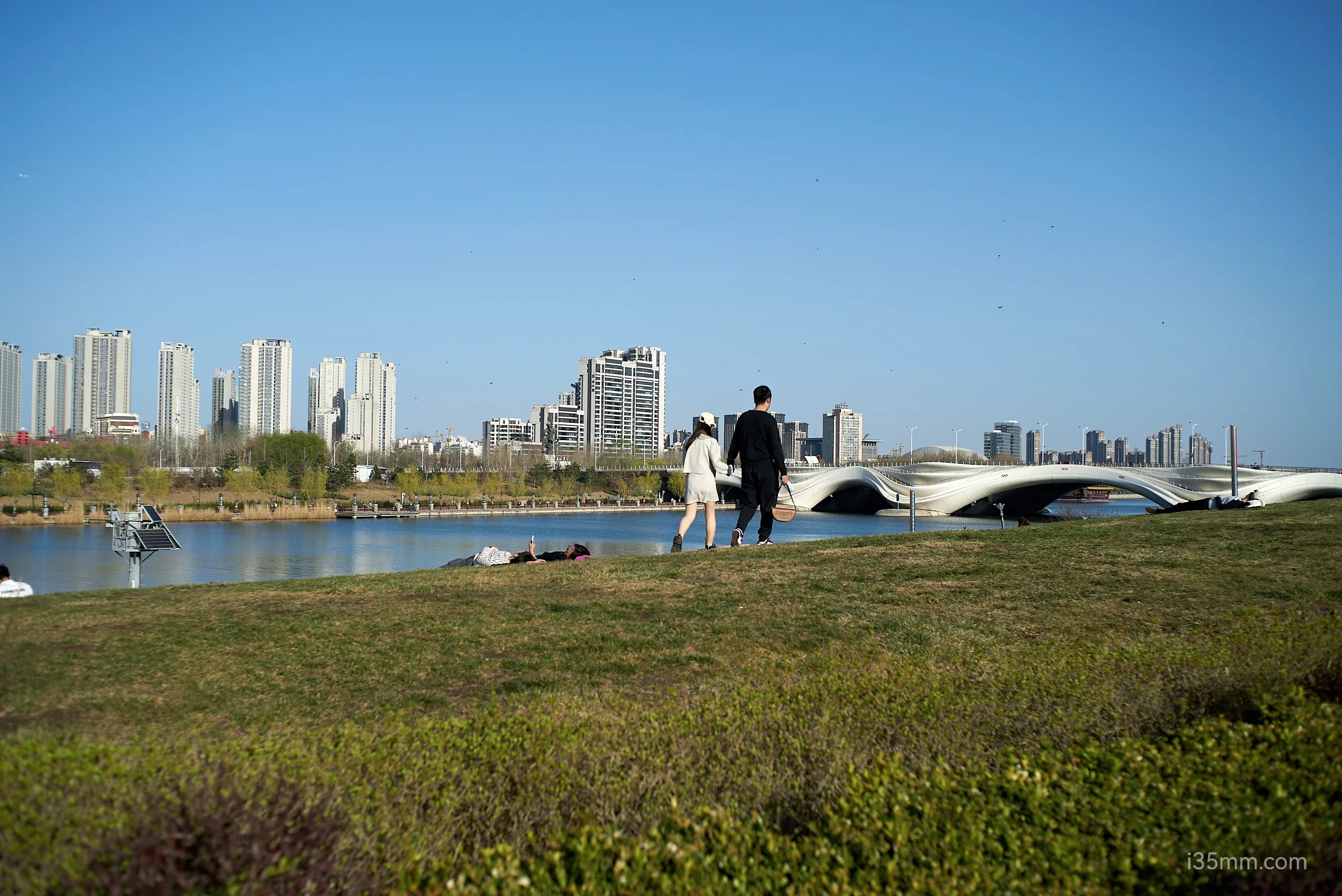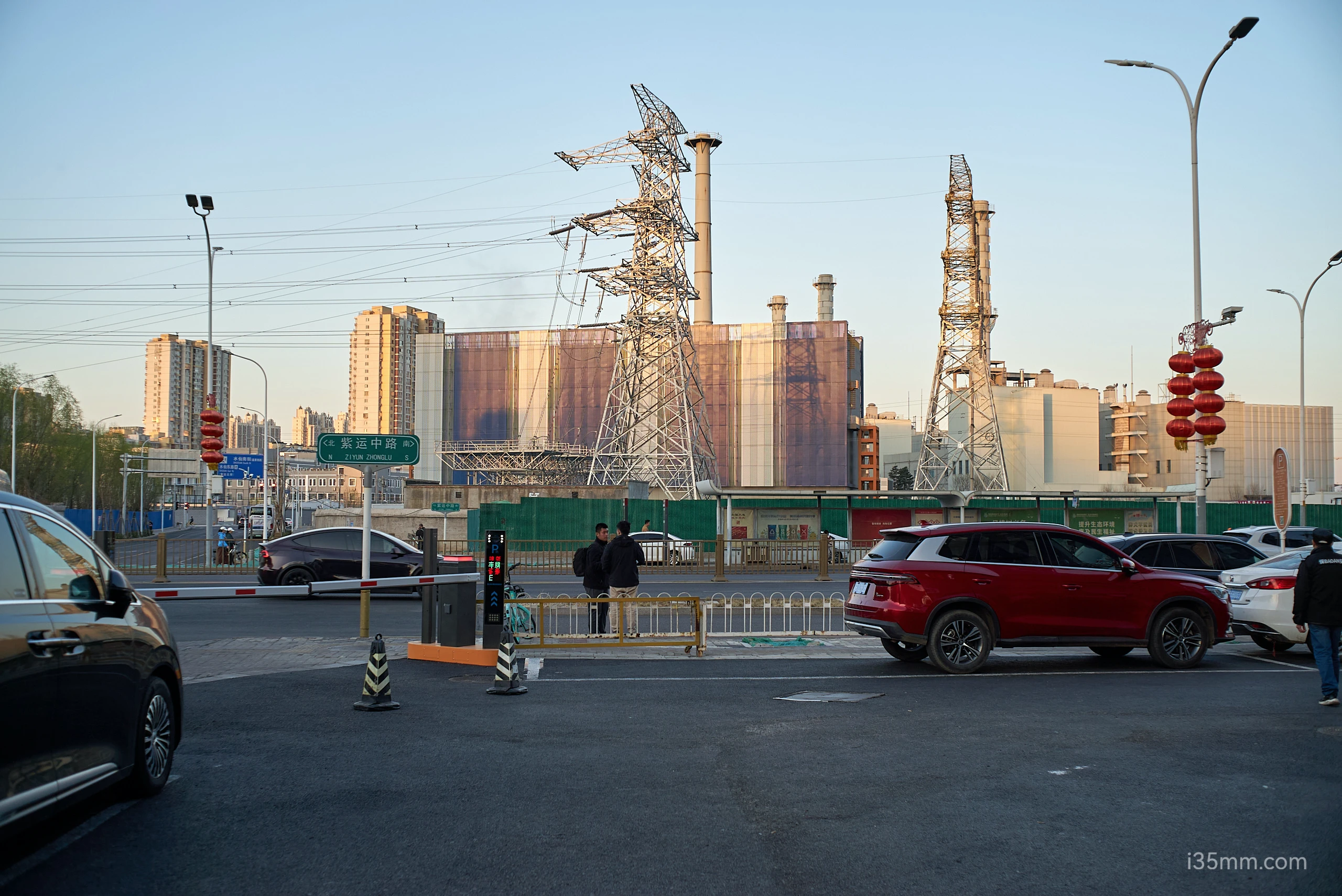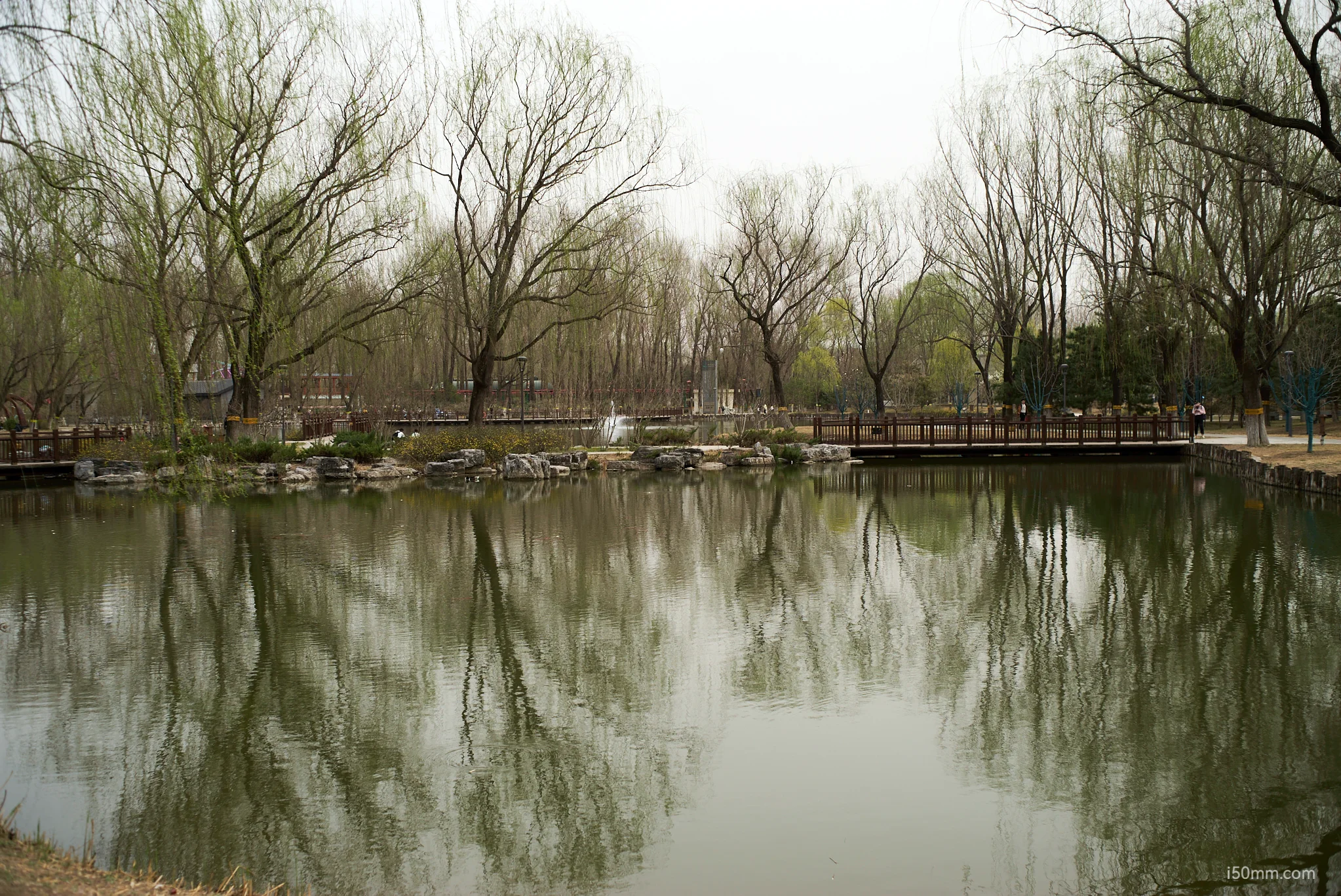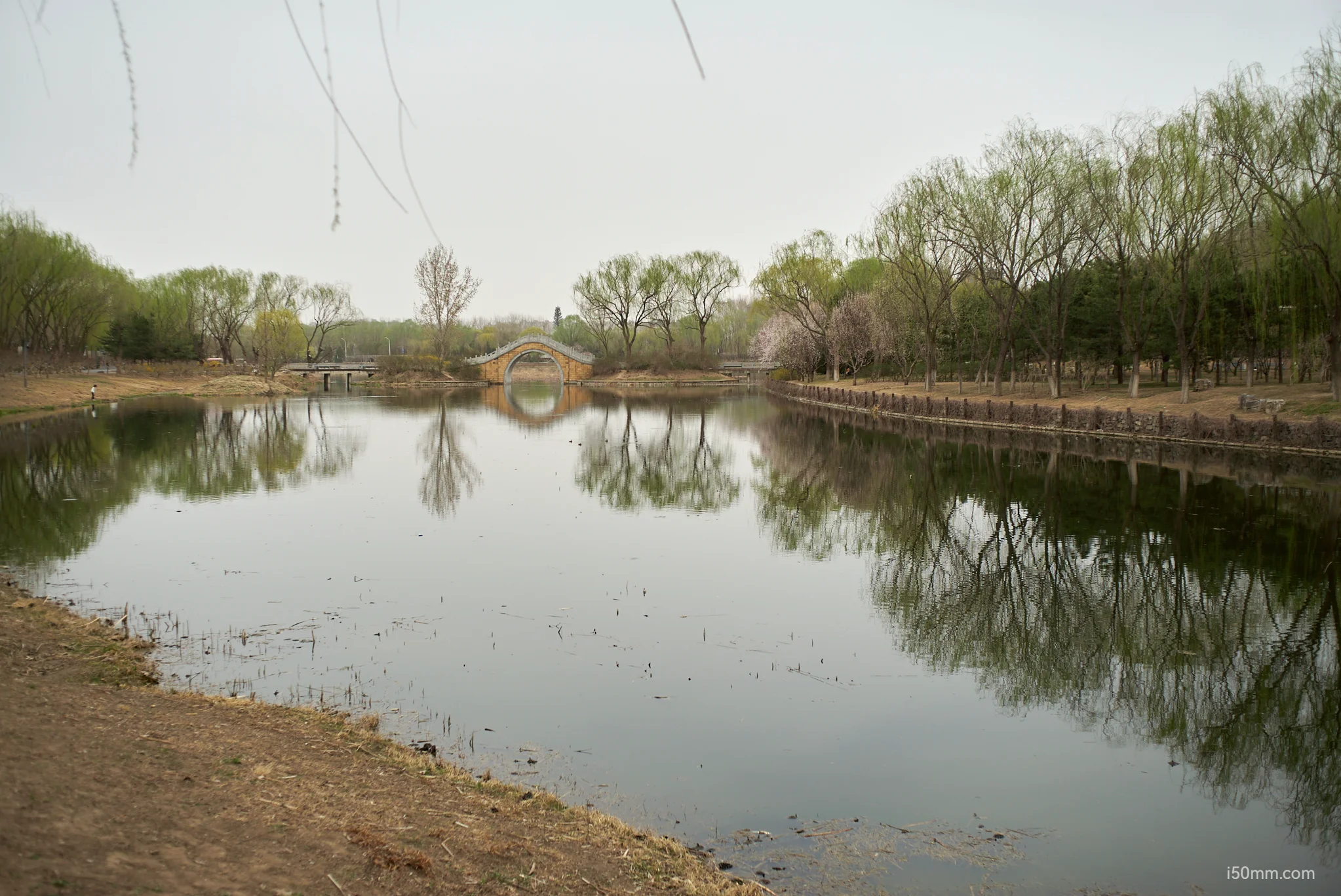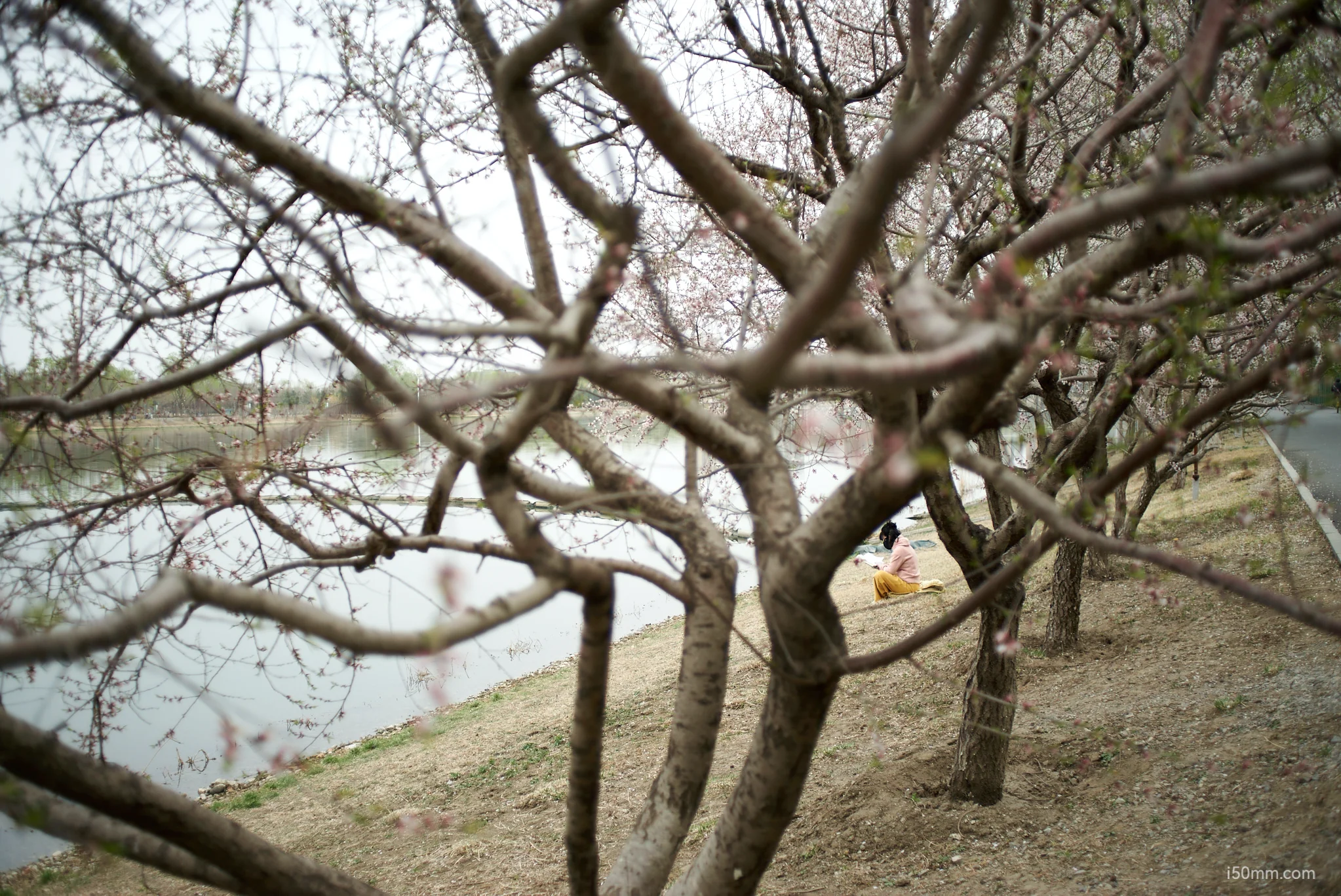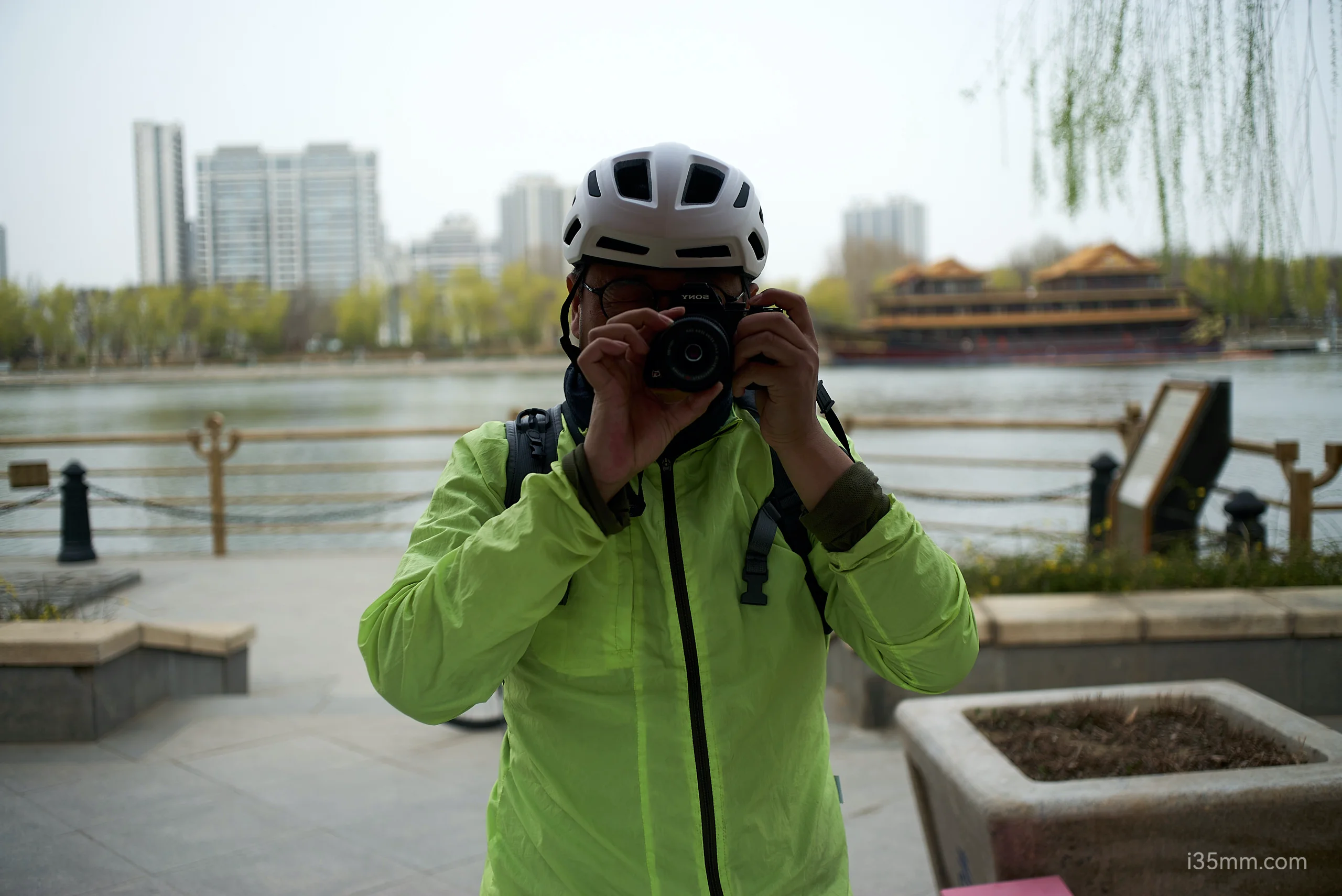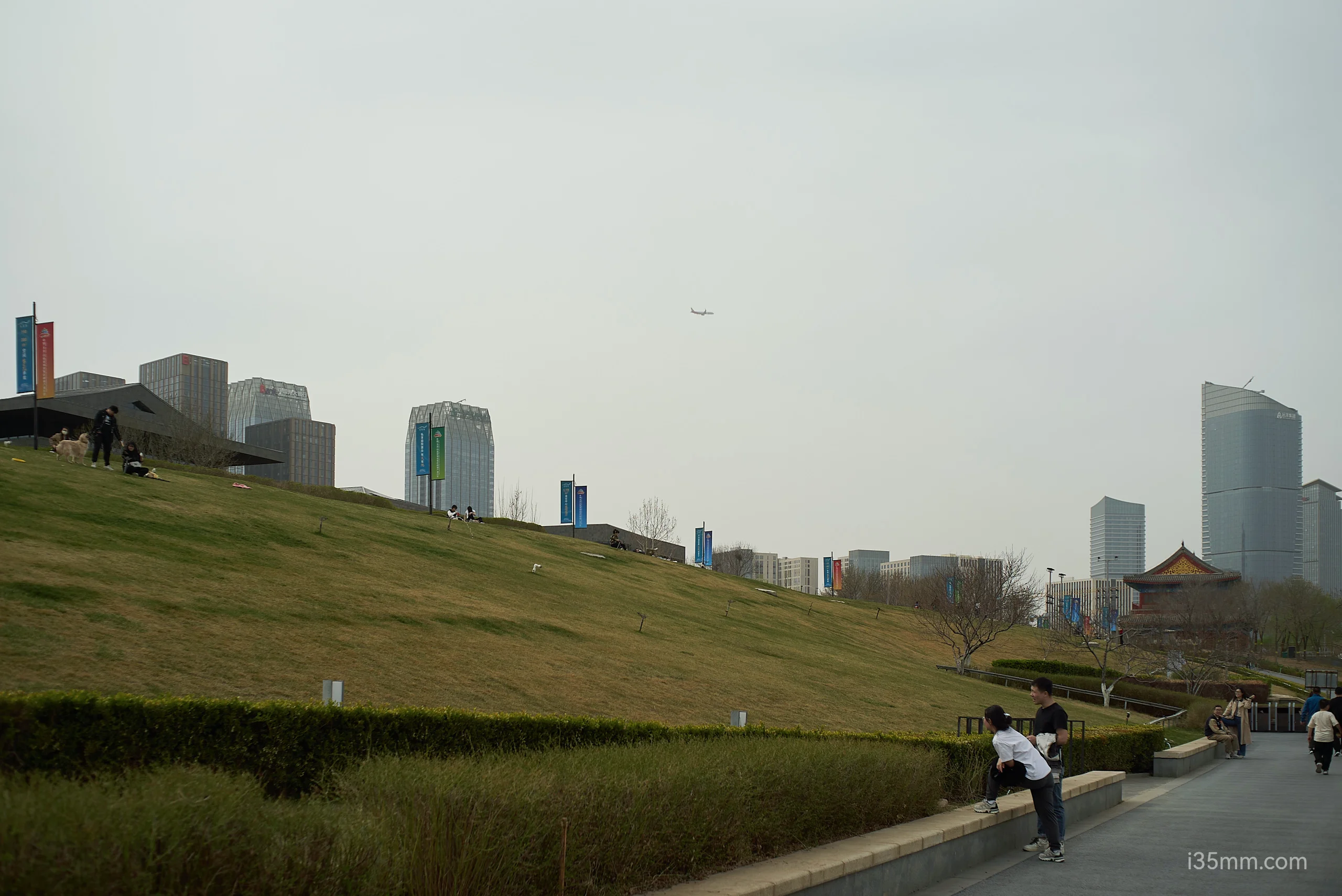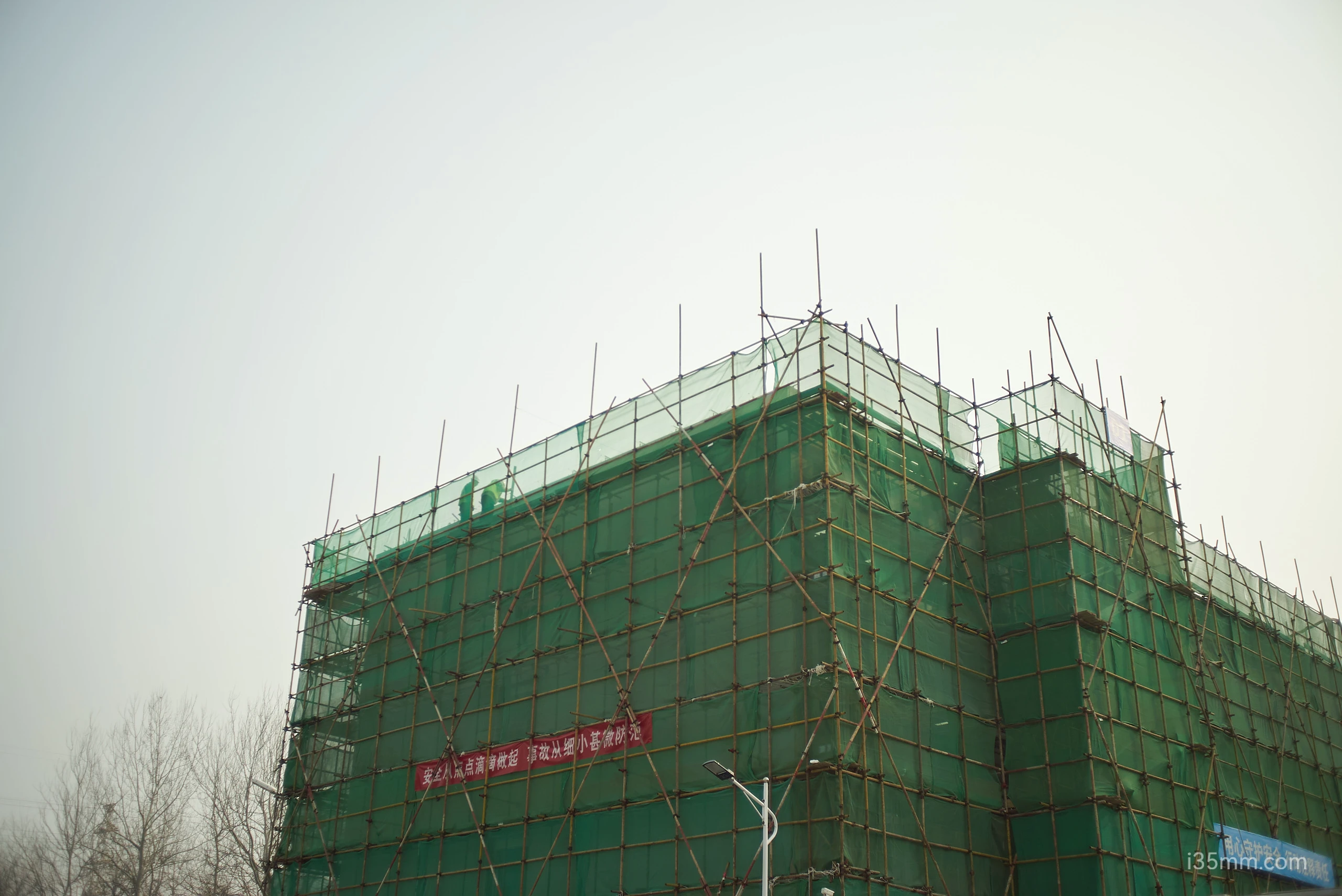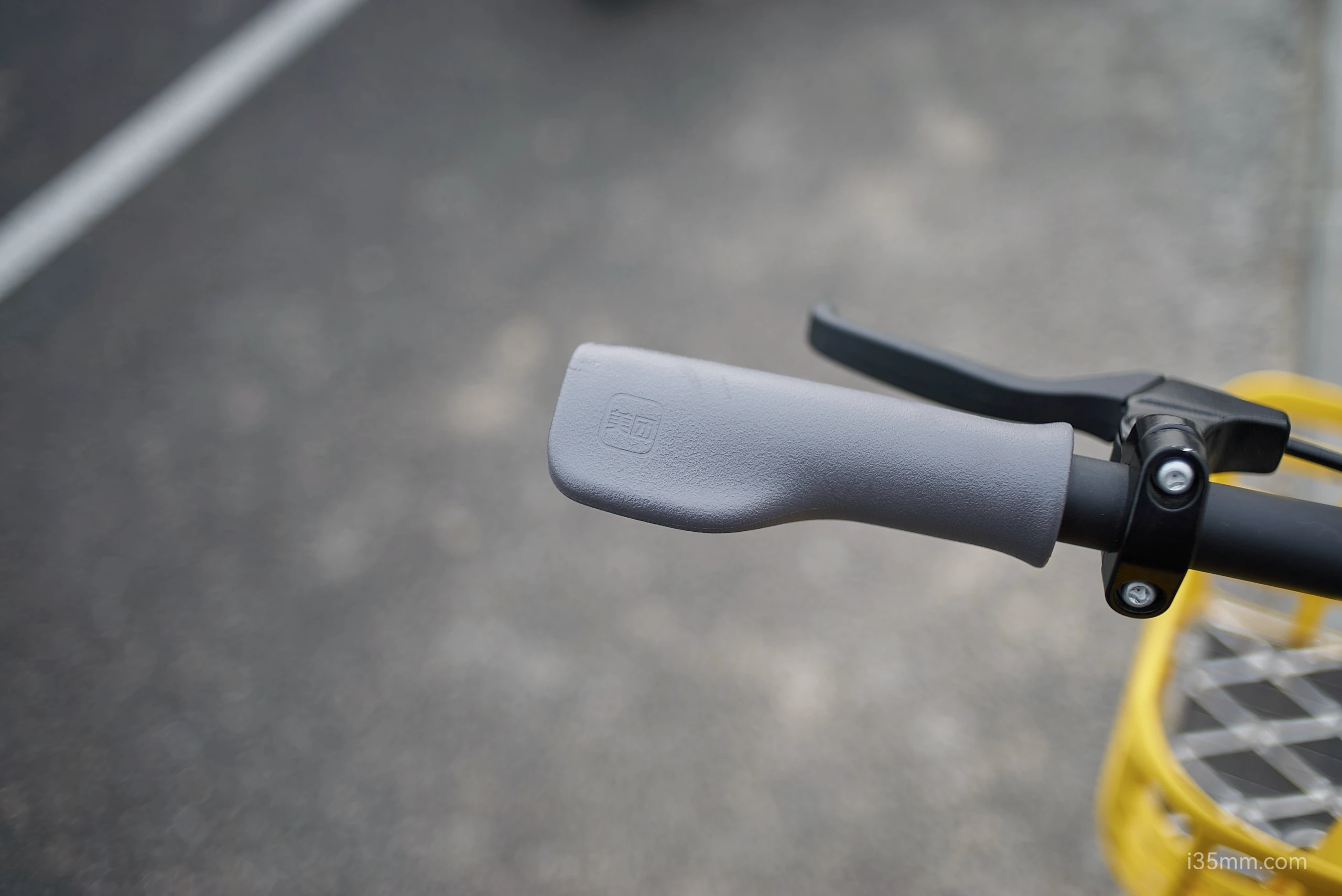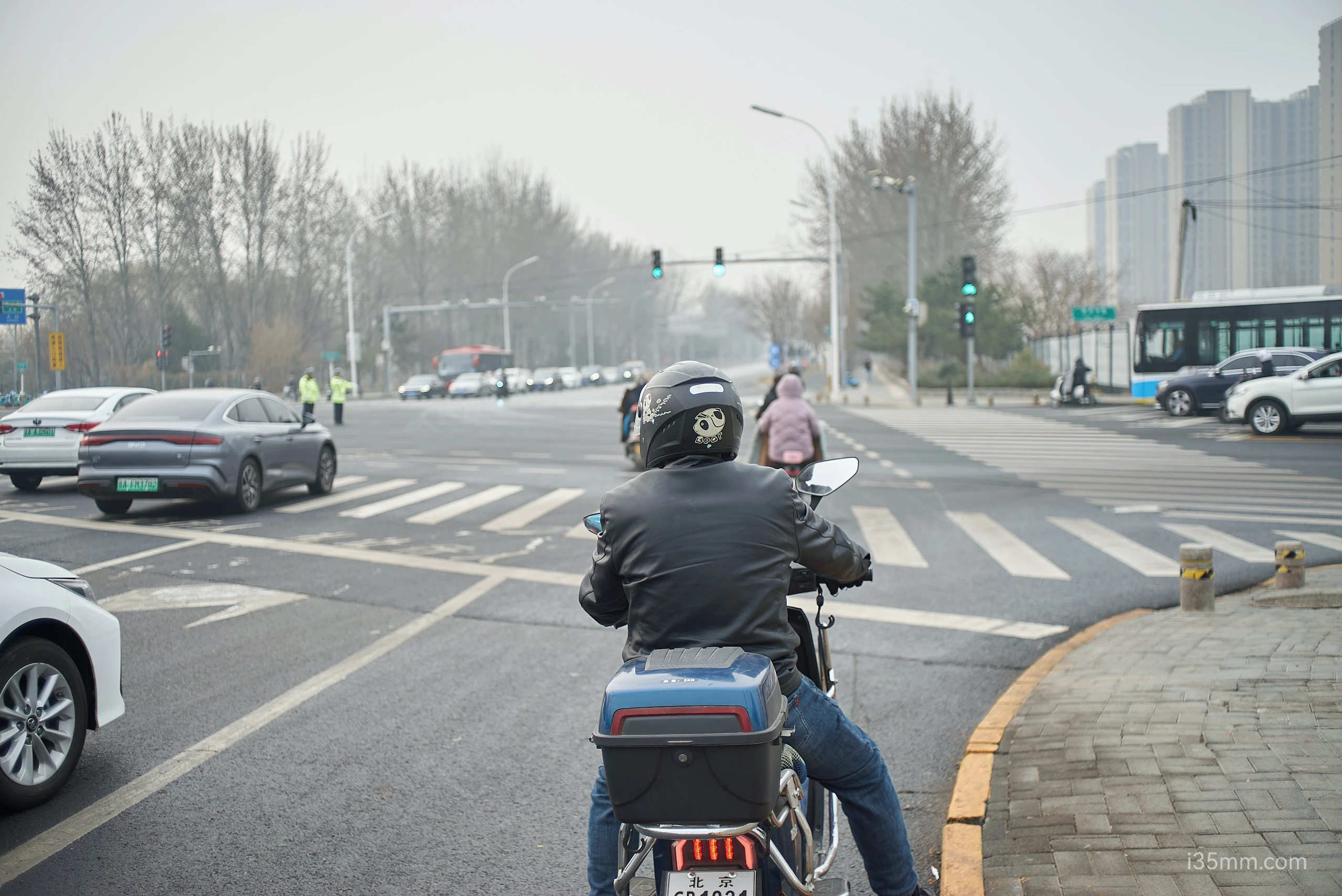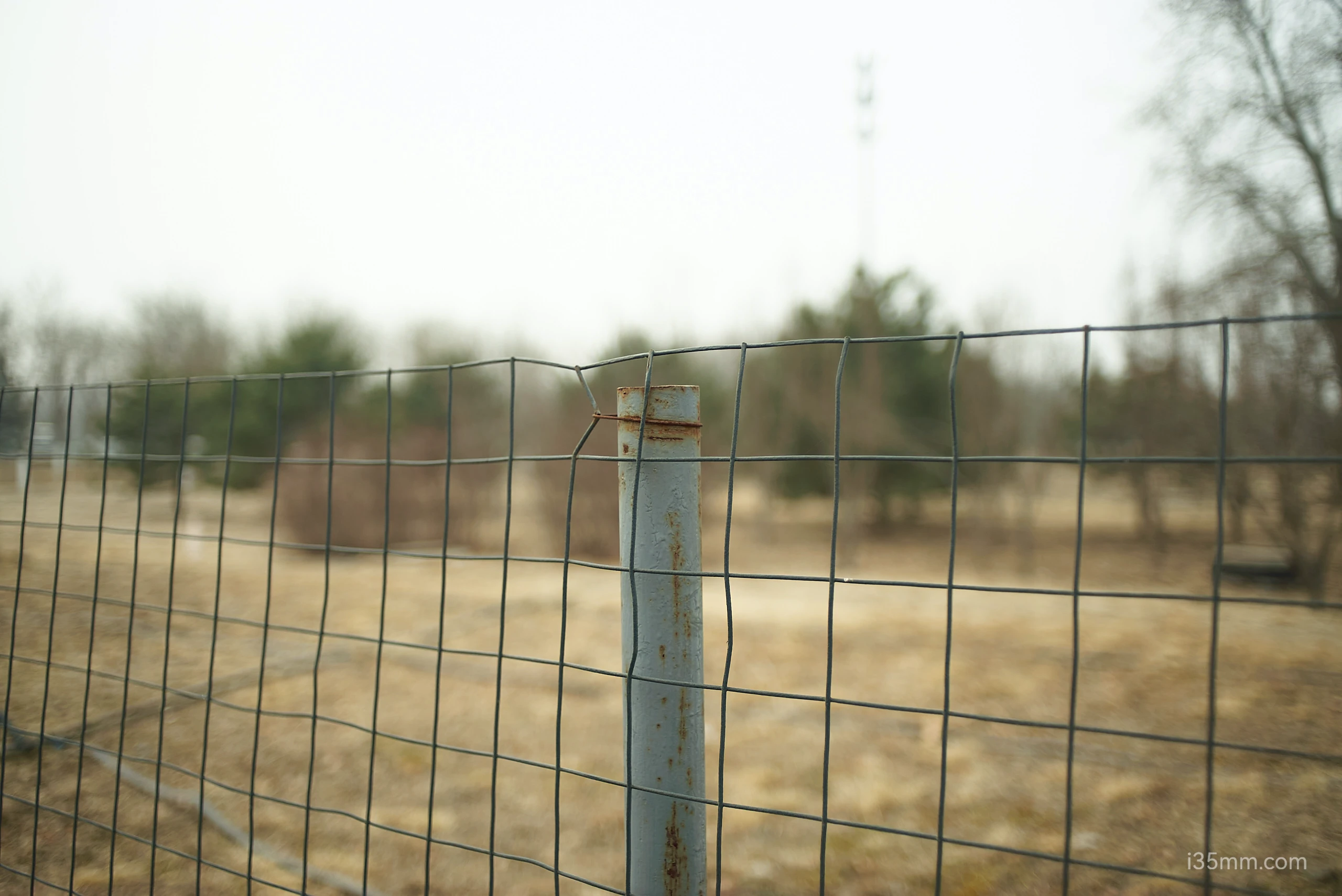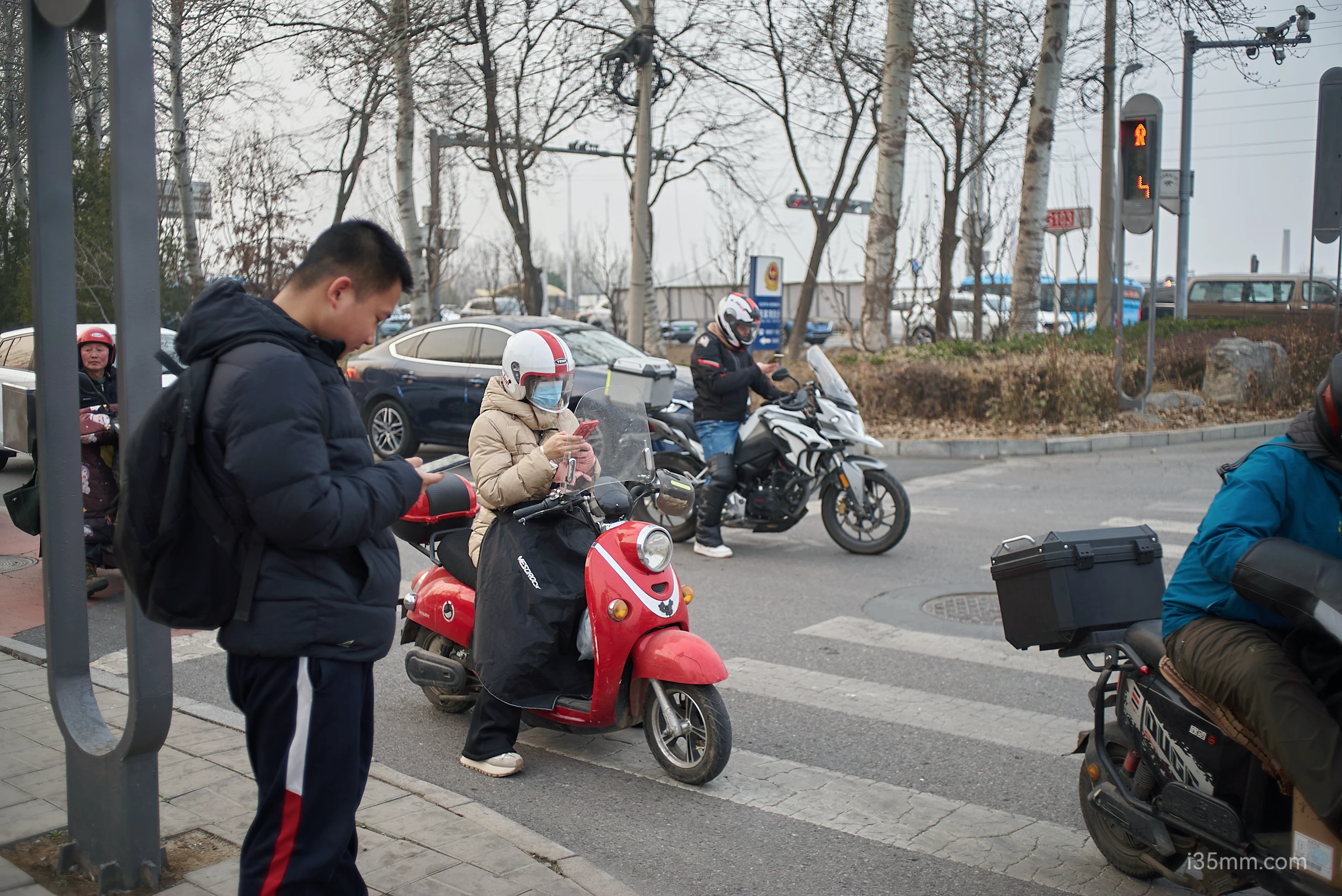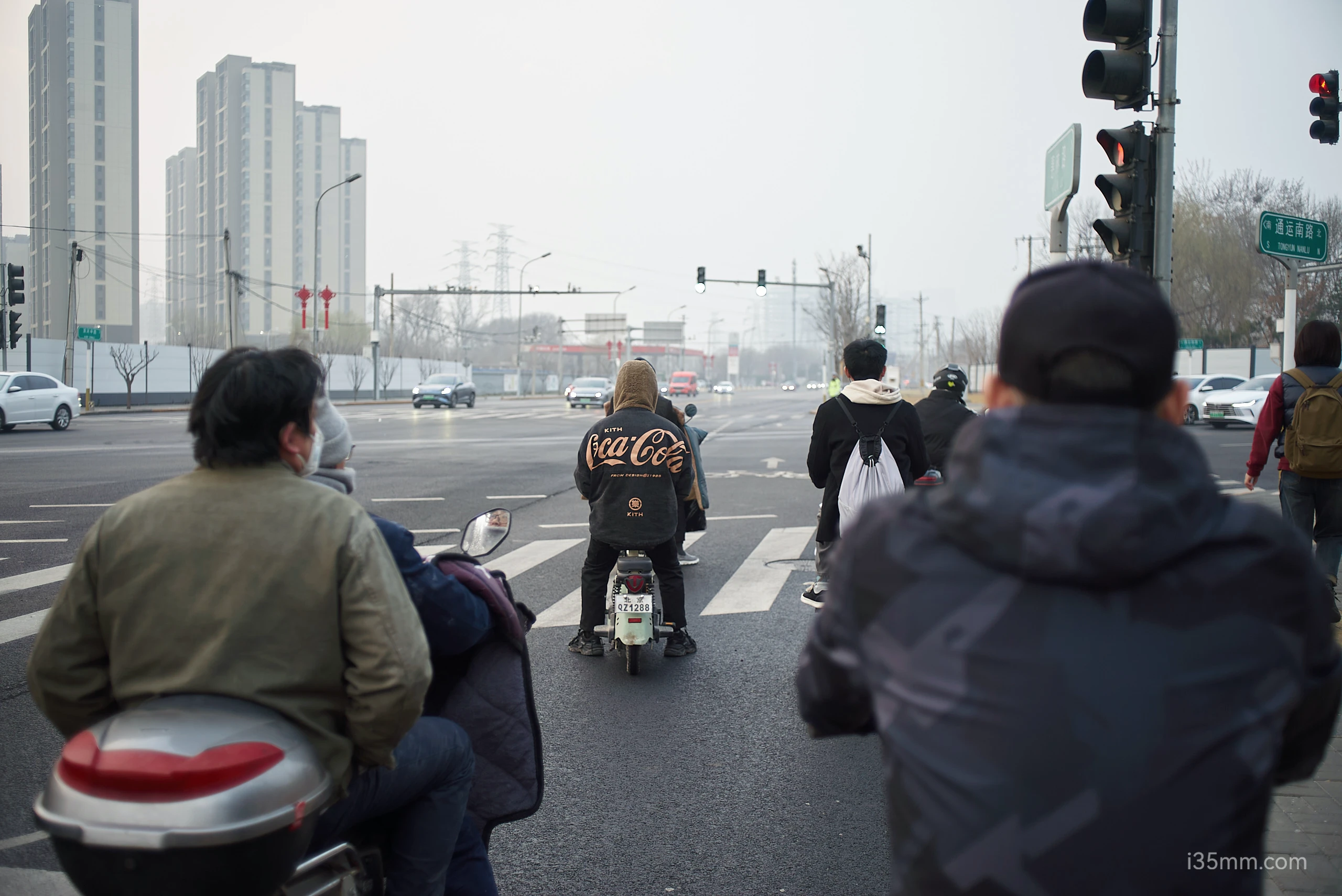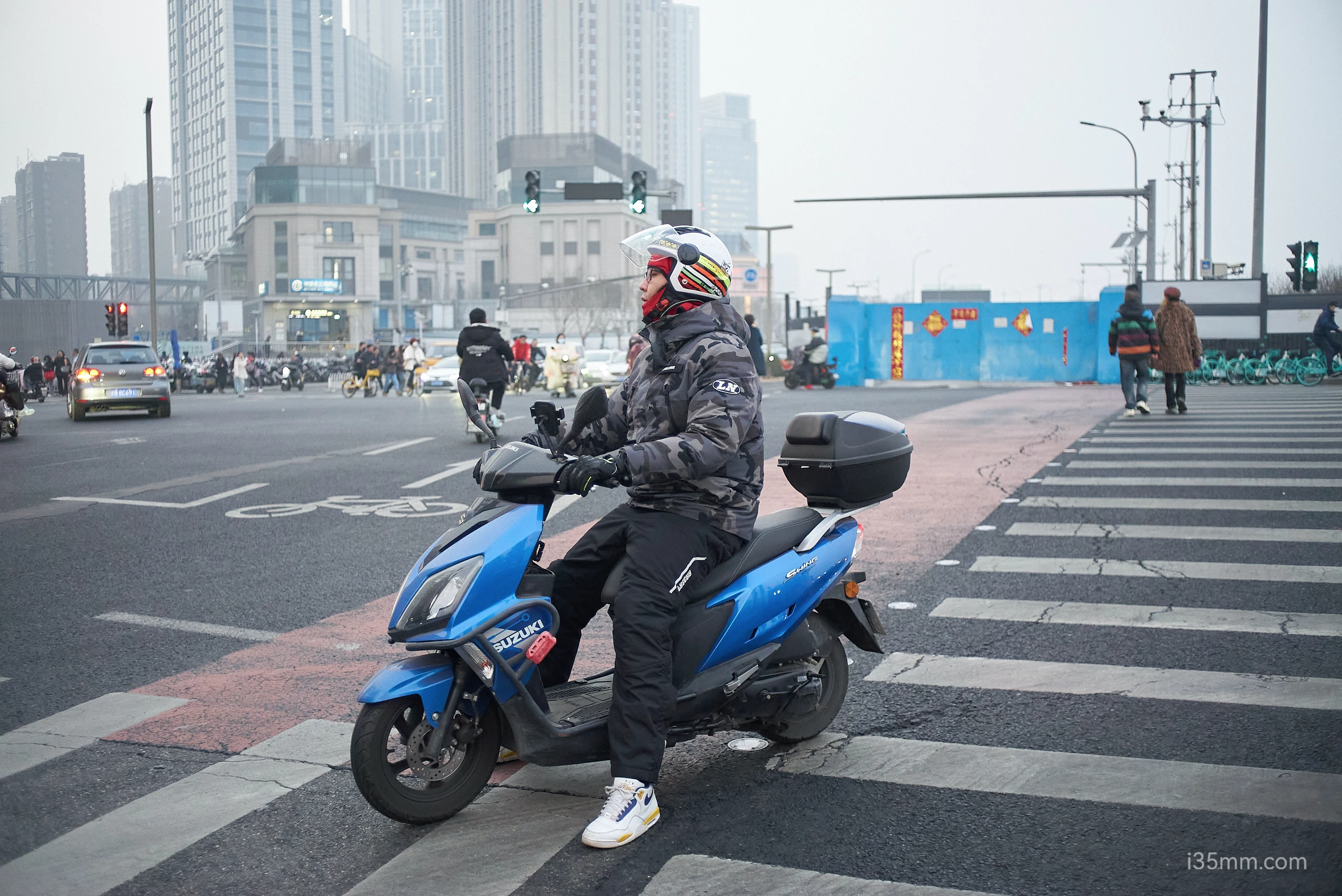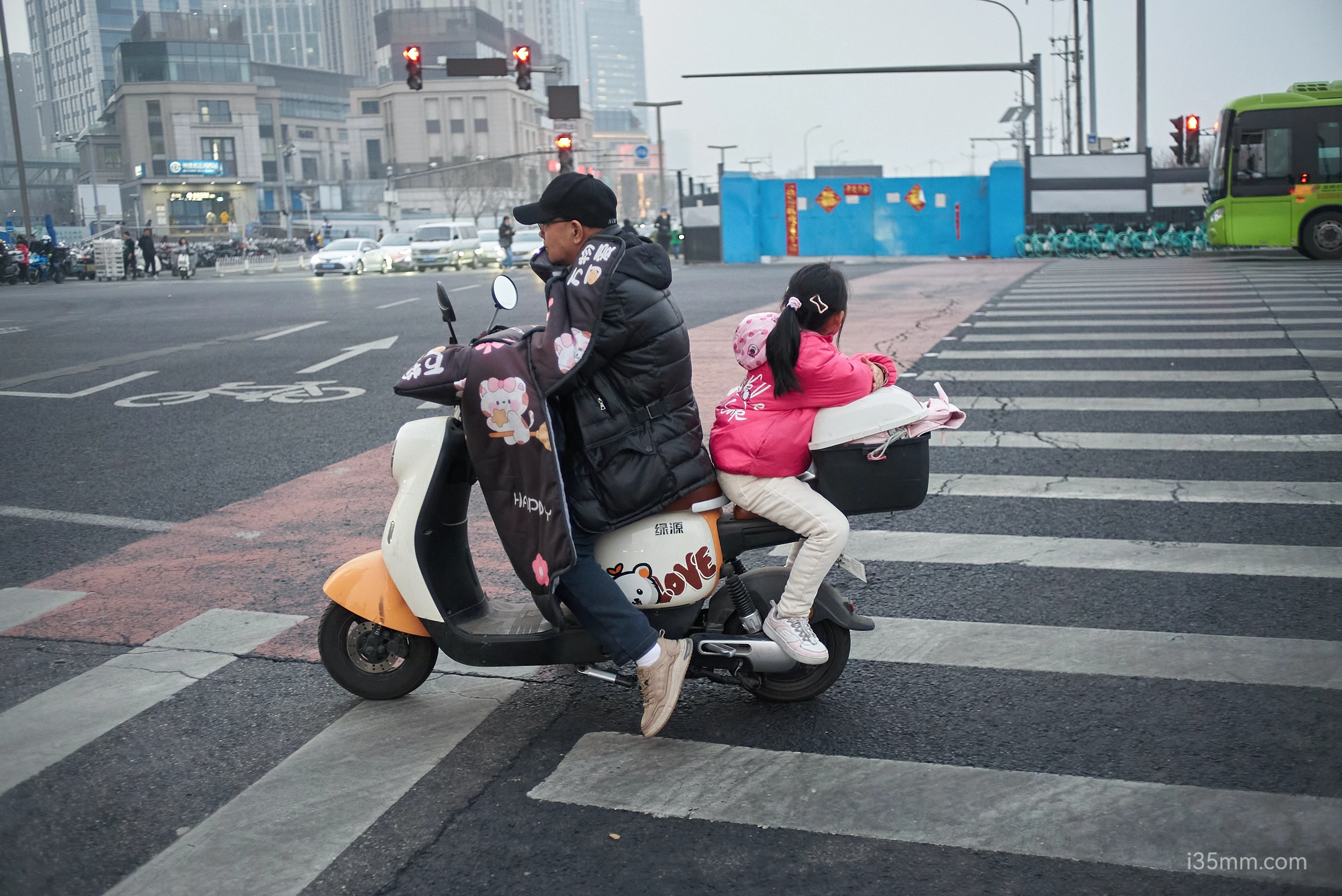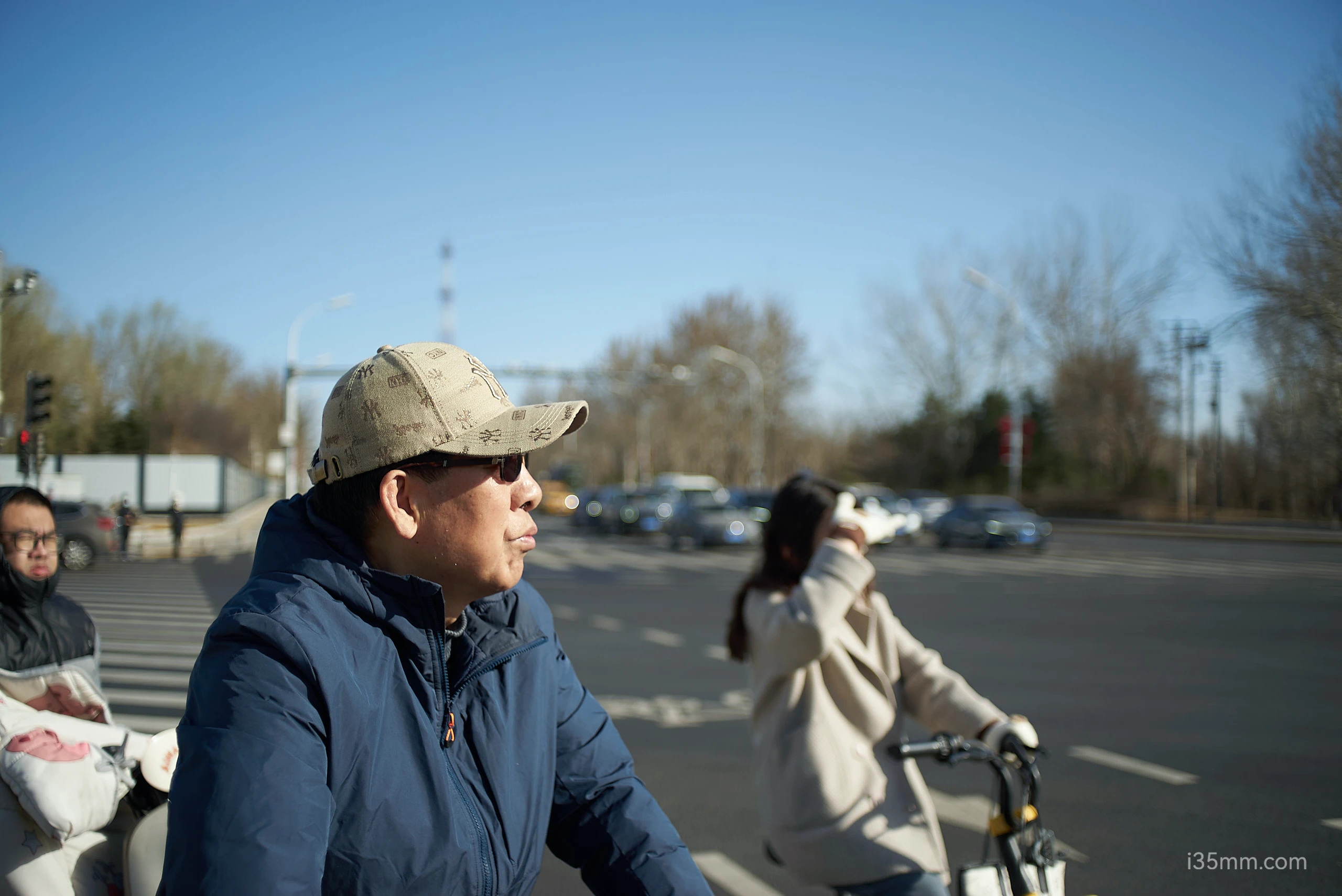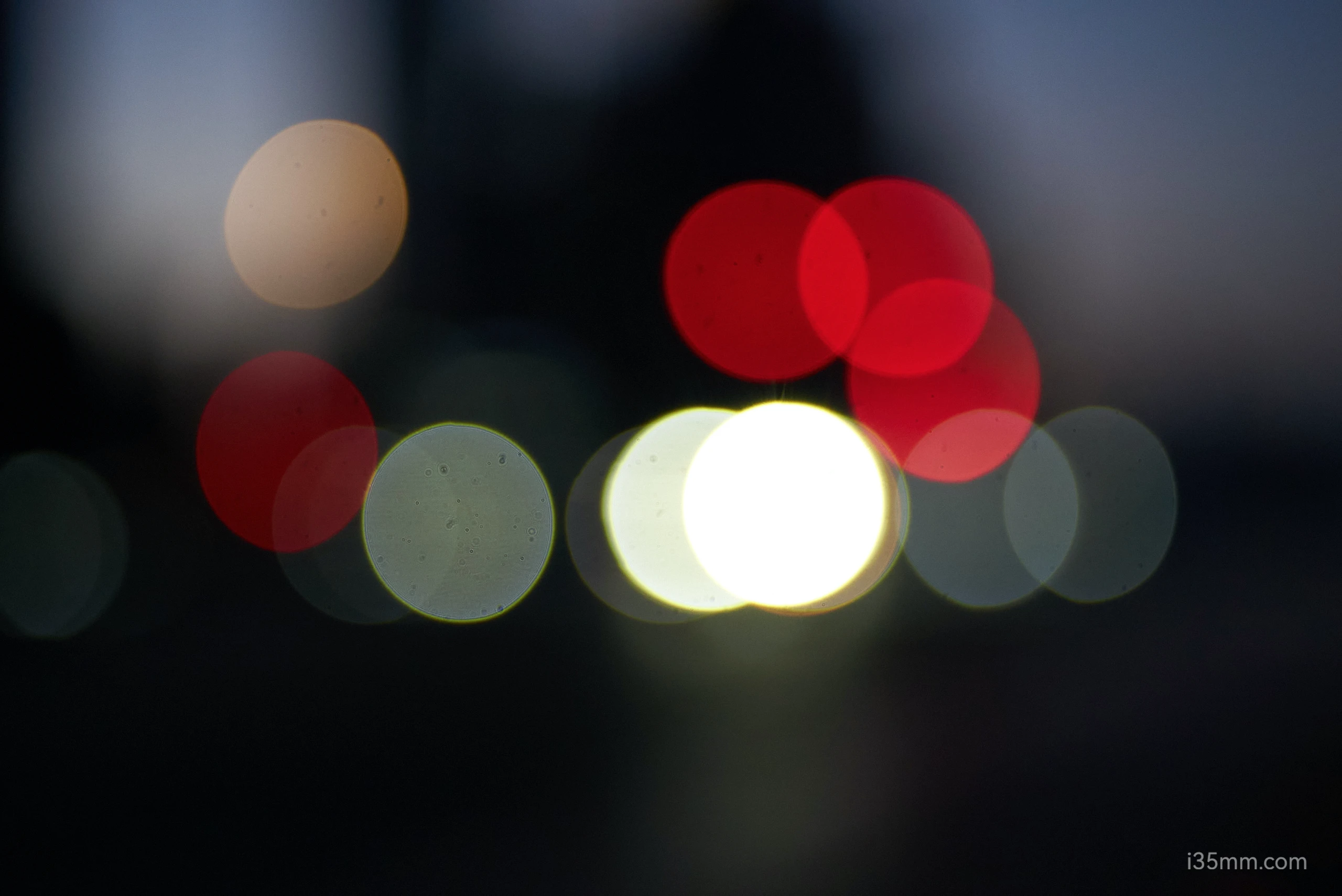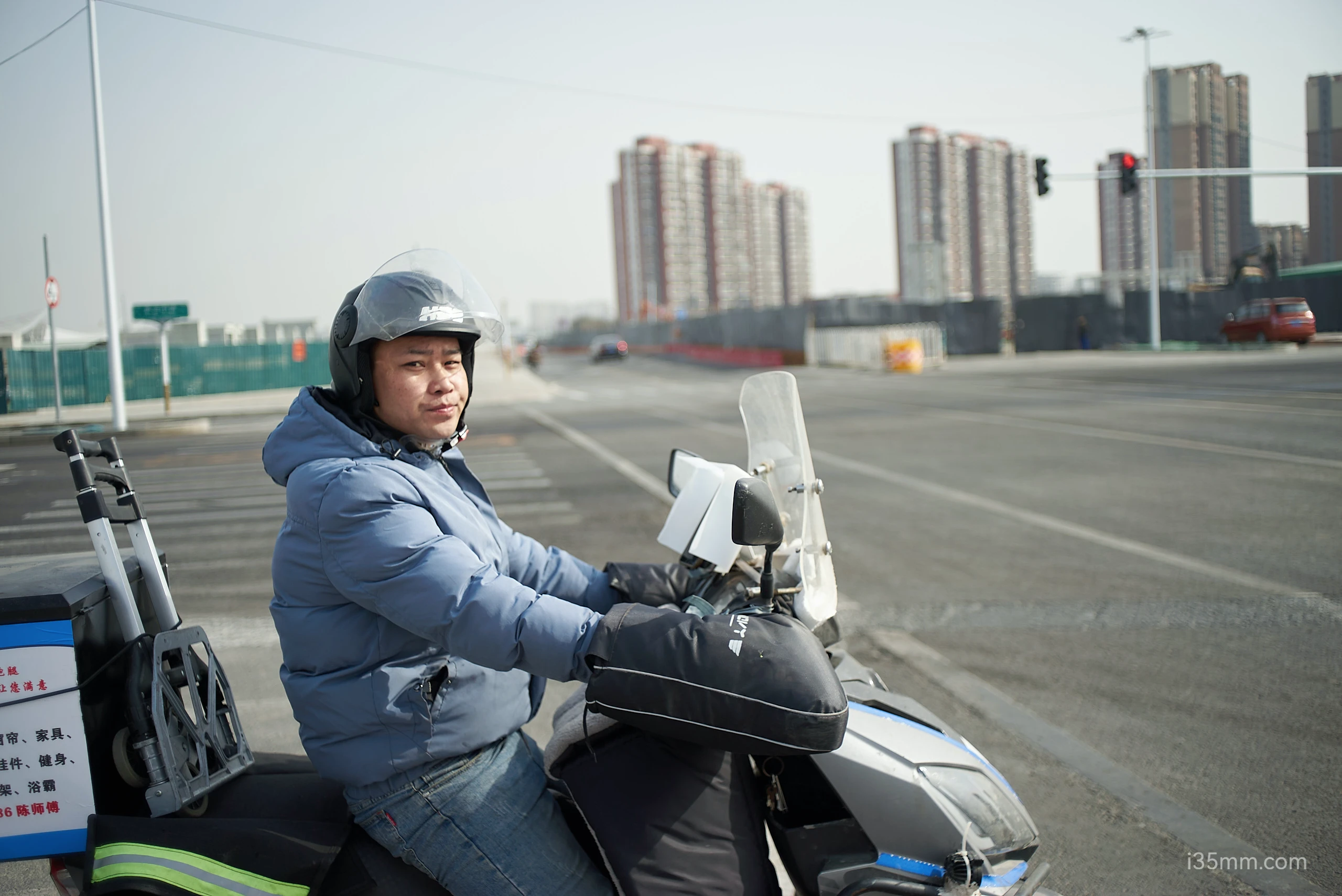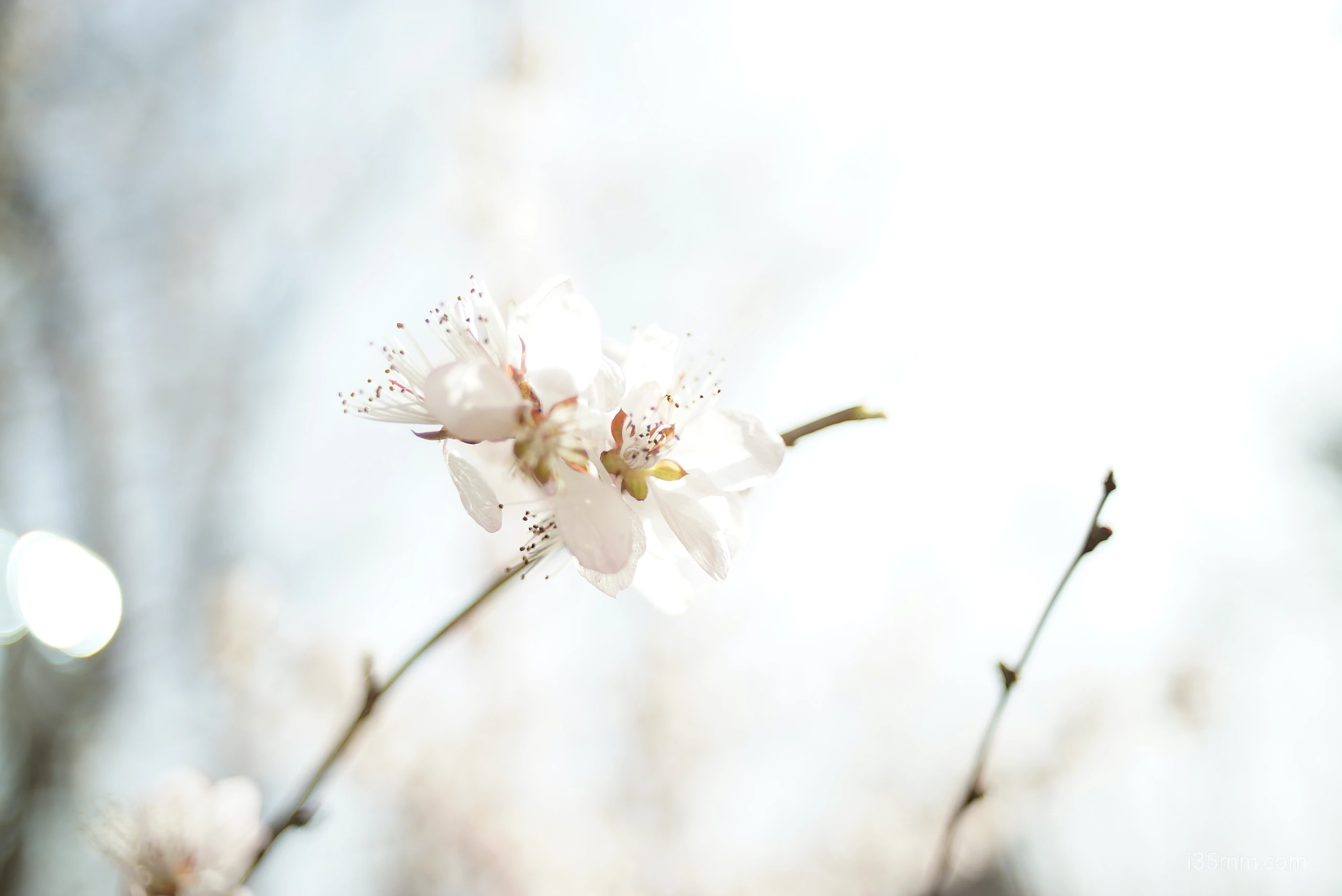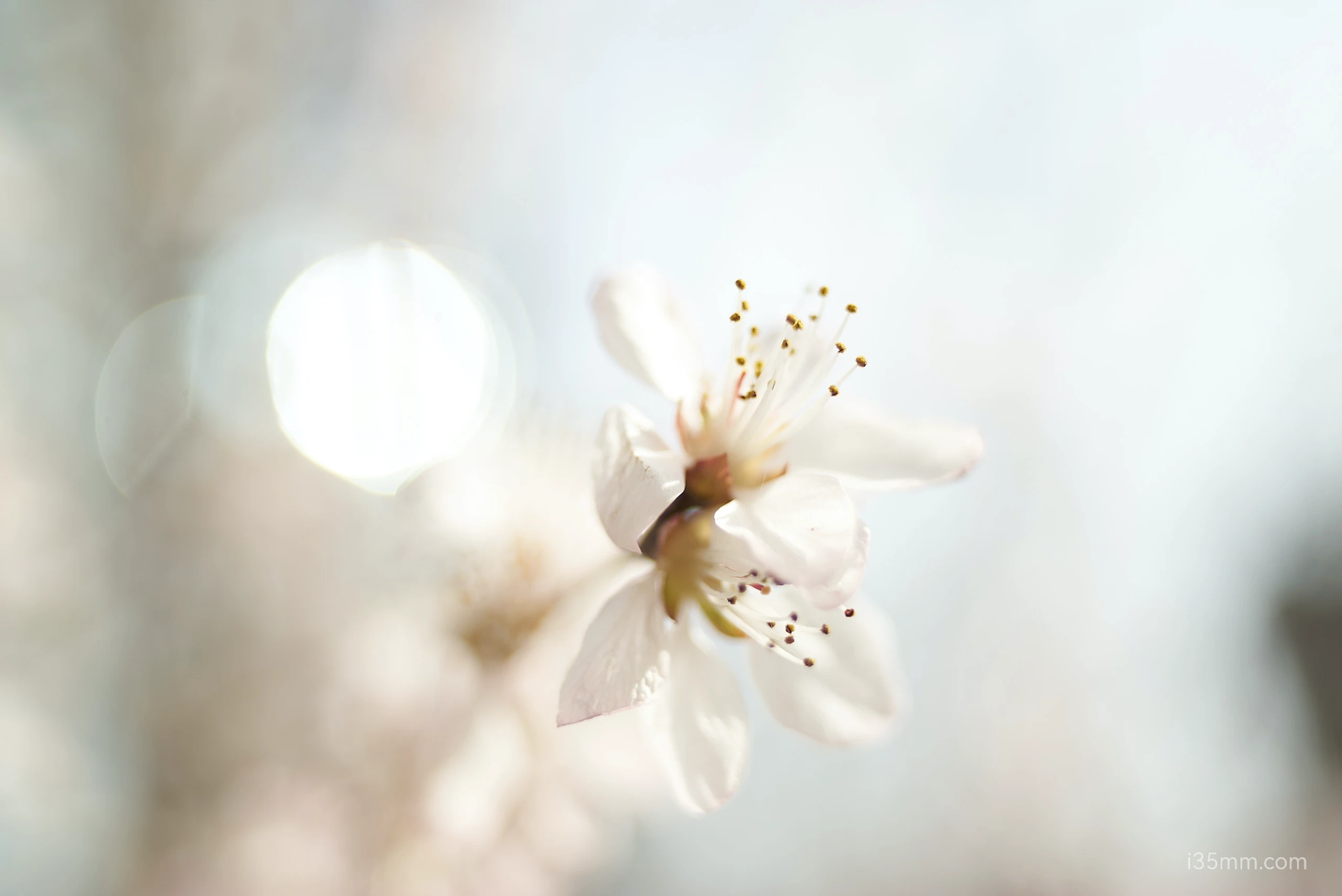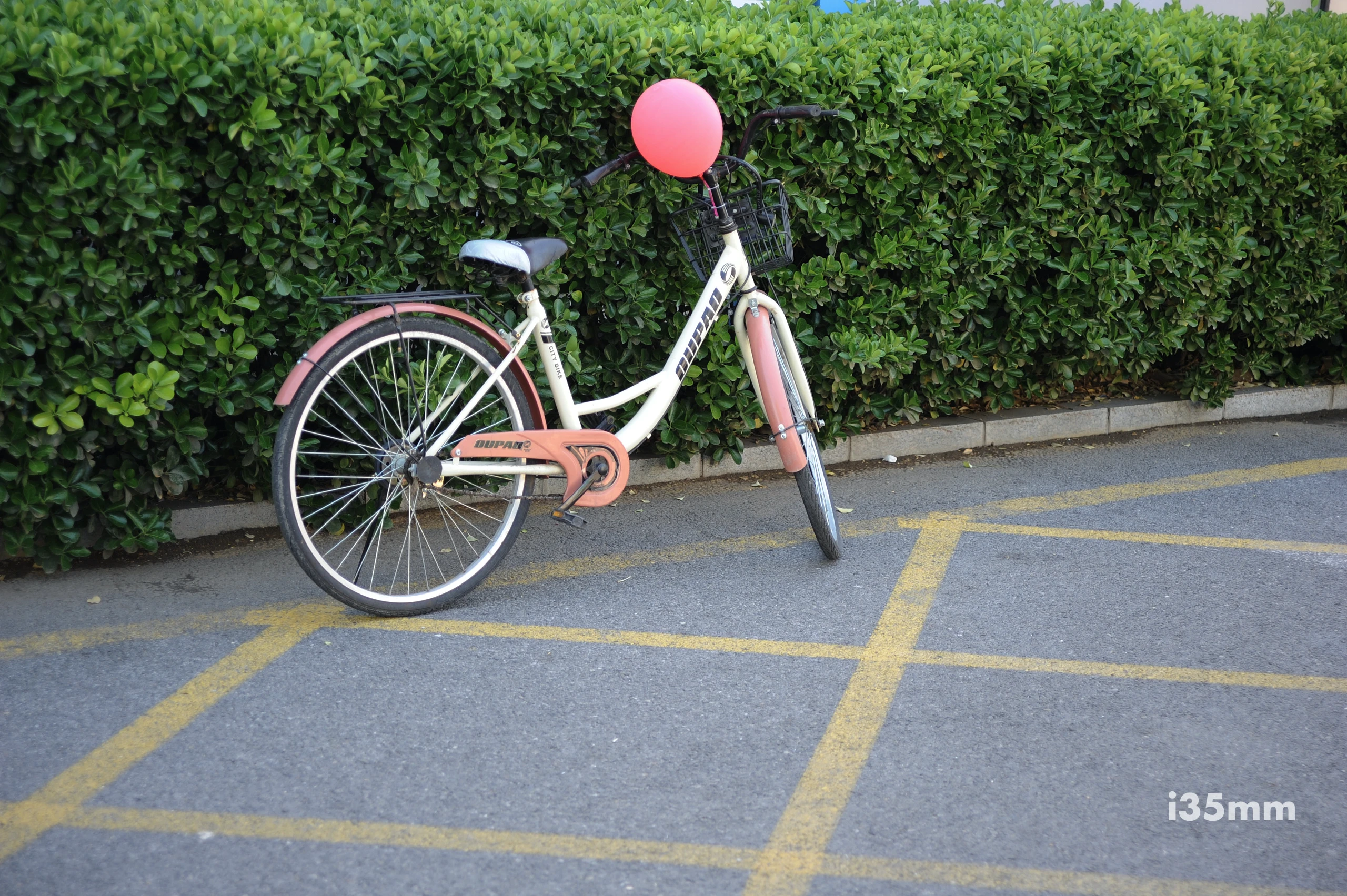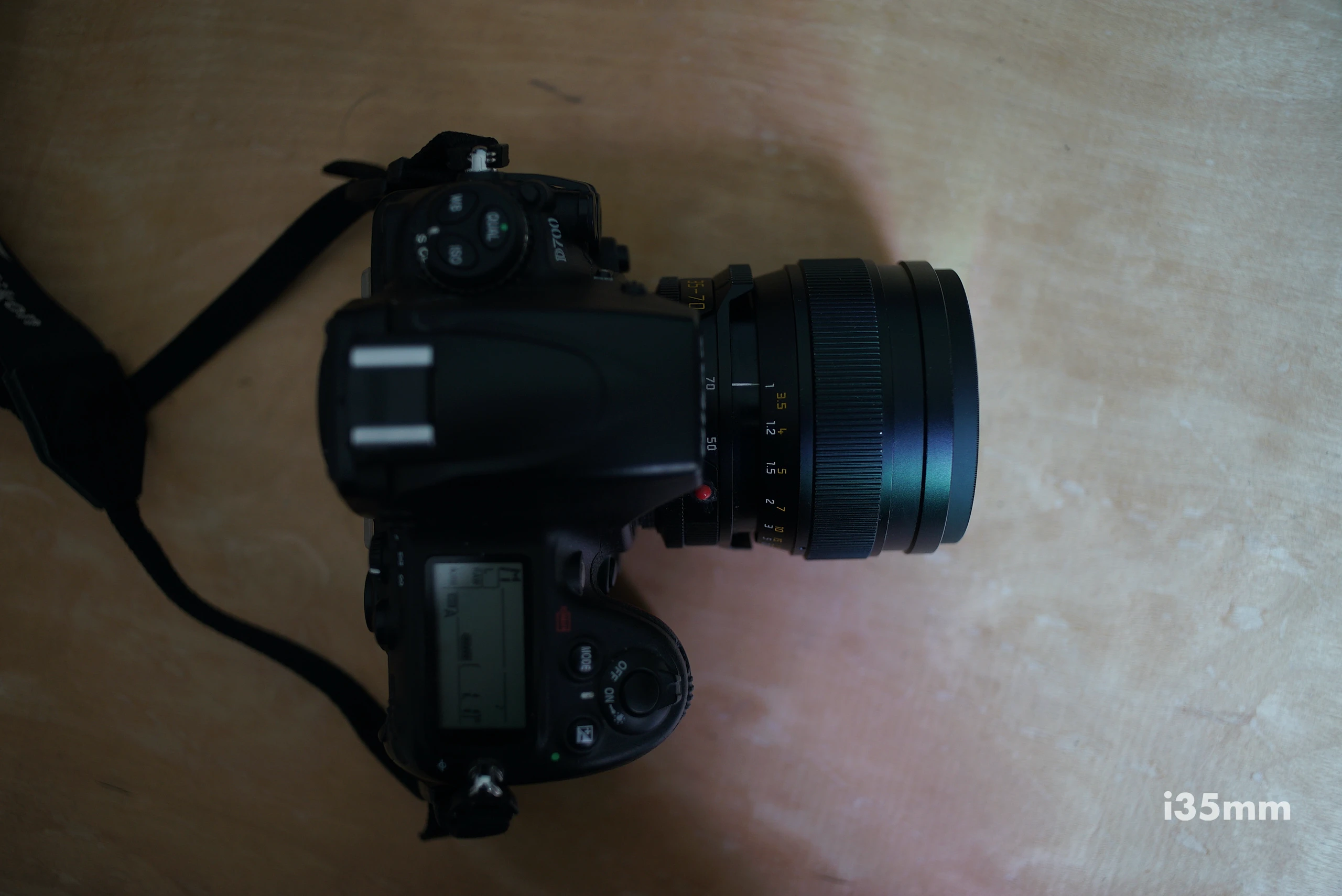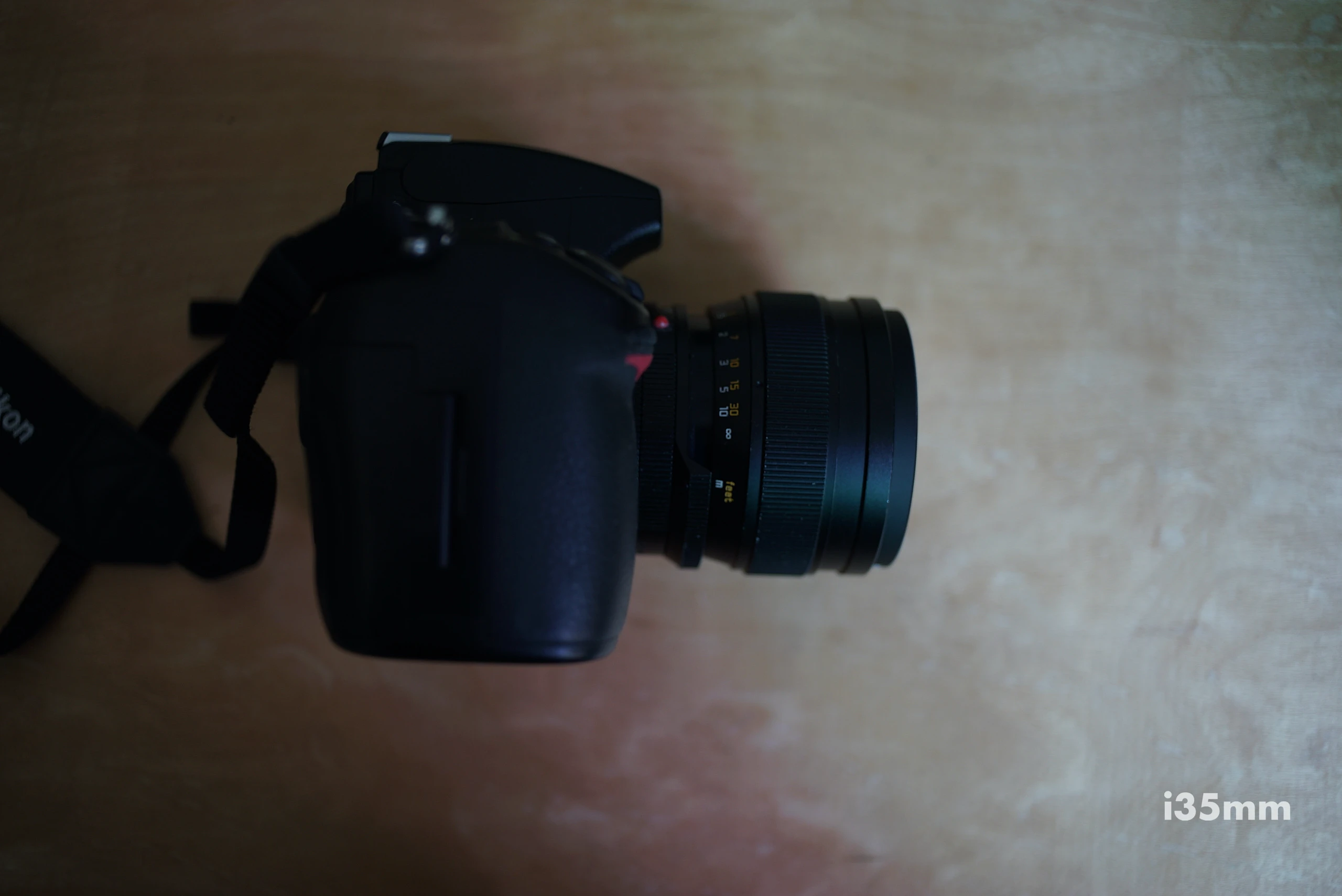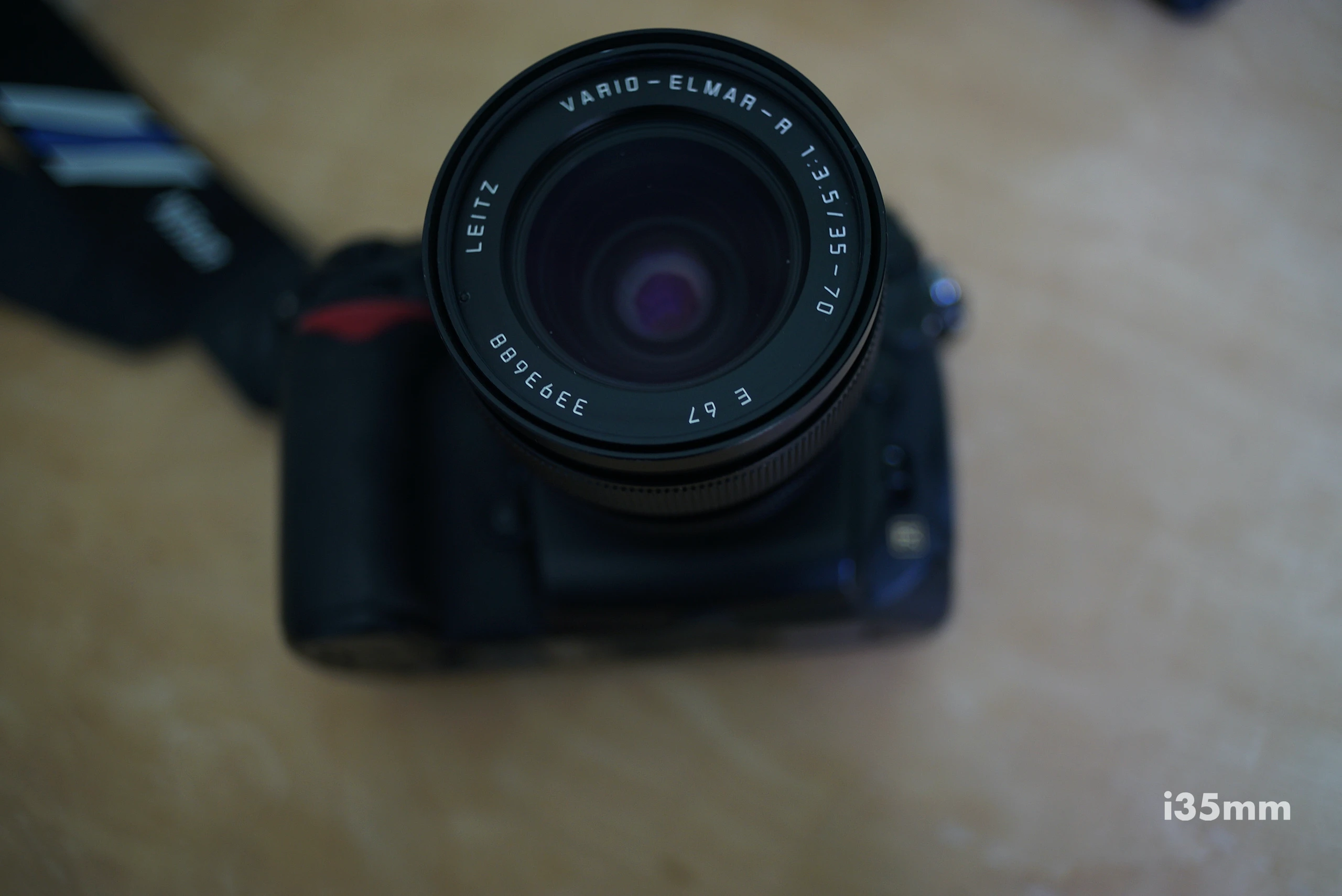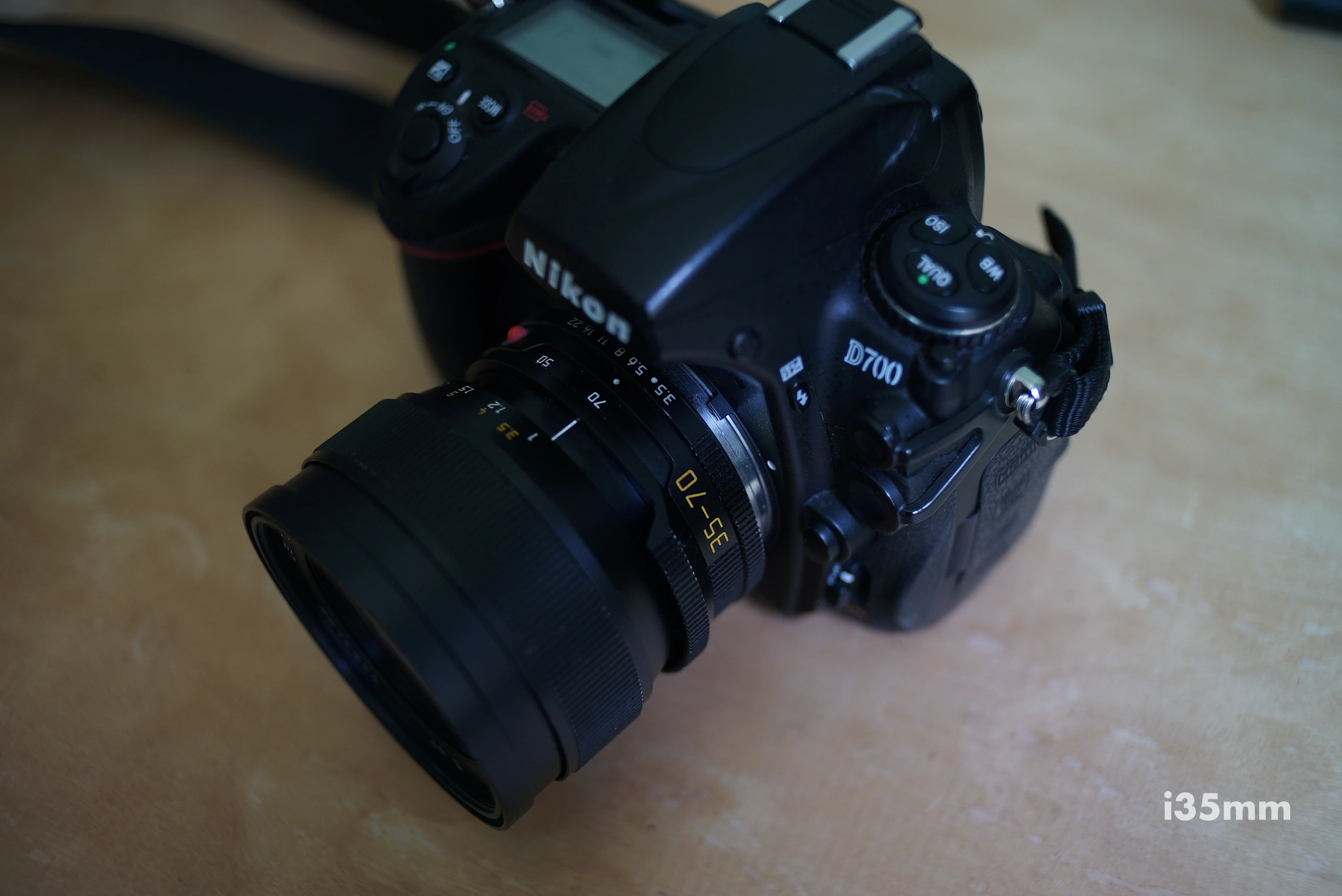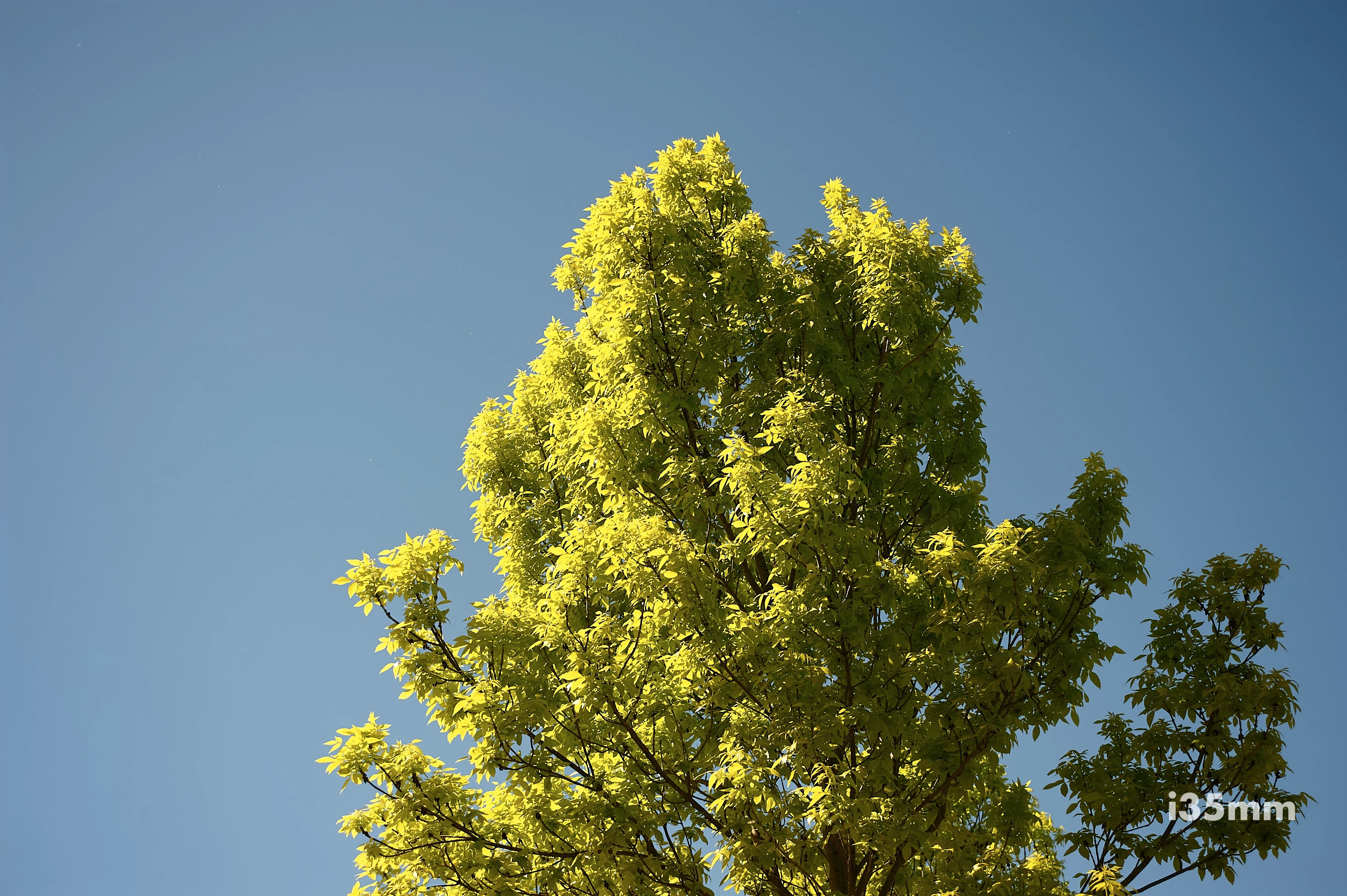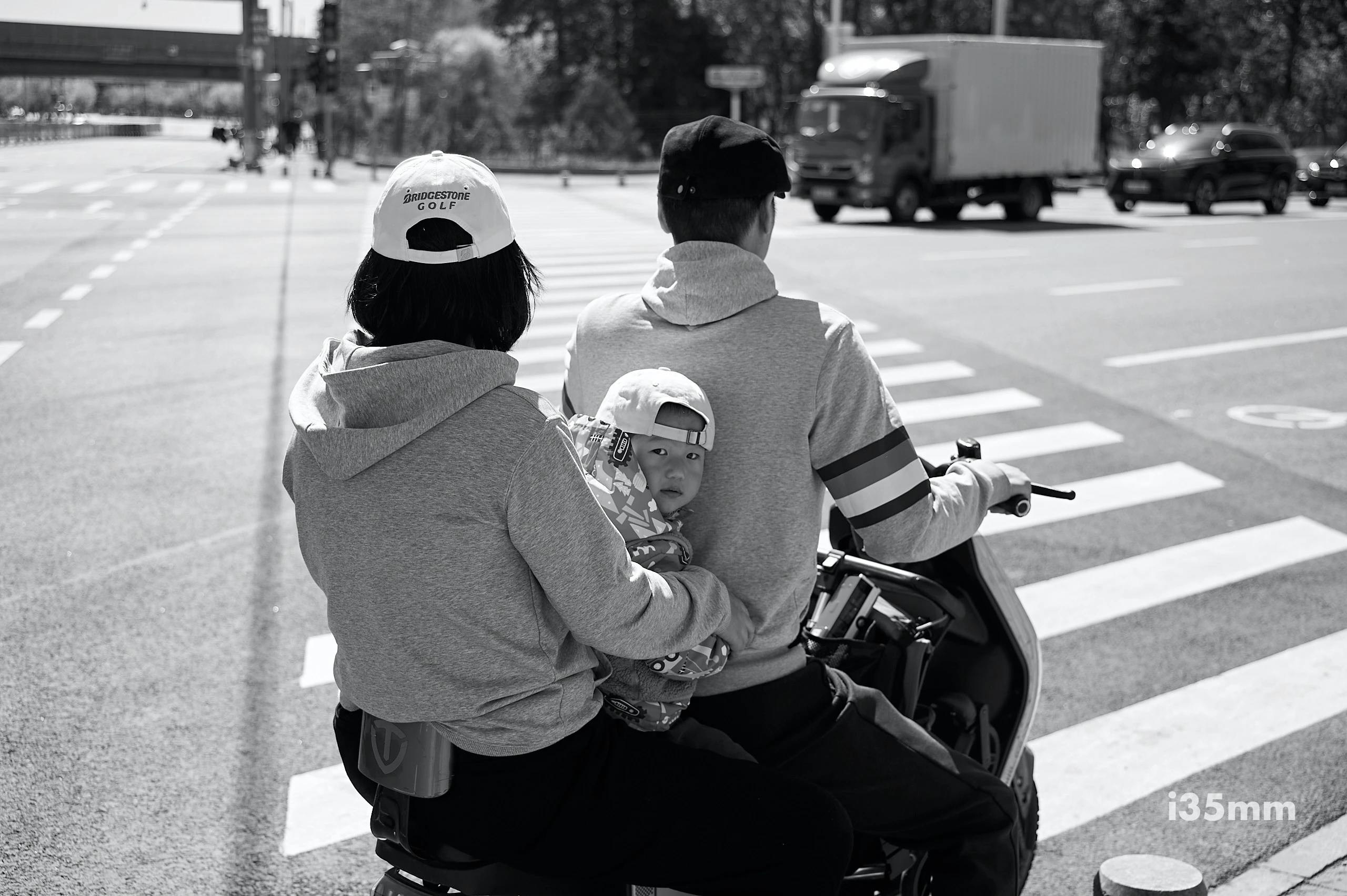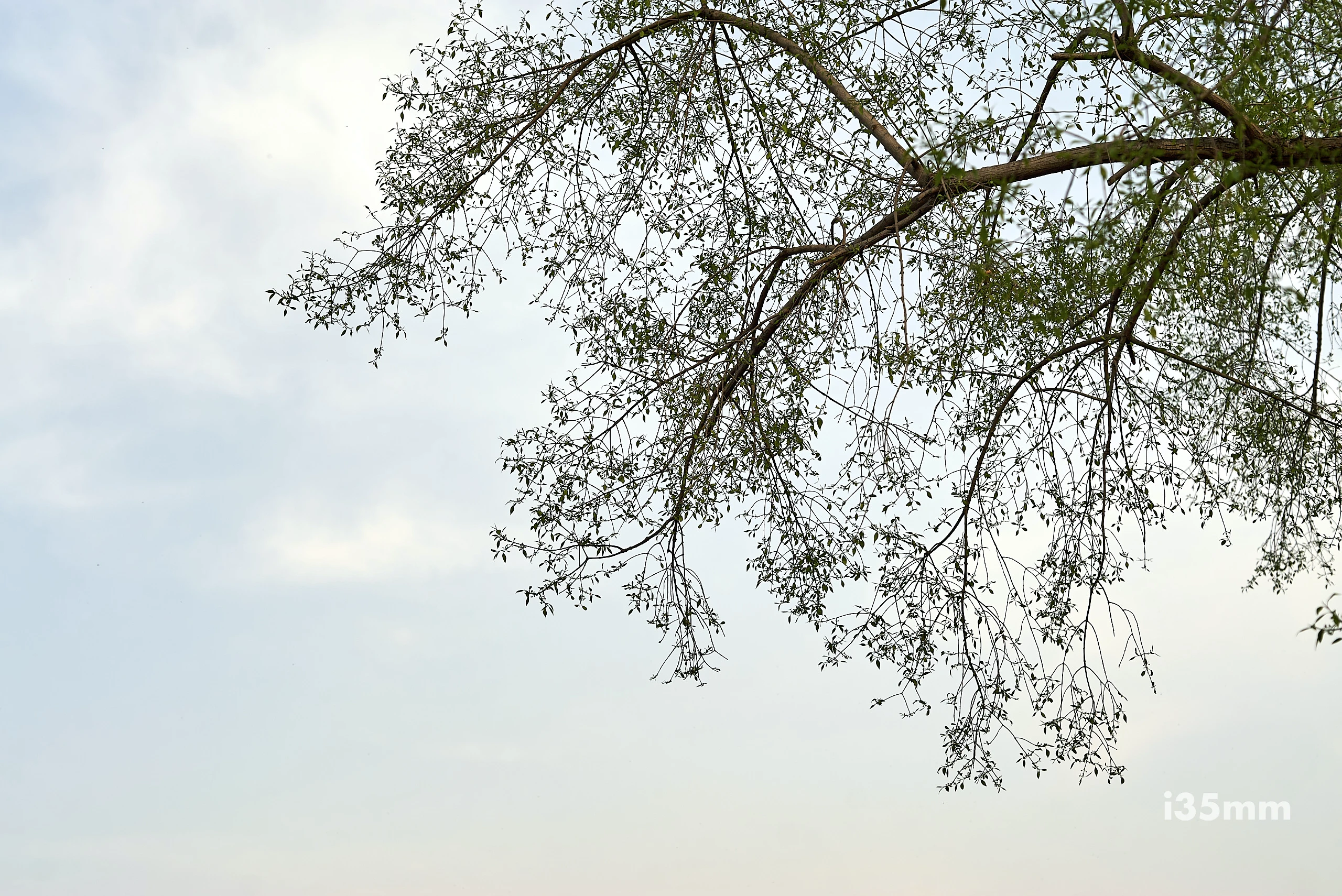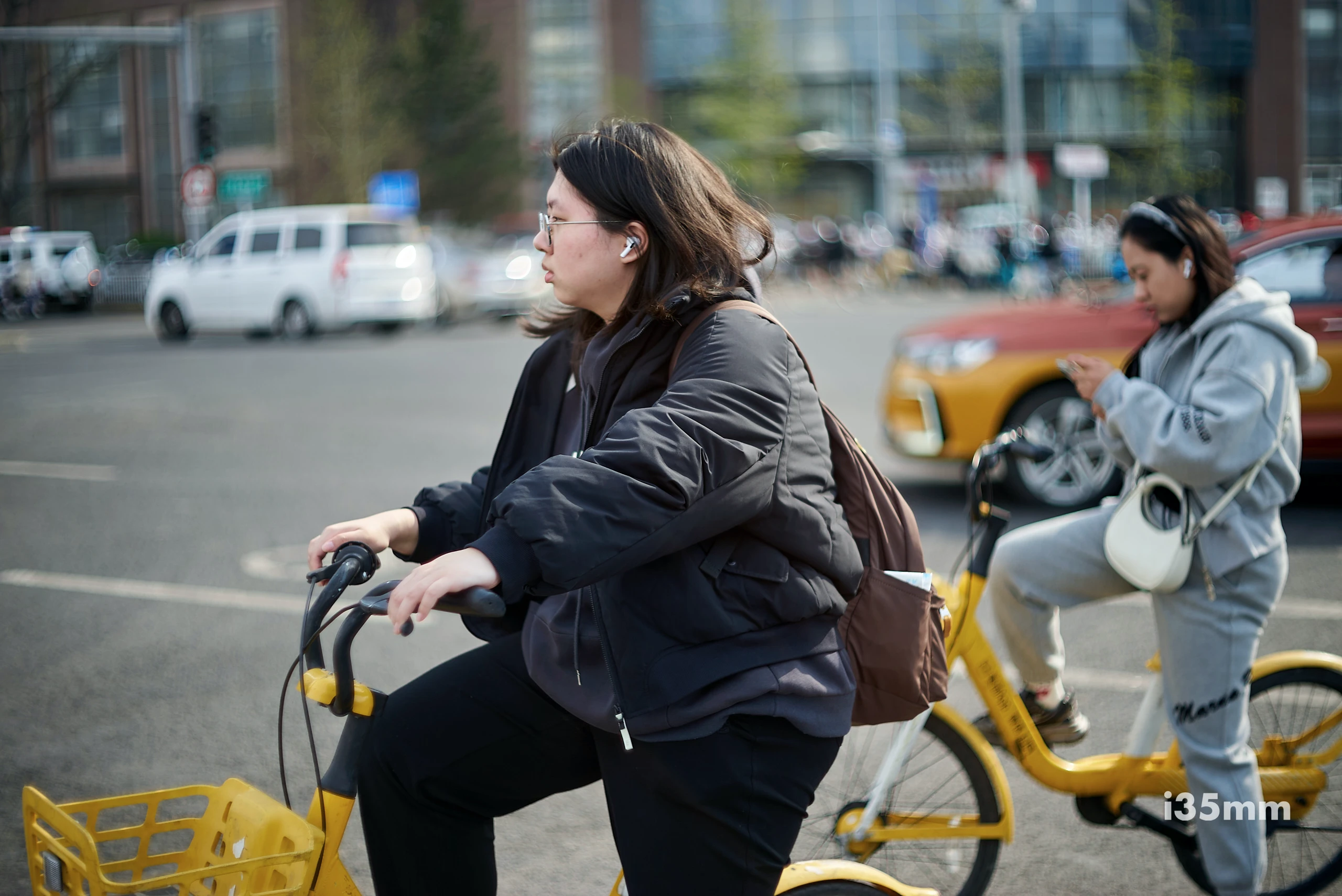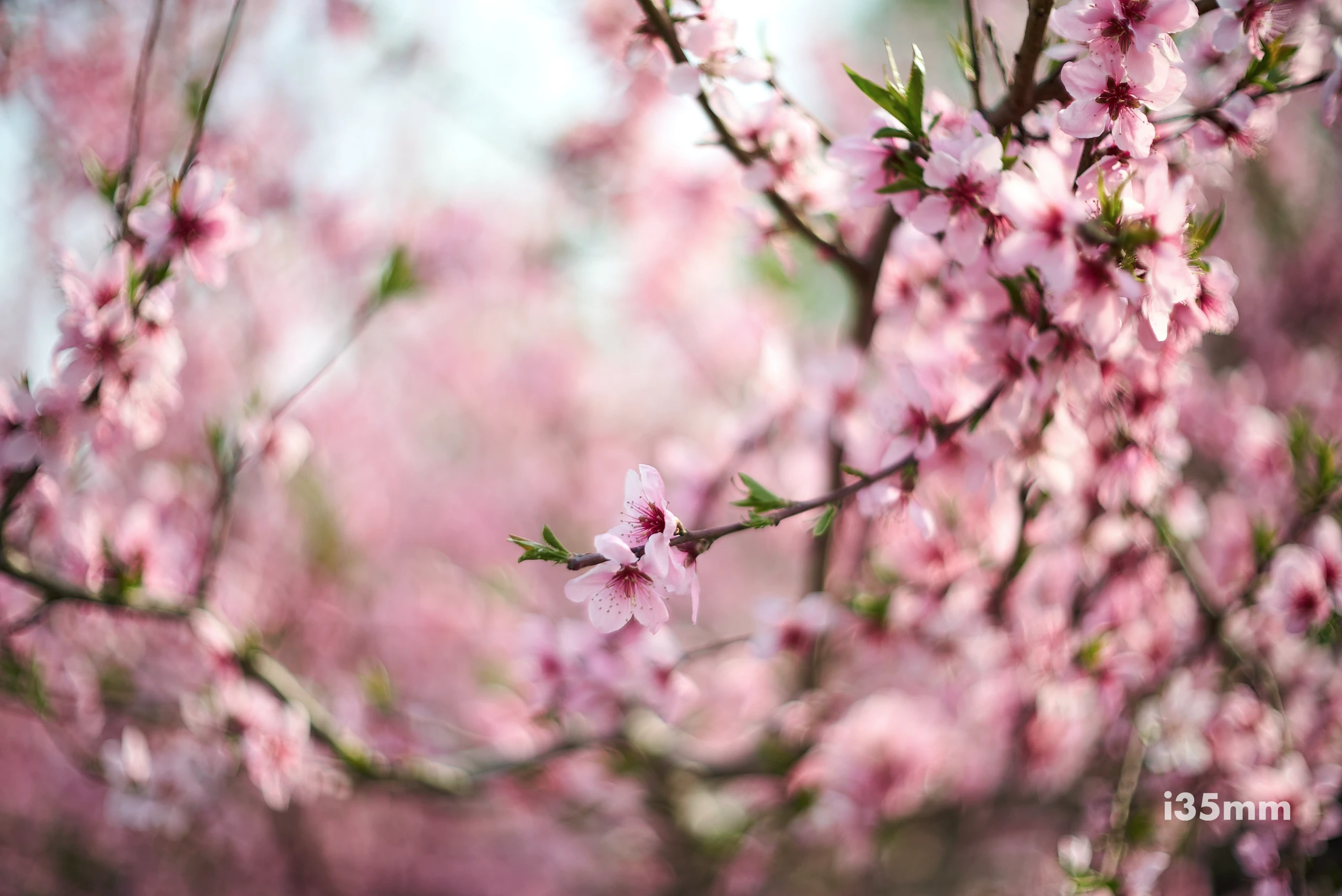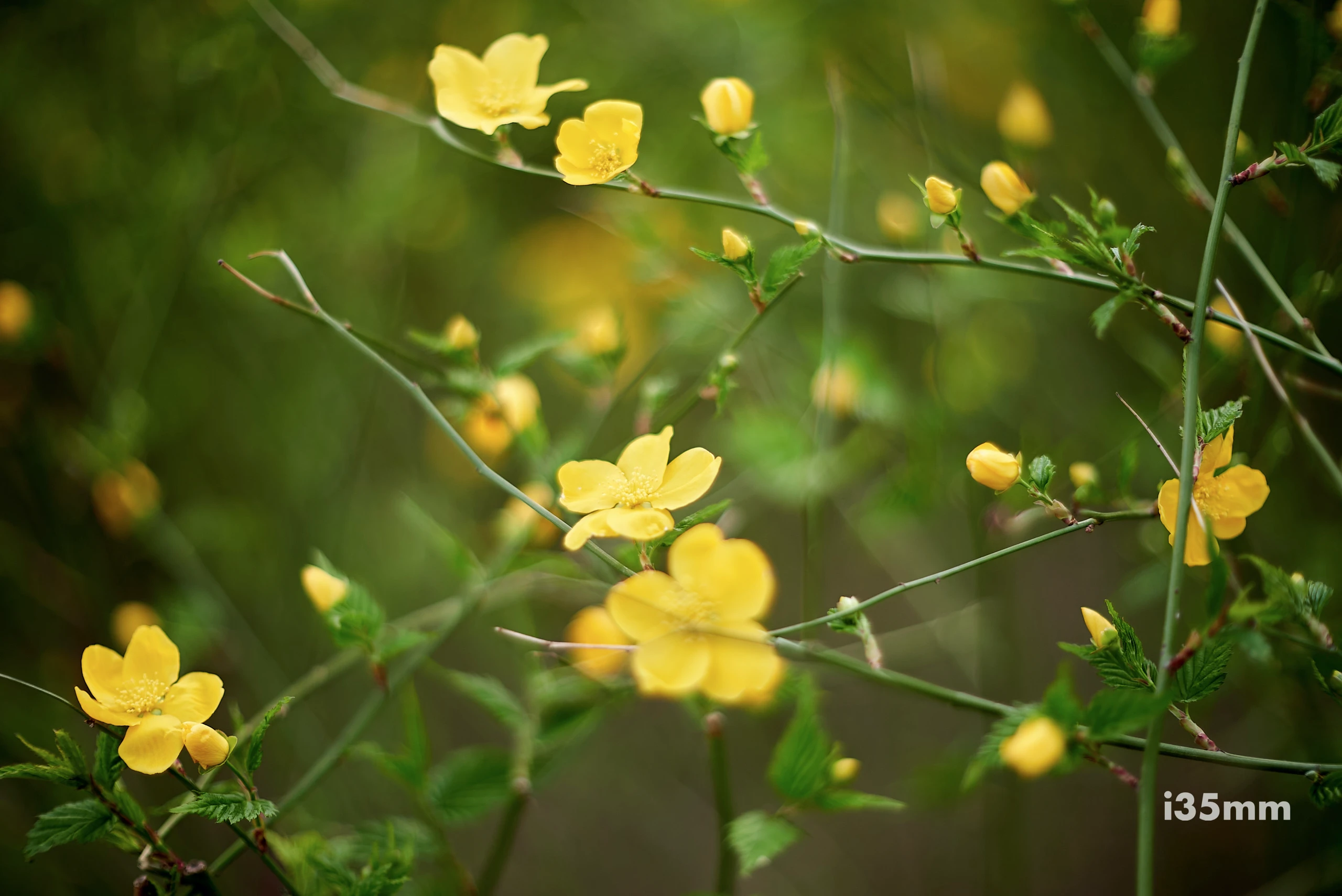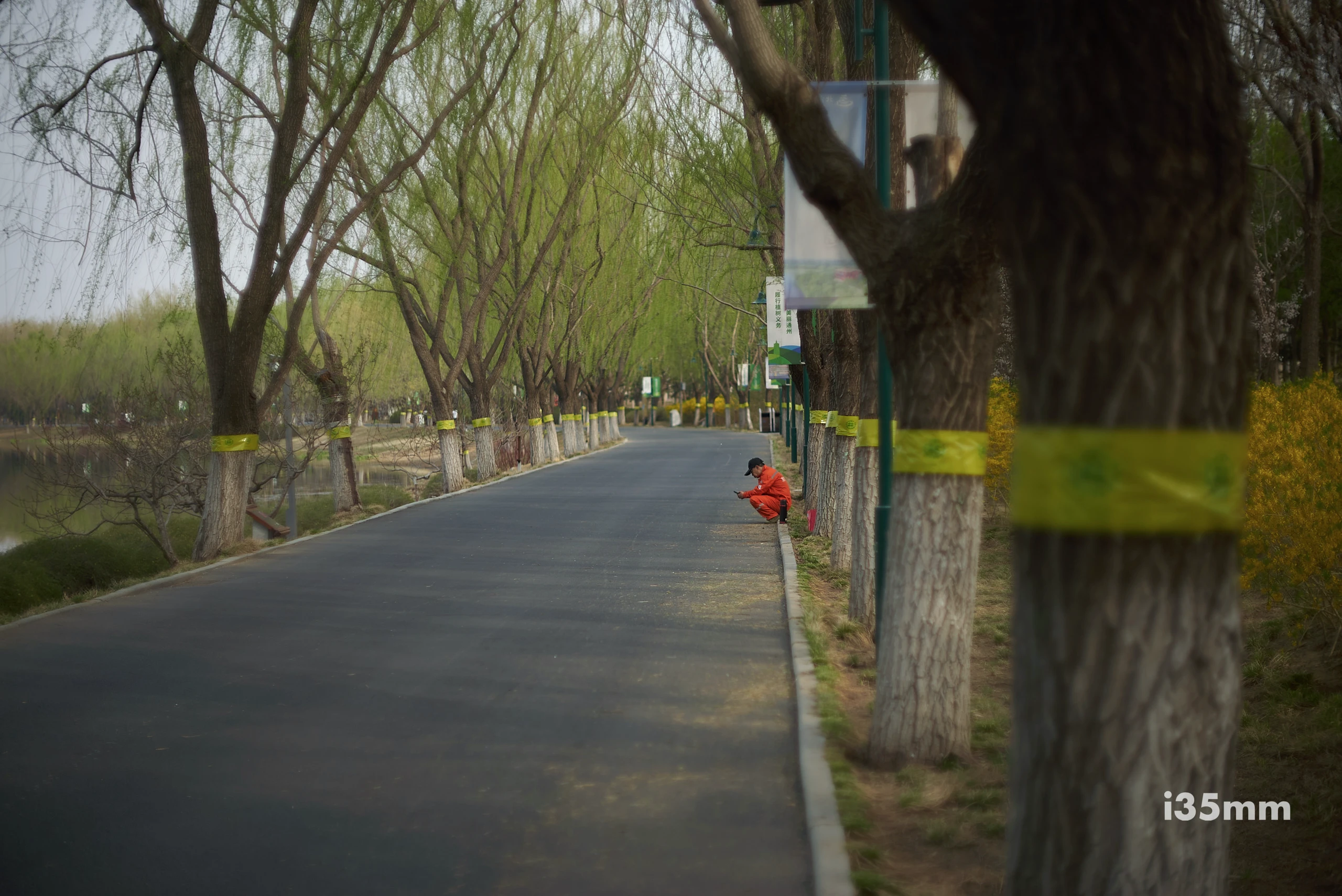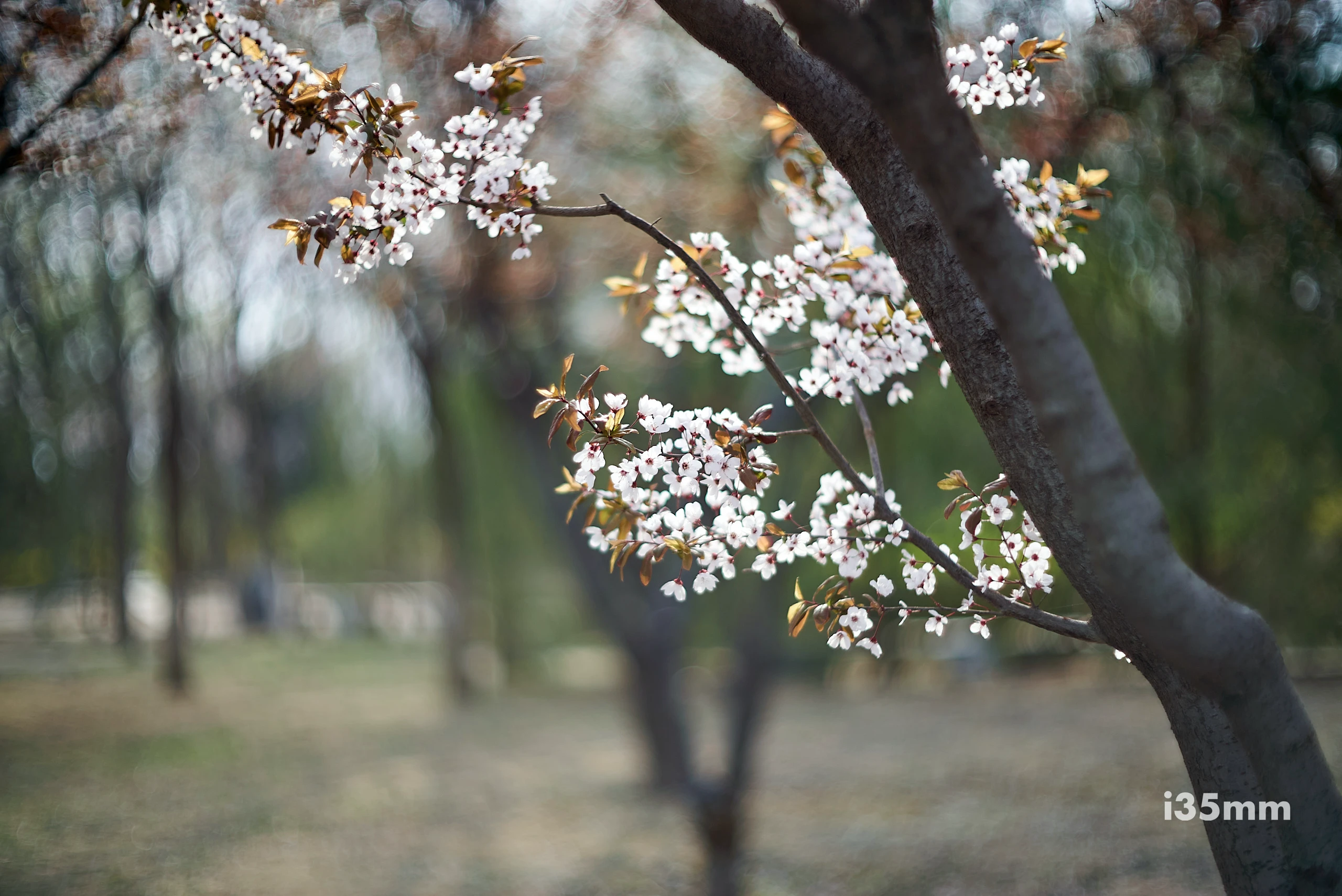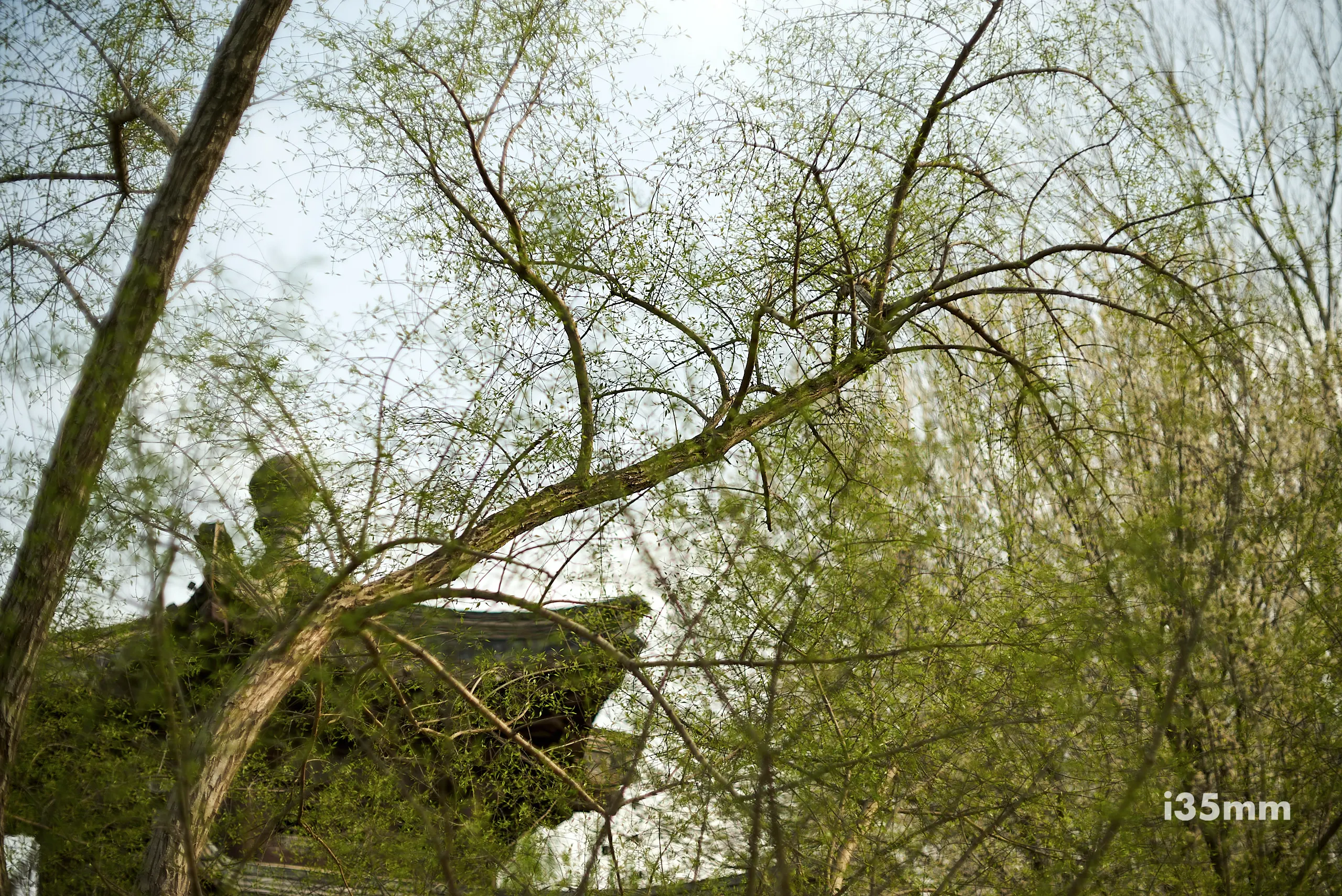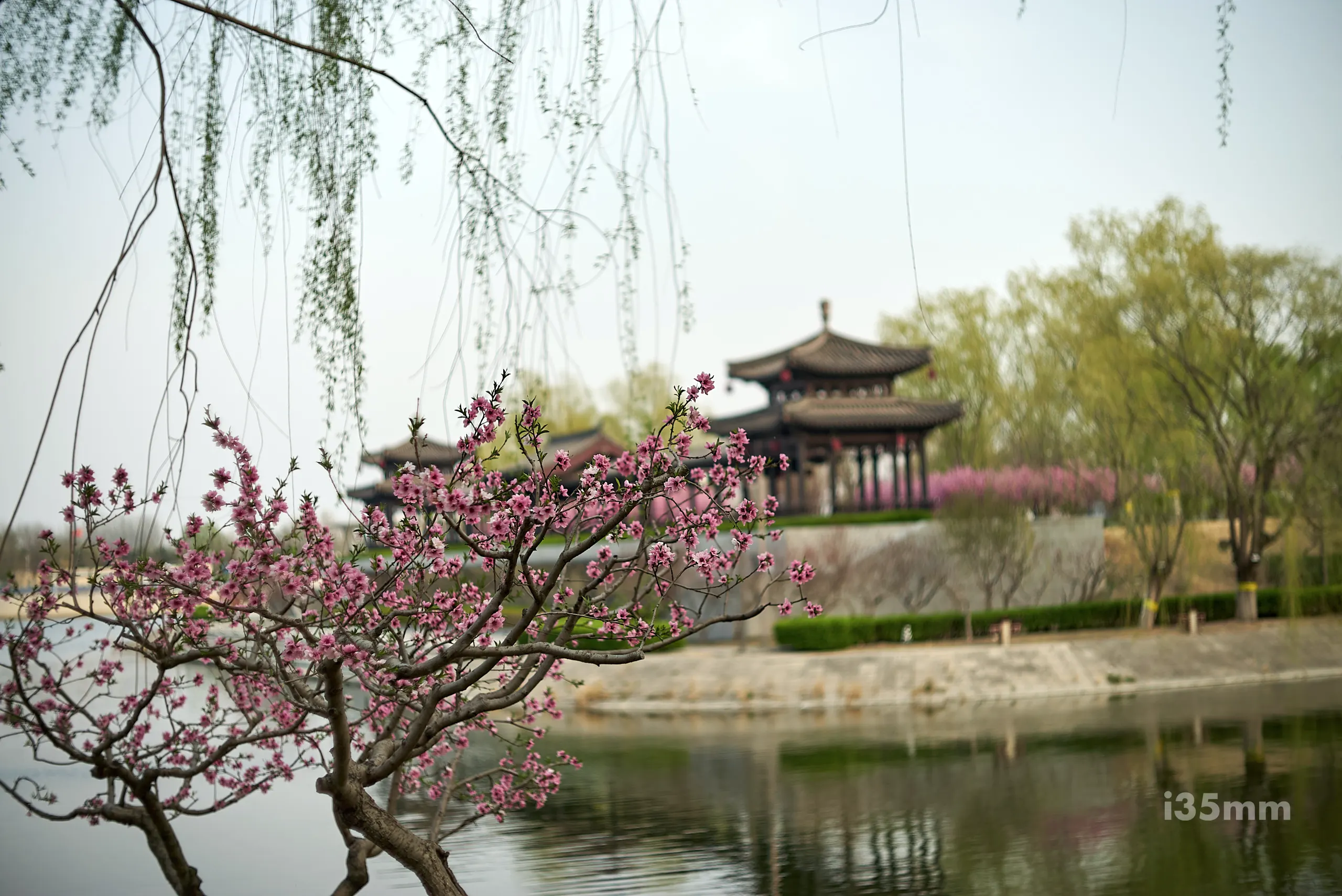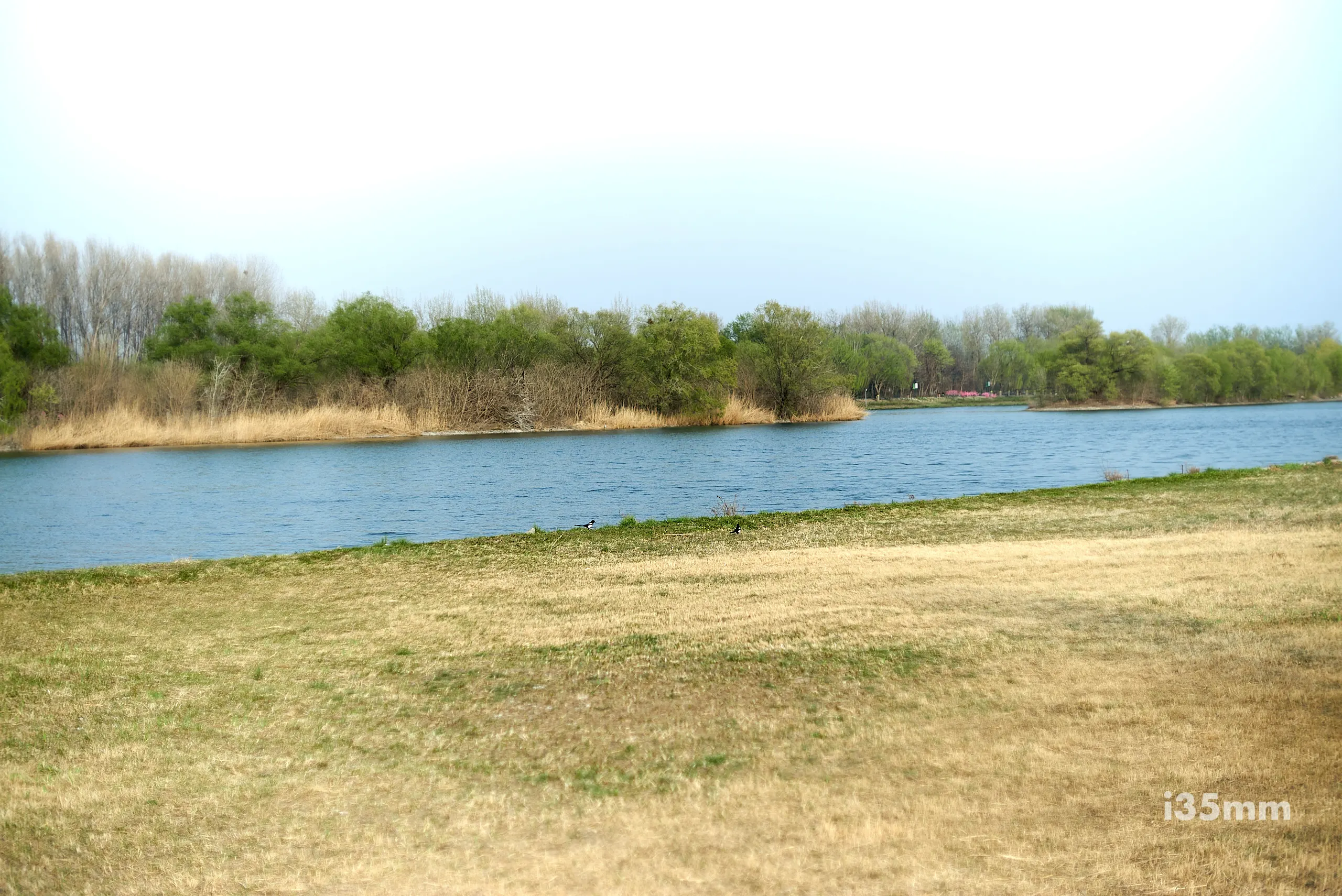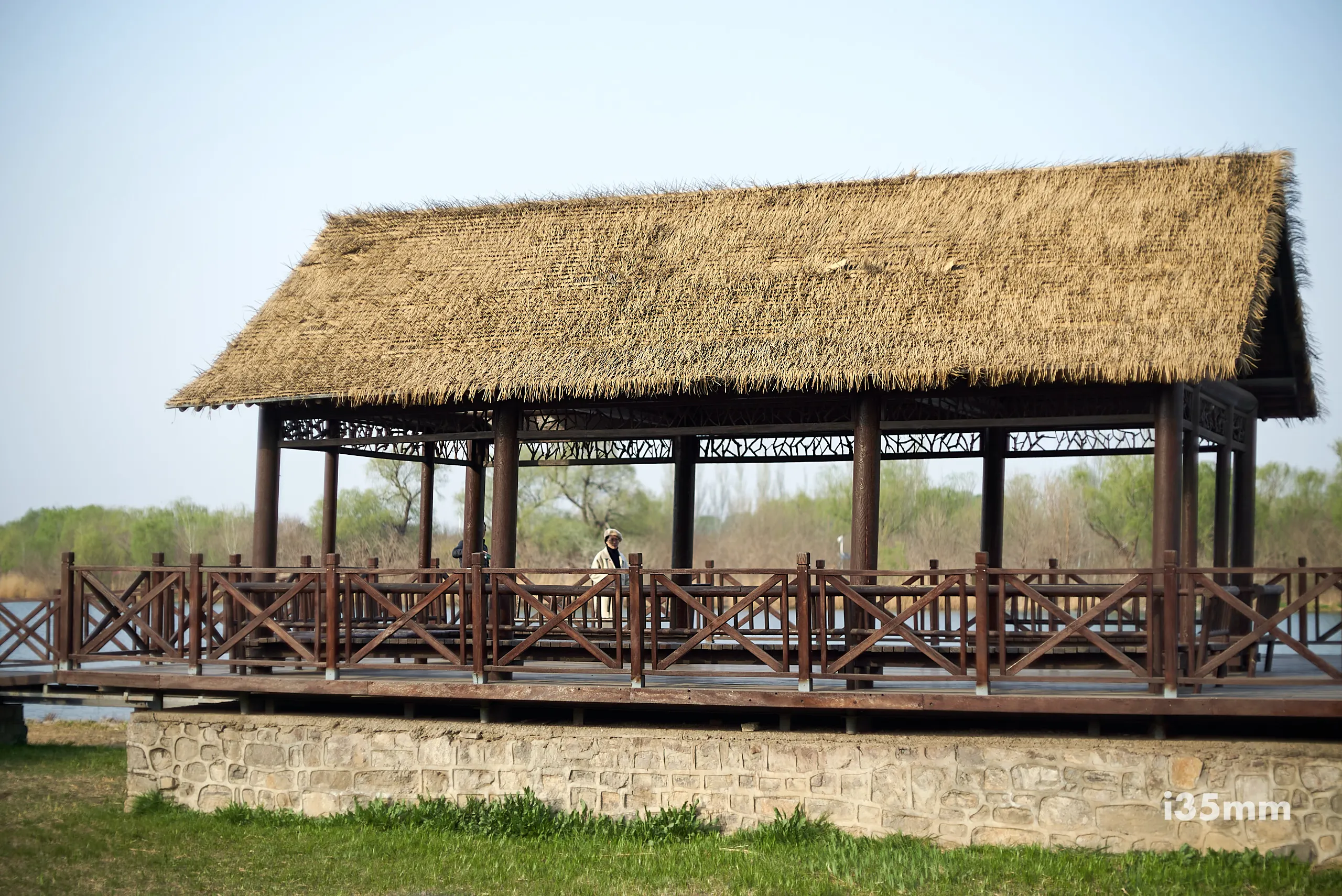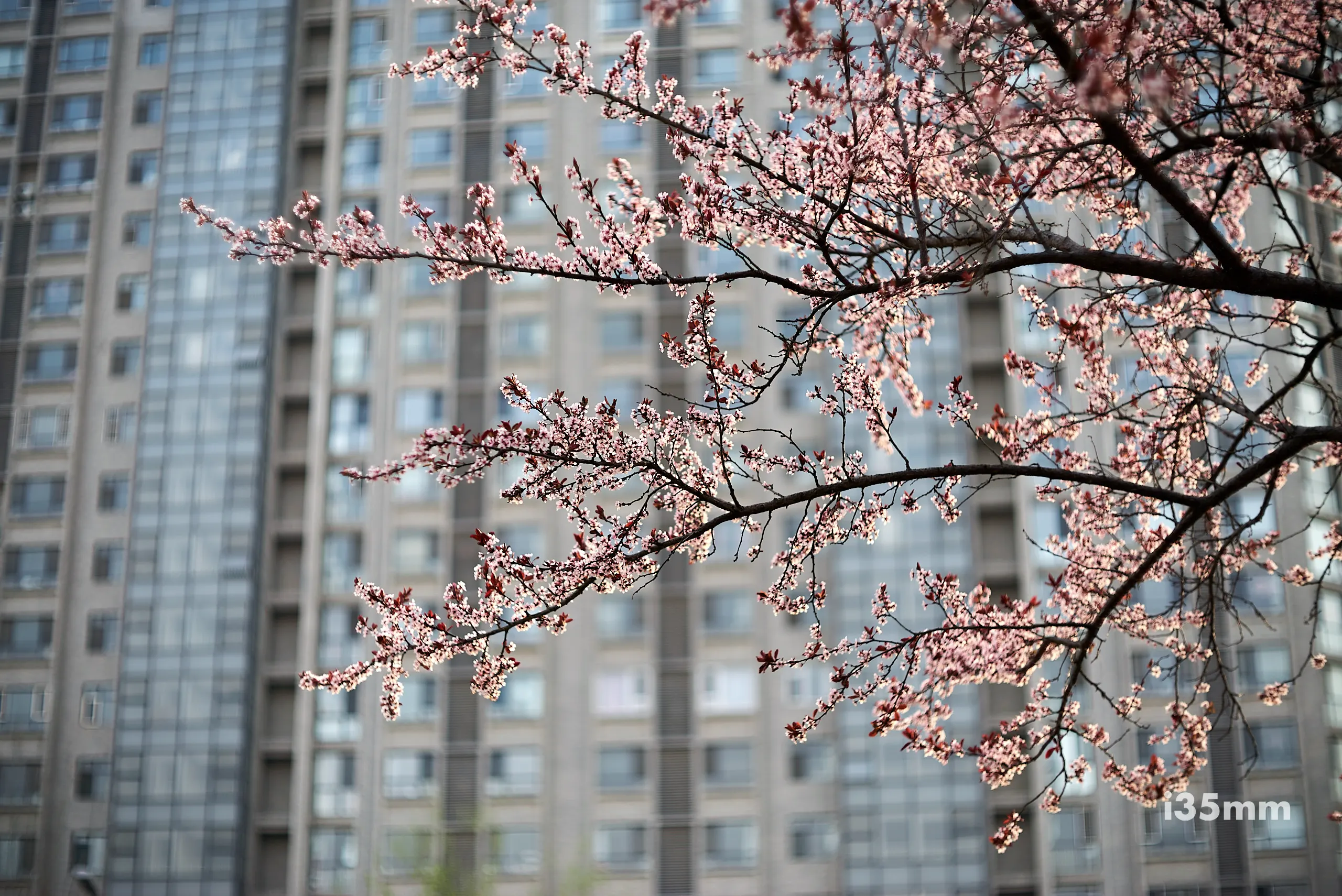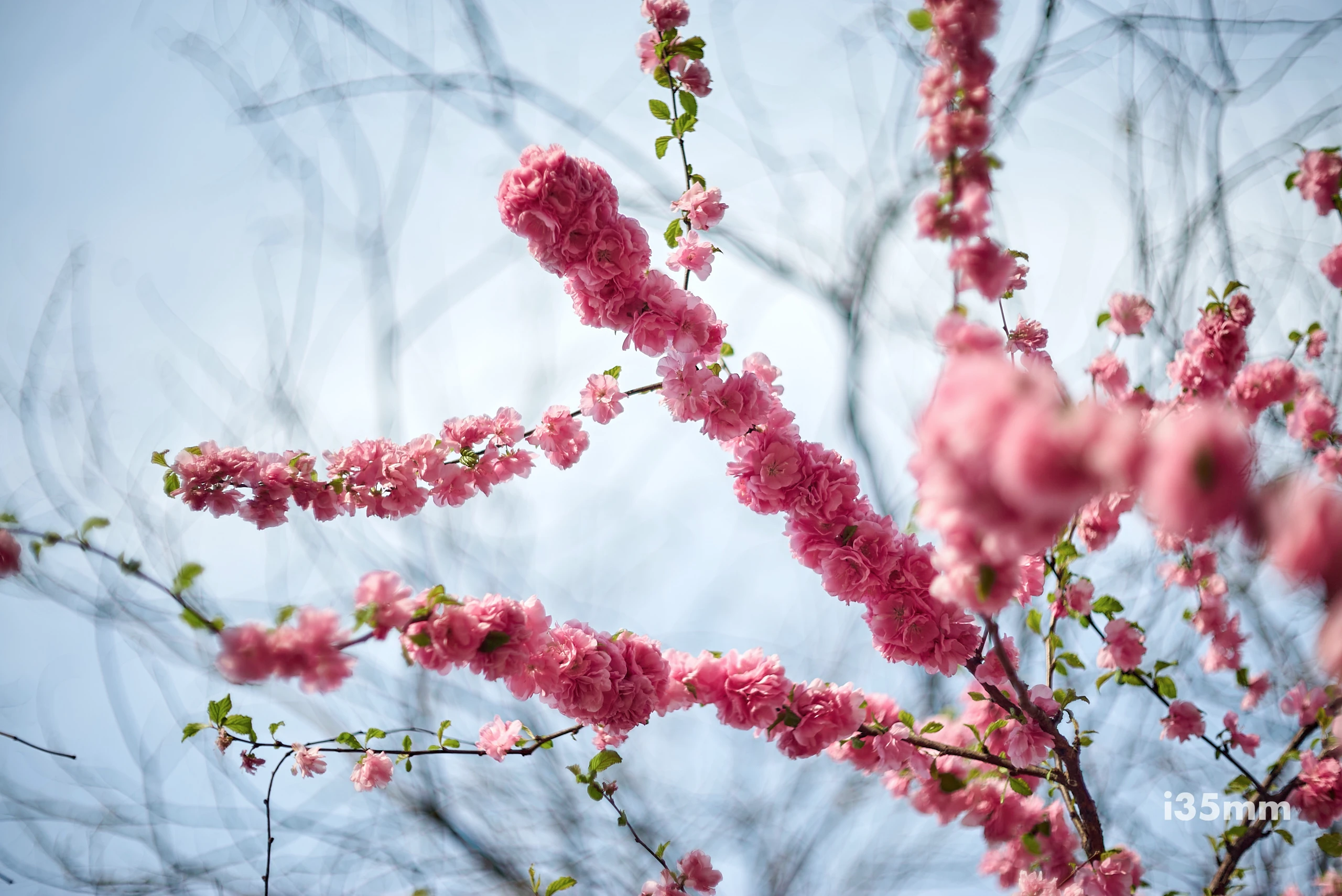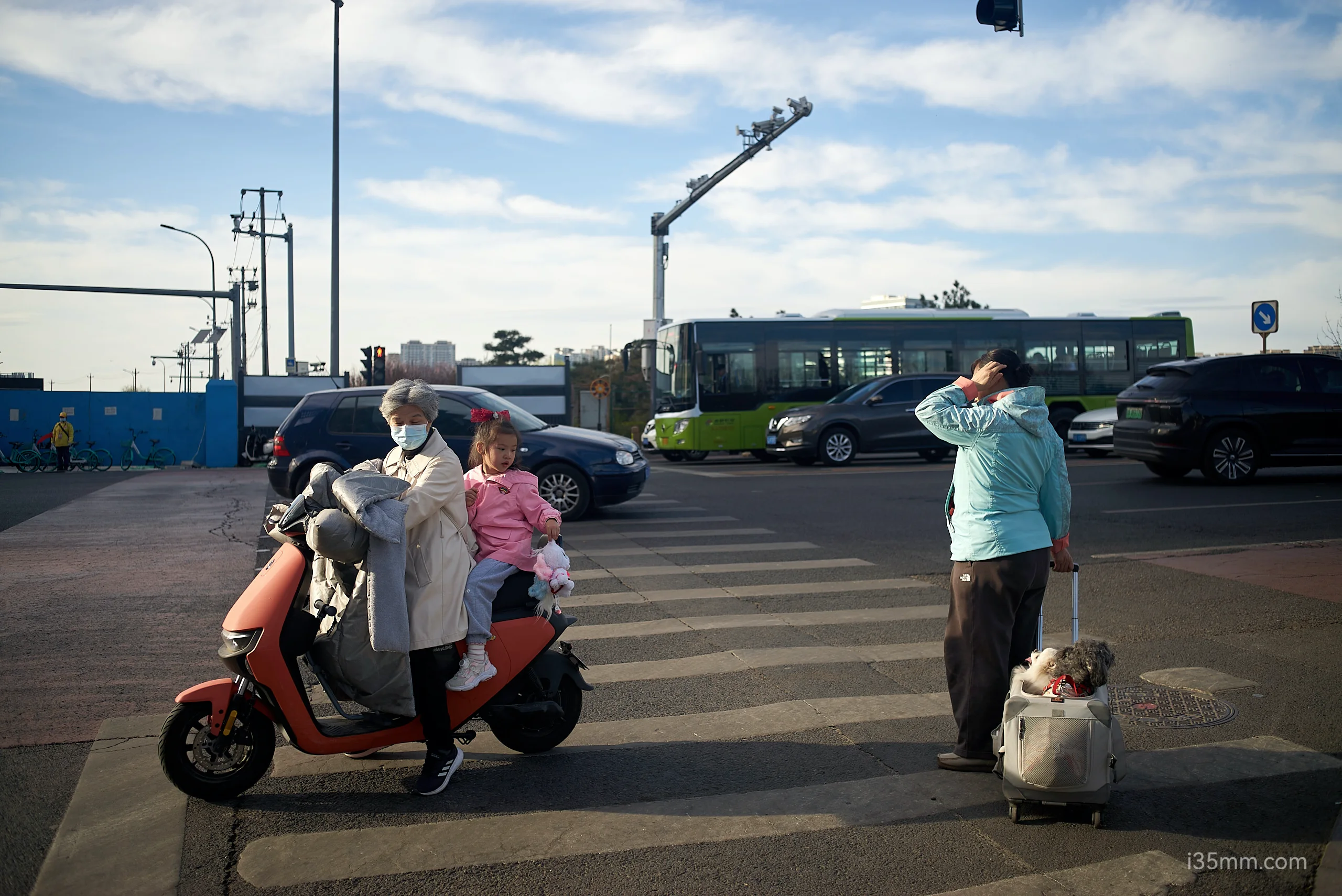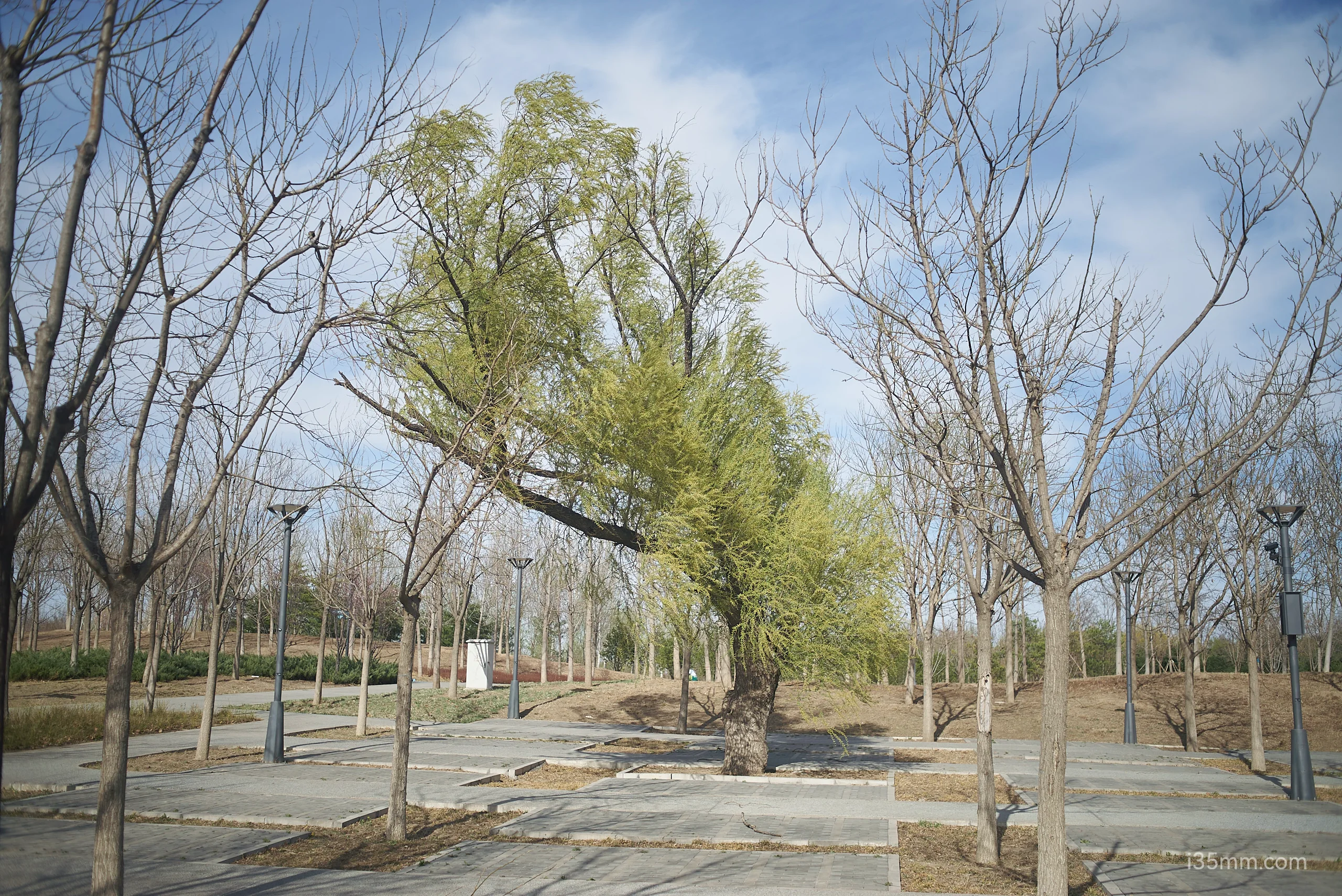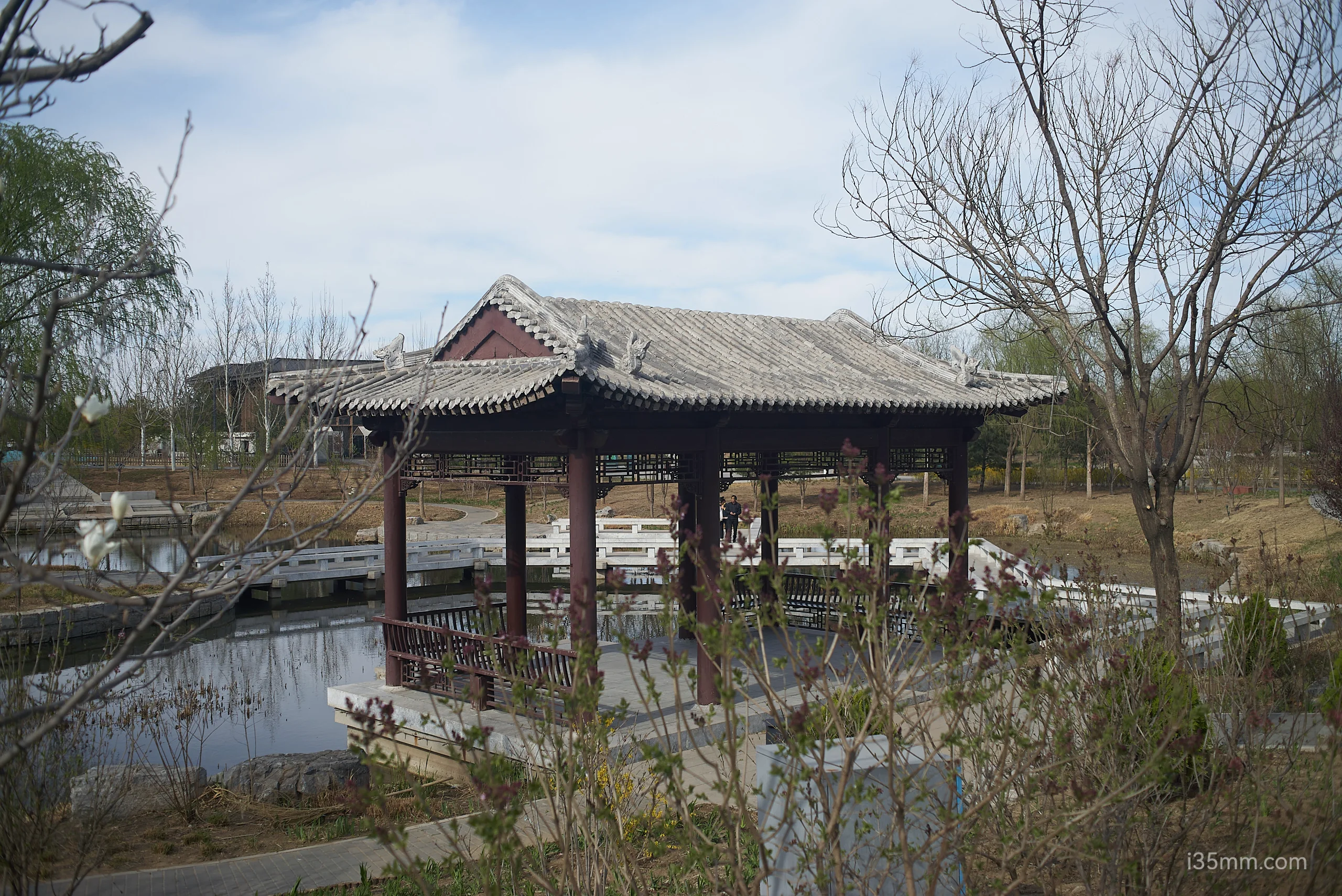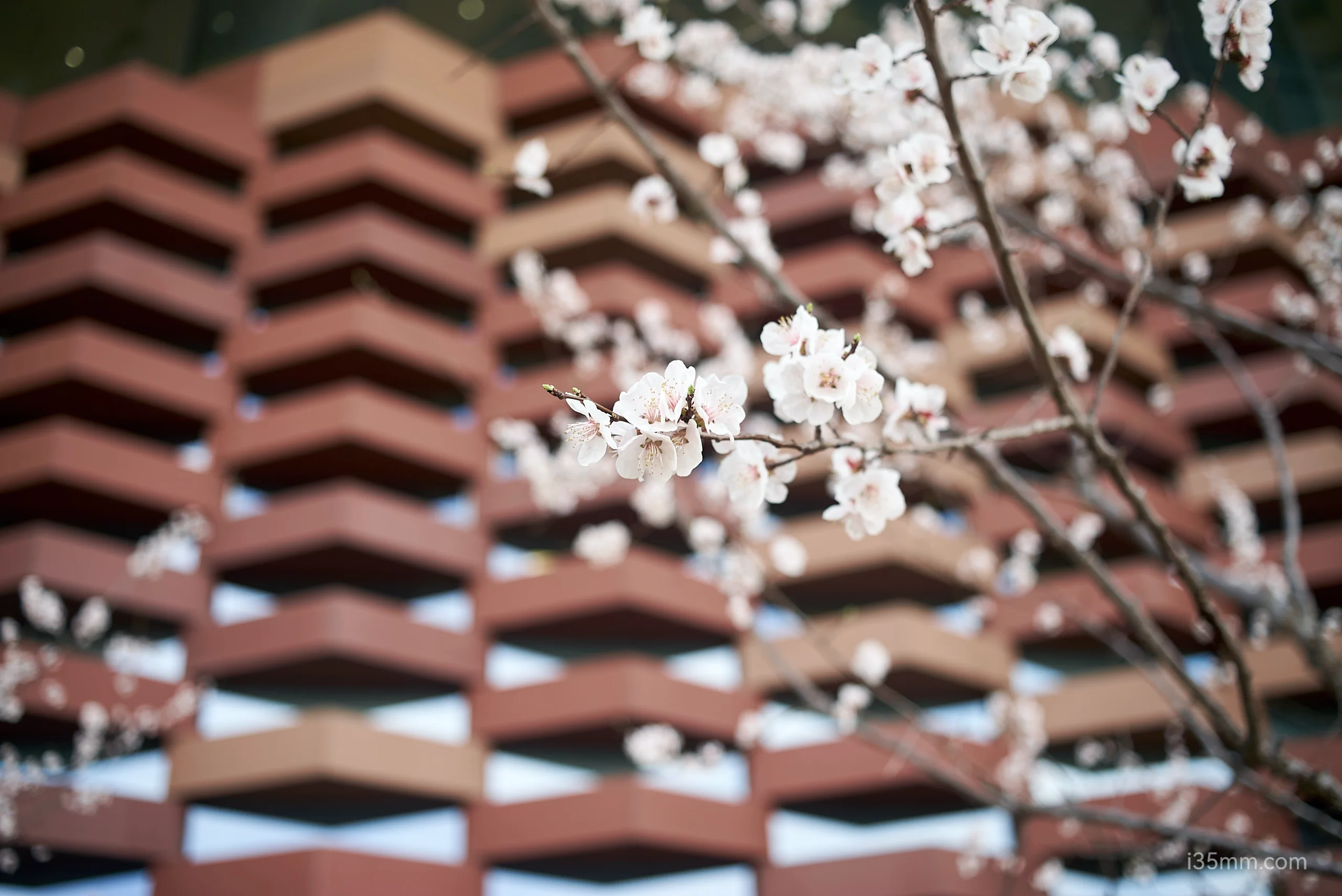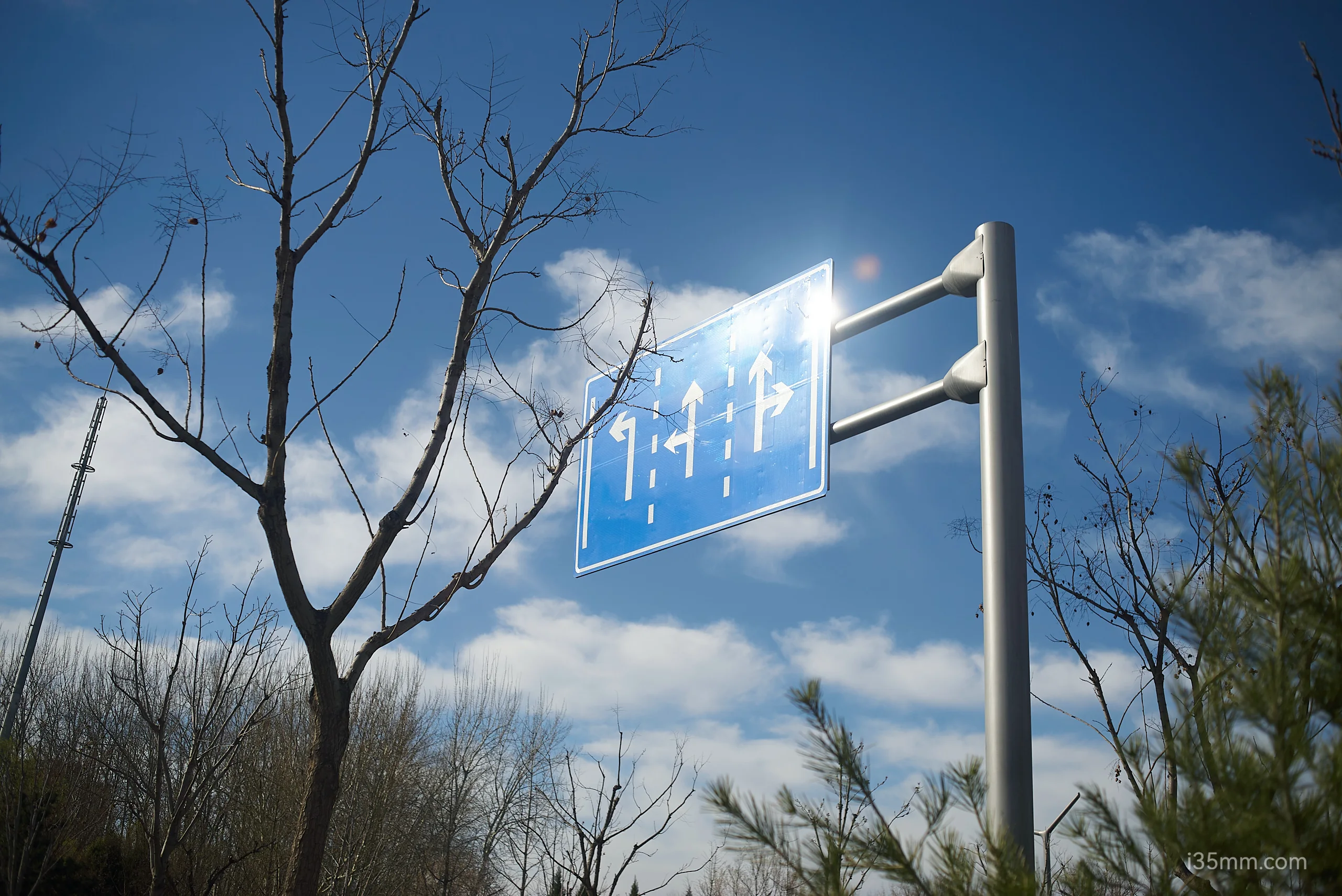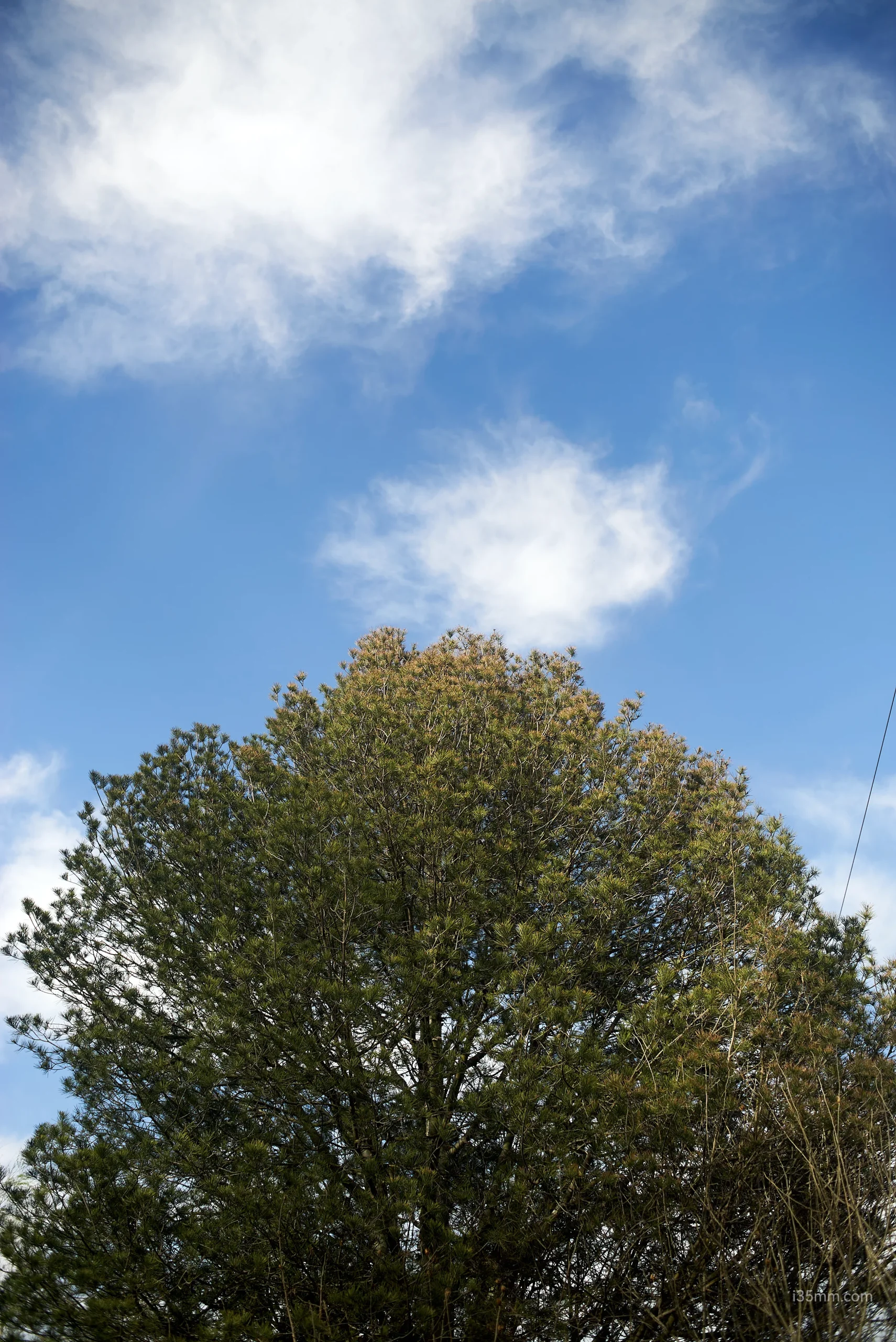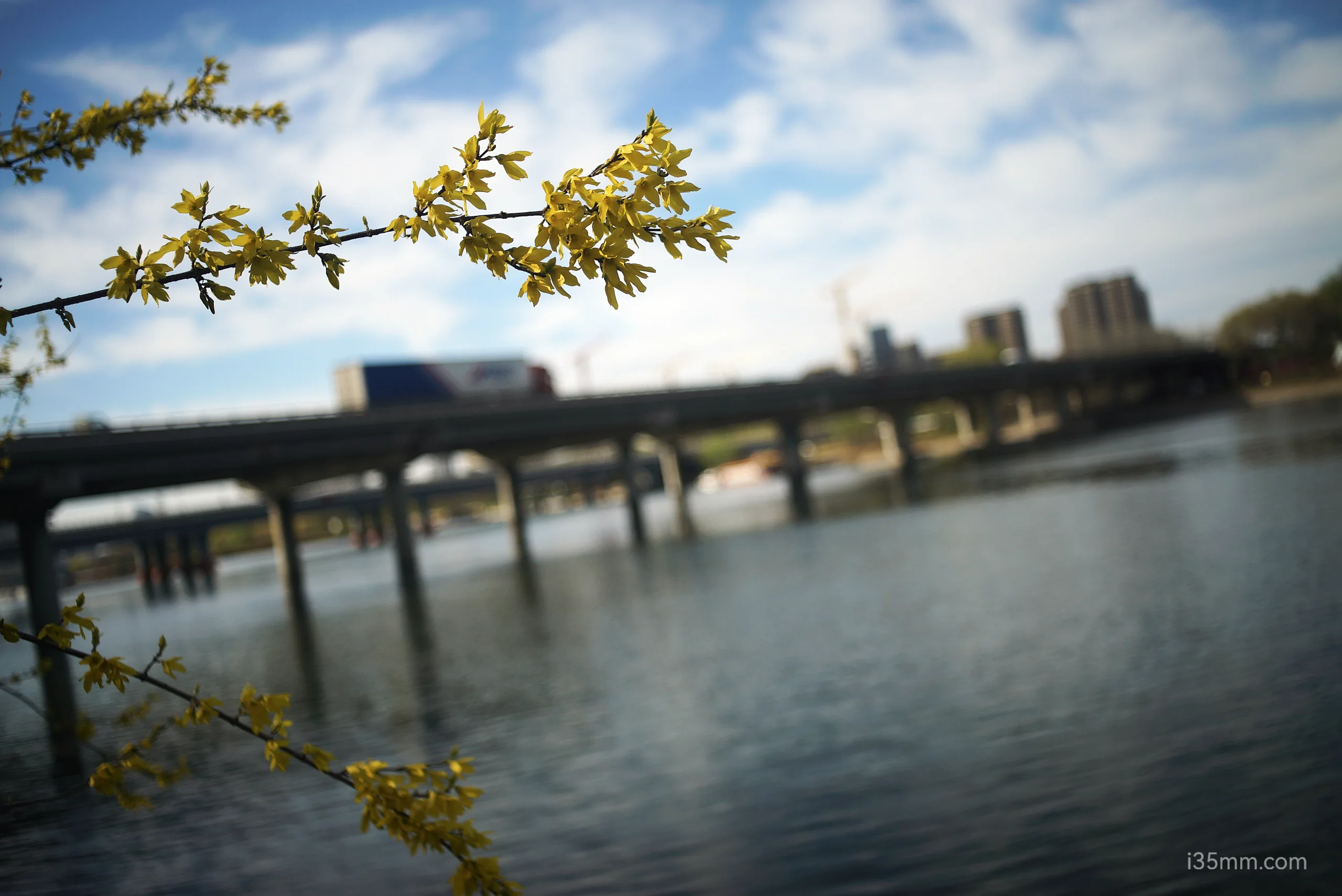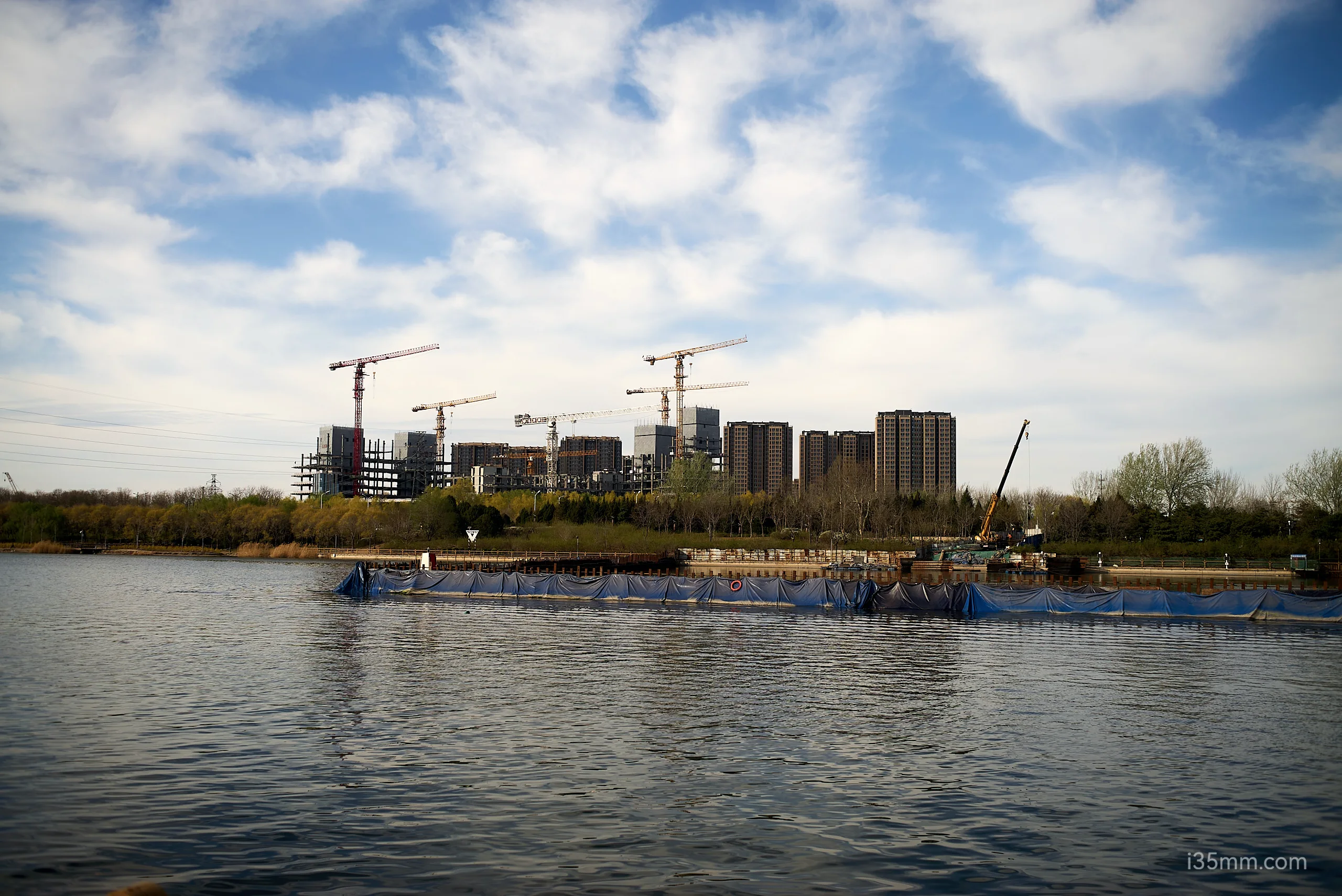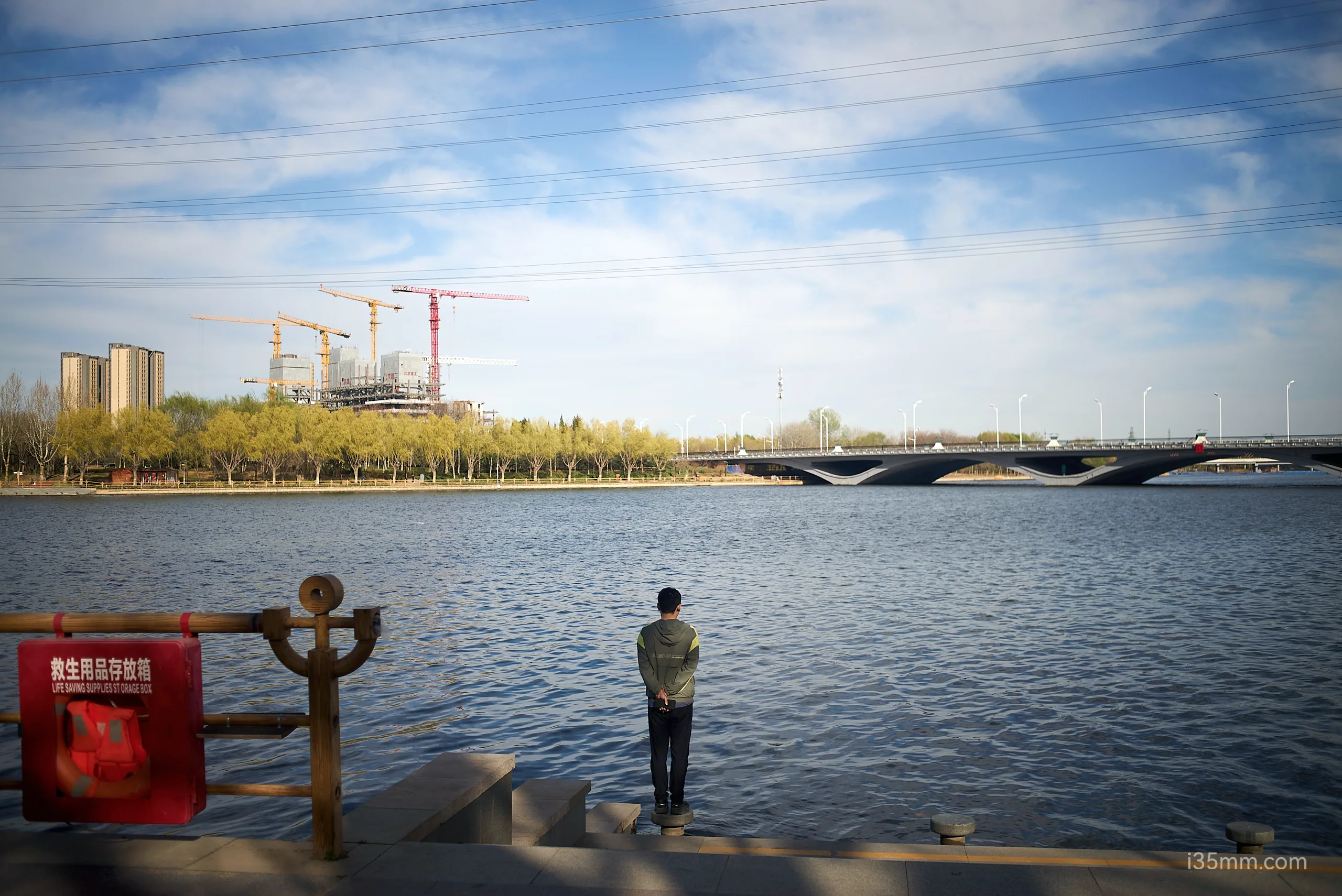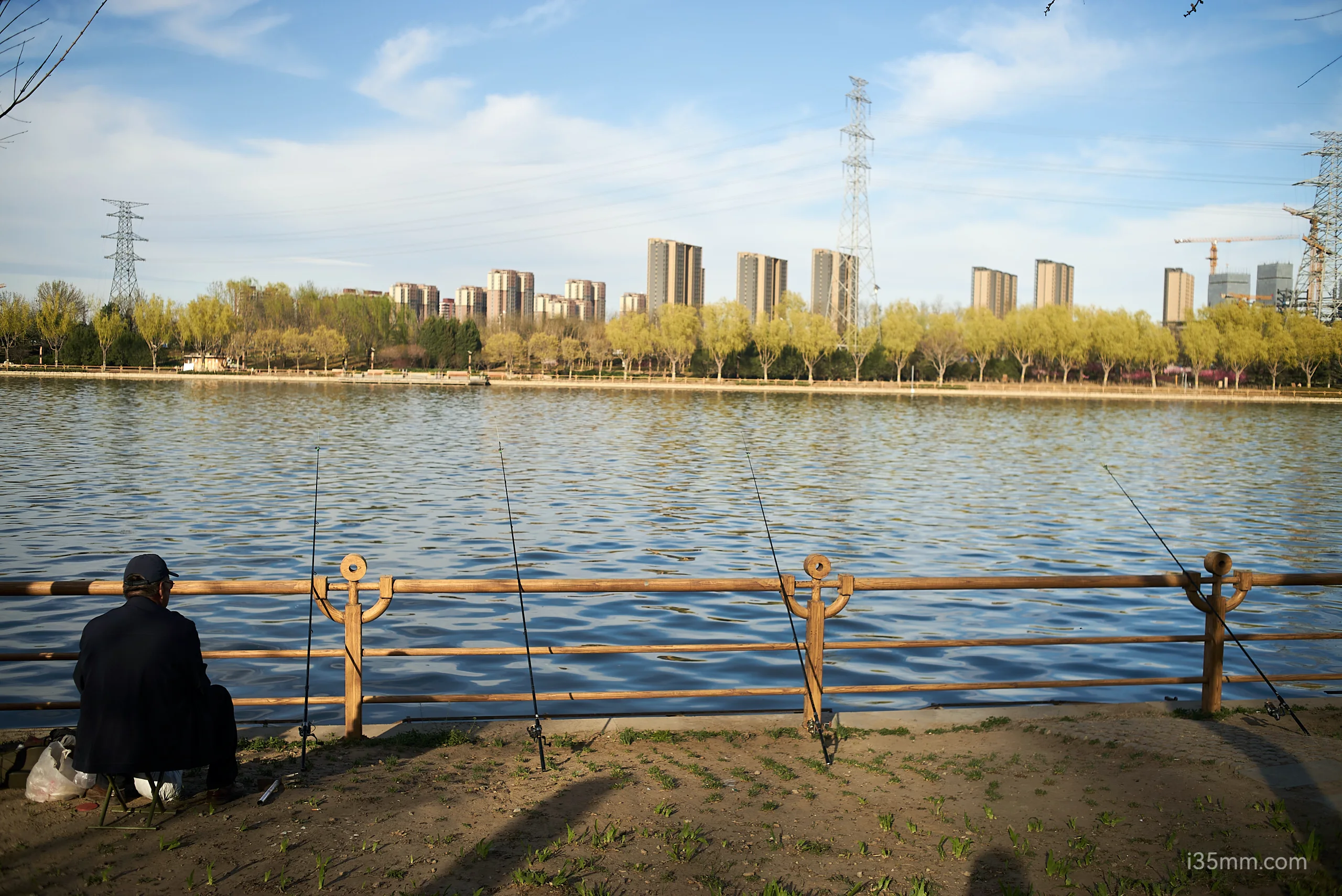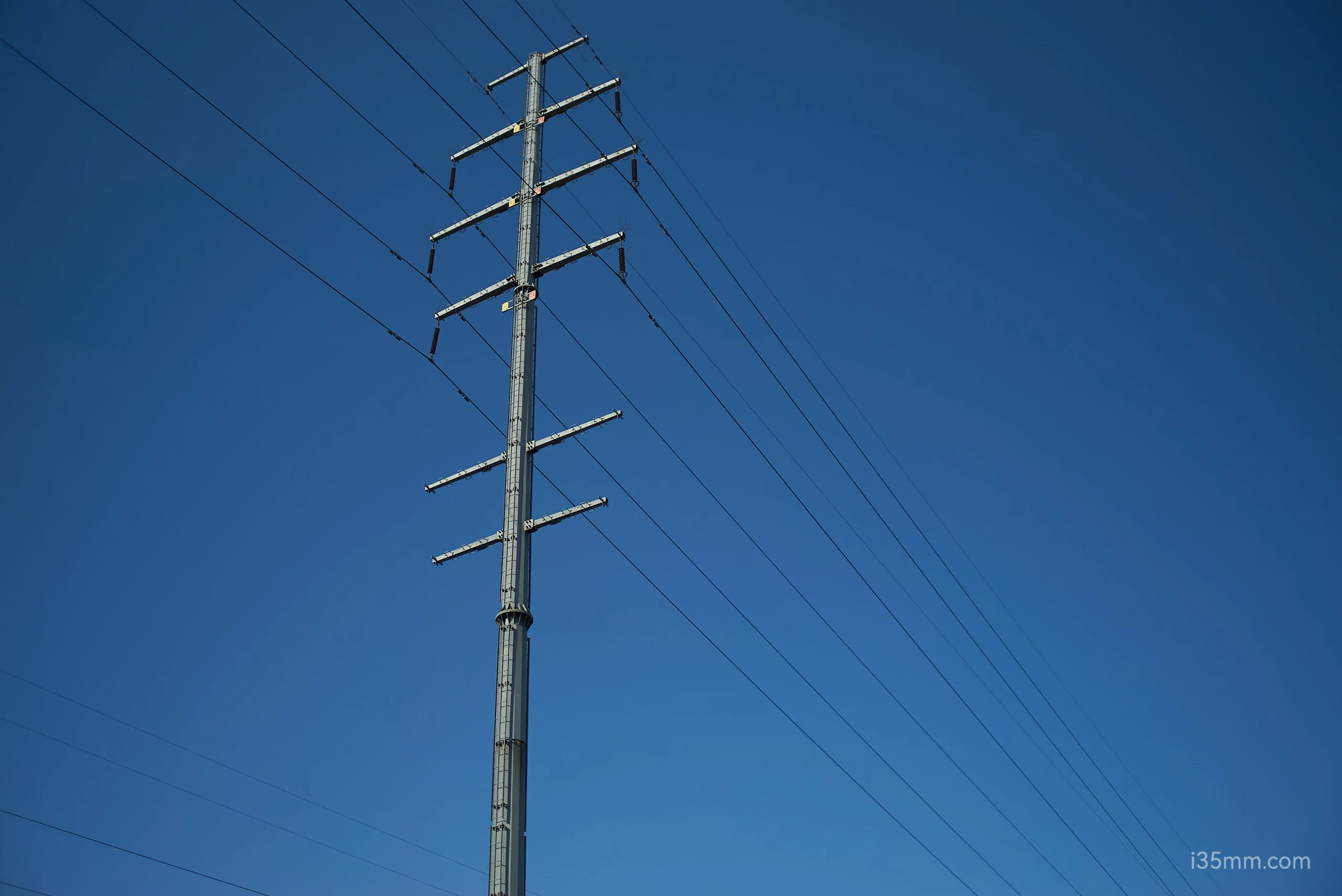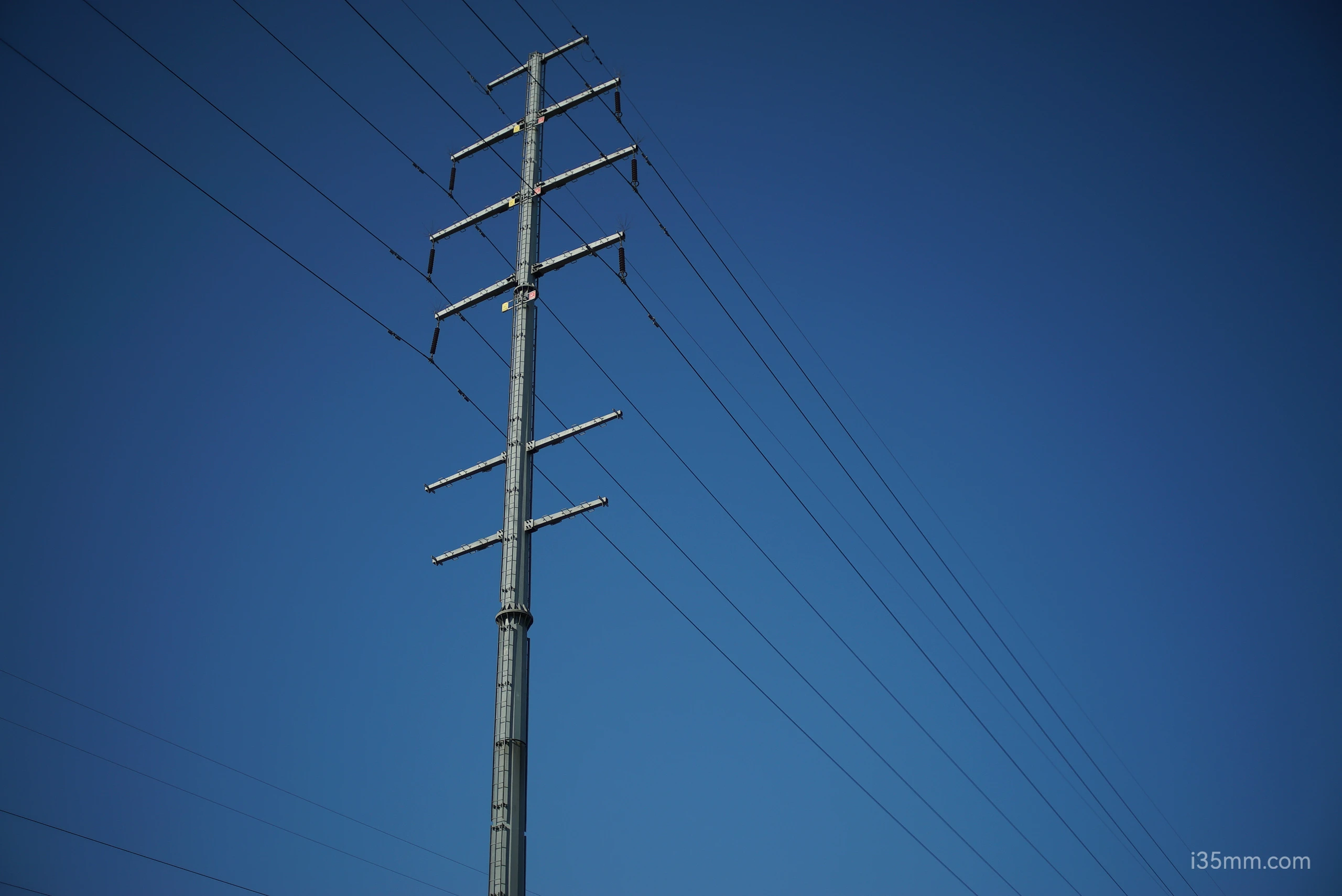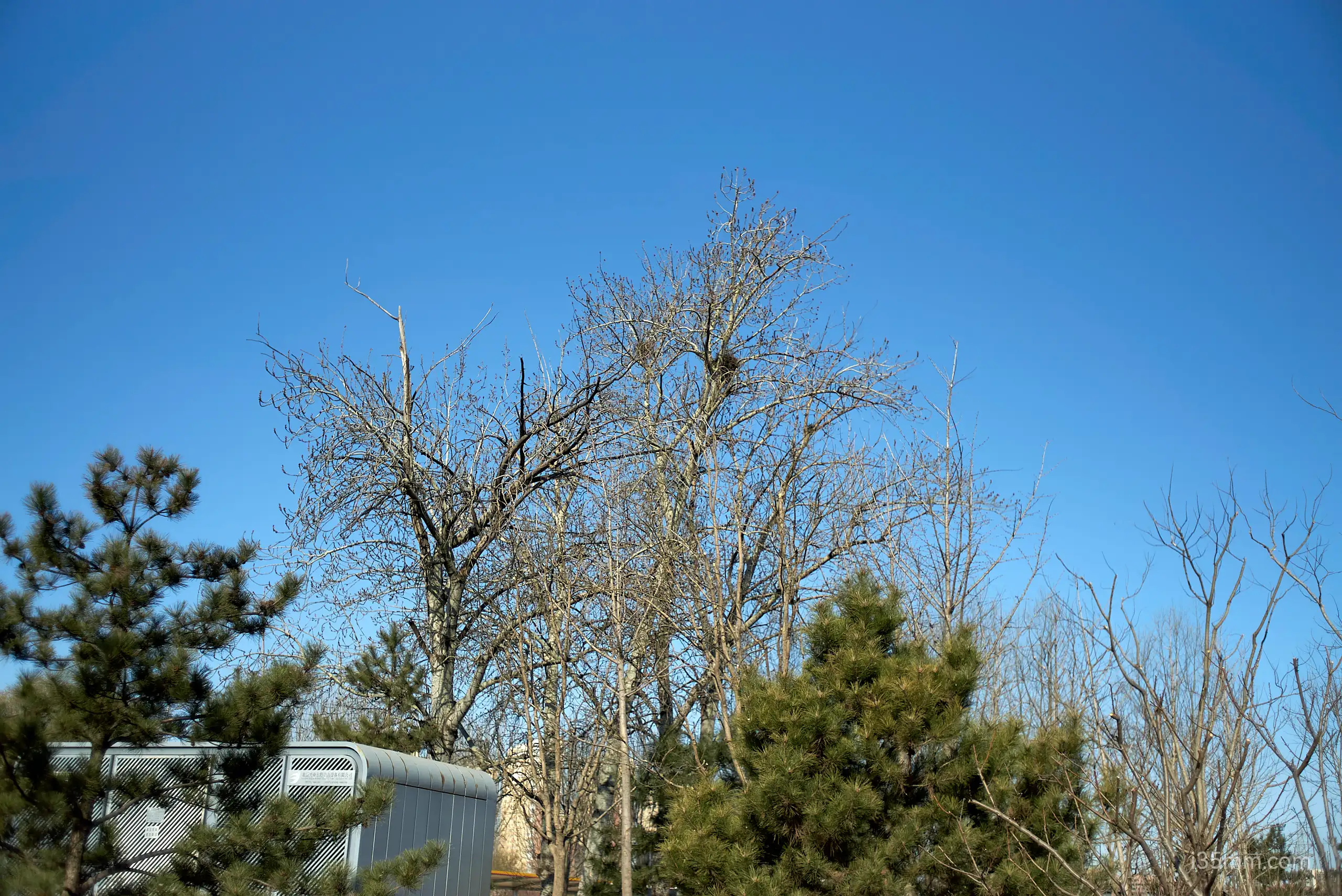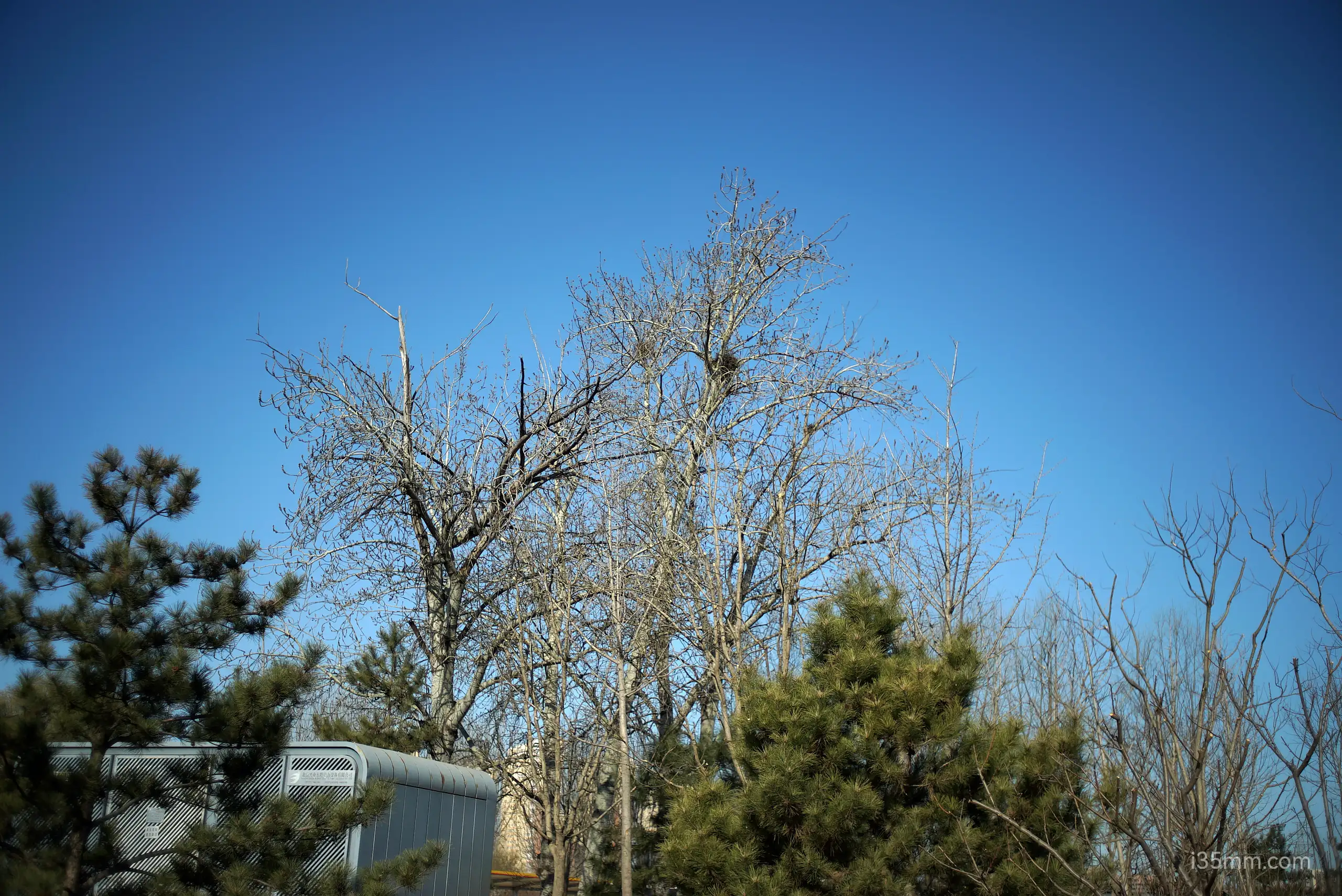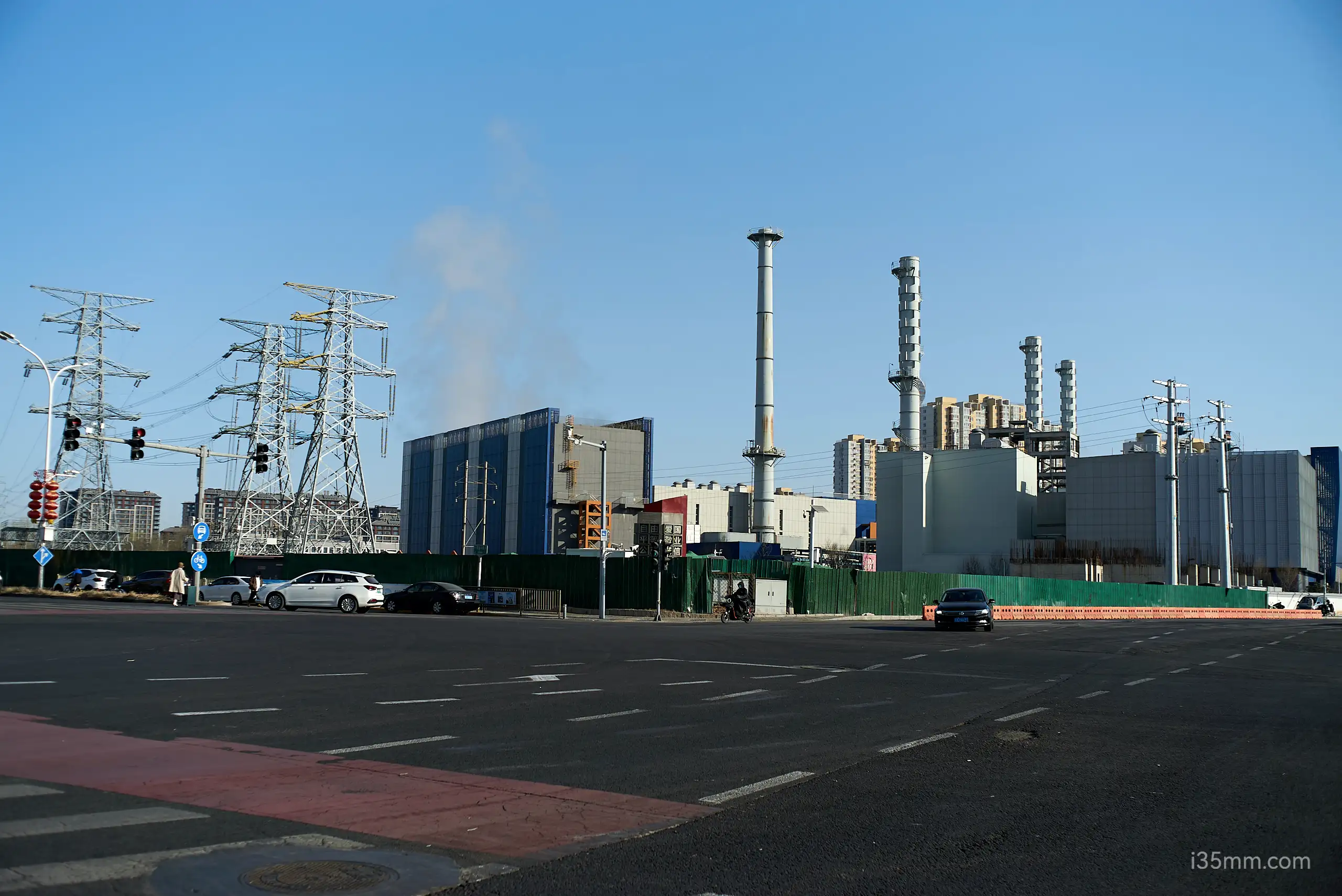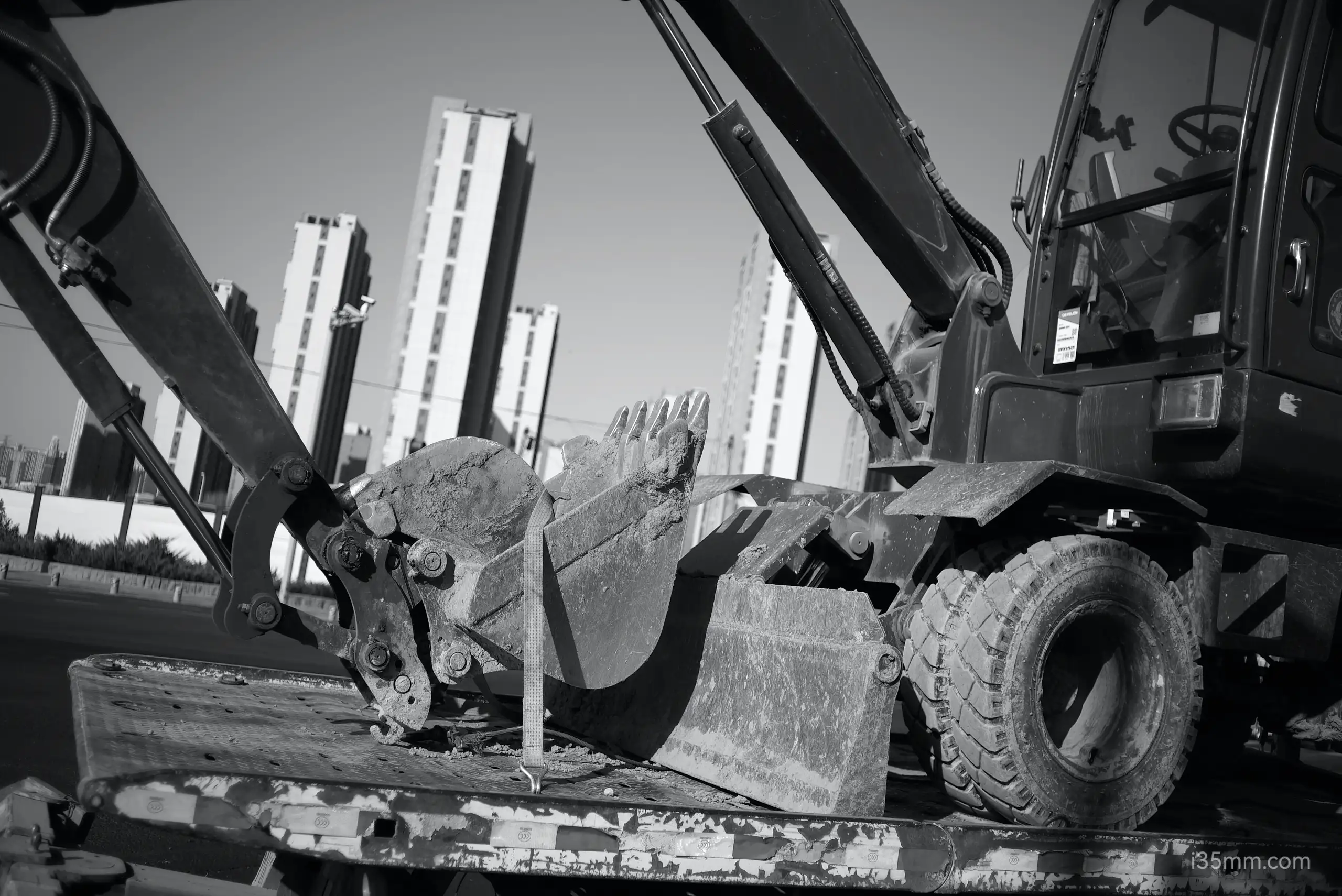



In the world of 35mm photography, I’ve searched high and low for lenses that might replace Leica glass. The truth is, nothing truly does. Leica’s control over highlights and its unique way of rendering backgrounds are irreplaceable. Zeiss can’t do it. Nothing else can.
Secondly, the Nikon AF 50mm f/1.8 (non-D version, made in Japan) is the cream of the crop within the Nifty Fifty lineup.
However, I’ve also realized something else: often, any lens can replace Leica. Because photography isn’t just about a lens’s “character,” nor is it solely about scrutinizing highlights and bokeh. Ultimately, it comes down to content and presentation. This hit me after comparing the Leica Summicron 50mm f/2 and the Nikon 50mm f/1.8 (Japan, non-D). The D version is reportedly good too, but there are whispers that the non-D is better due to slight differences in the glass formulation. I snagged an almost mint, boxed non-D version for about 500 RMB years ago and barely used it. Hearing about its reputation recently is what prompted me to pit it against the Leica.

Sometimes, It’s Even More Pleasing Than Leica
At the same f/2 aperture, and sometimes even without zooming in to 100%, the Nikon gives me an impression of being sharper and cleaner than the Leica. It’s crisp, even wide open at f/1.8 (within 5 meters). But if you keep pixel-peeping, you see the Leica still resolves more fine detail. So, if you’re not scrutinizing huge prints, this 500 RMB Nikon lens can actually look more pleasingly sharp than the Leica.
A weakness of older Leica lenses is that they can get soft when shooting distant subjects wide open, and strong highlights can produce a “glowing halo” effect (“圣光” sheng guang). Even the highly-regarded Summicron isn’t the best choice for distant landscapes wide open. The Nikon Nifty Fifty? Well… it actually holds up better than the Leica at distance…

When Are They Most Similar?
I find that in simple, even lighting – flat, uncomplicated light without high contrast – it’s incredibly hard to tell them apart, both in focus and out of focus. They look like dead ringers. Only in subtle color tonality might seasoned veterans spot the Leica’s characteristically stable and nuanced rendering.
Sometimes the Nikon “Blows It”
Yep, sometimes, for no apparent reason (not metering error), it just blows highlights terribly. This happens roughly once every 300 shots or so – not super frequent. If you’re not comparing directly to Leica, you might just trash that shot and move on. But in a direct comparison, the Leica’s consistency shines through.
Low Light Shows the Real Difference

The legend about Leica excelling in low light? It’s absolutely true. Frankly, many people avoid shooting in dim light because the results are often muddy, dark, and unpleasant. But Leica pulls out distinct layers from the shadows. The transitions between highlights and deep shadows are smoother, richer. Photos taken in these conditions aren’t just viewable; they can be captivating.
It’s Not About the Camera Body
Sure, camera bodies make some difference, but in the digital age, the lens’s impact is far greater. The difference between CCD and CMOS sensors is nothing compared to swapping lenses. While the Nikon Nifty Fifty can sometimes stand in for Leica, it can never fully replace it.
Think of it like the NBA during Yao Ming’s era: If the Leica Summicron 50 was Tracy McGrady, then the Nikon Nifty Fifty would be Bonzi Wells – the super-sub off the bench who could light it up.



Can you guess which lens took the left and right shots?
